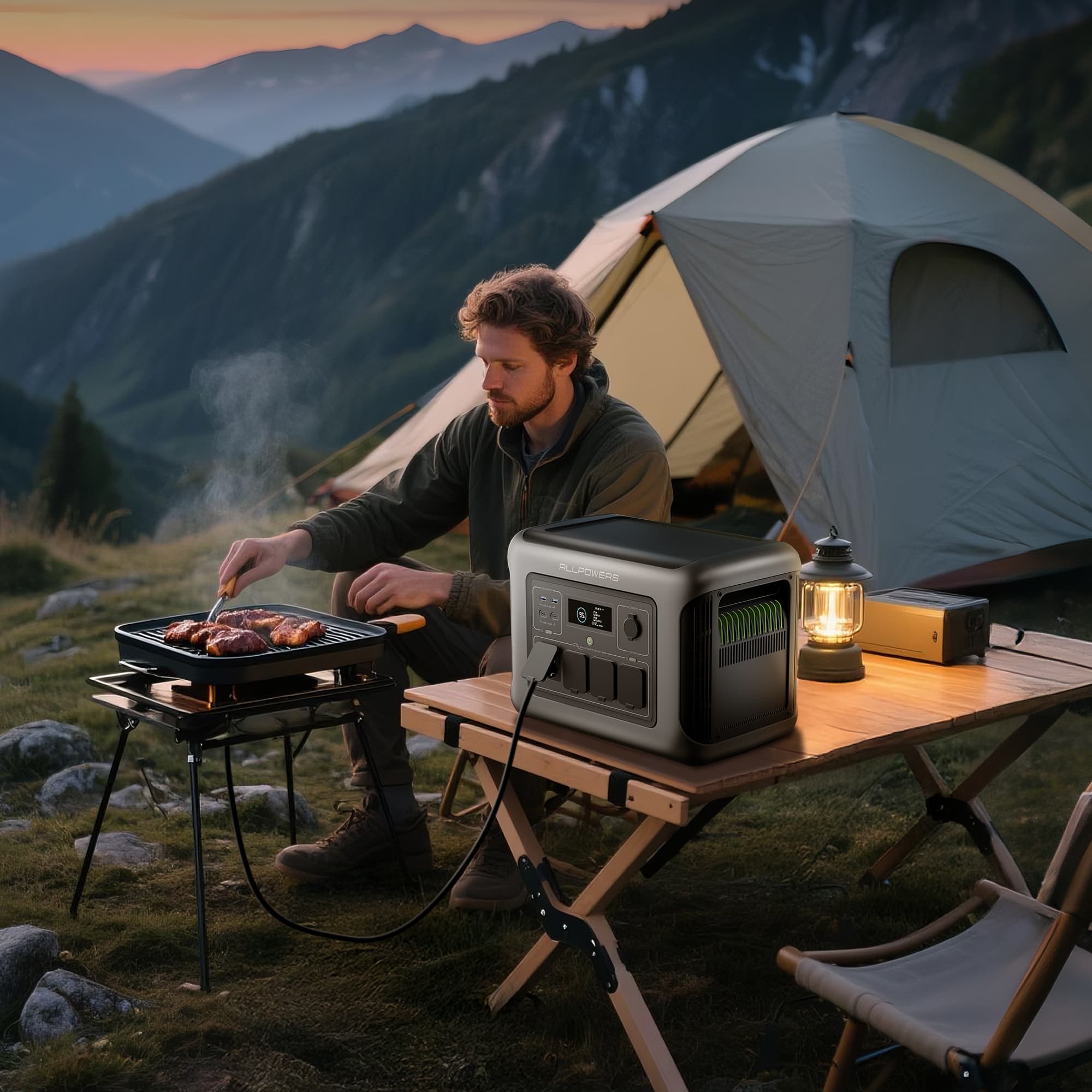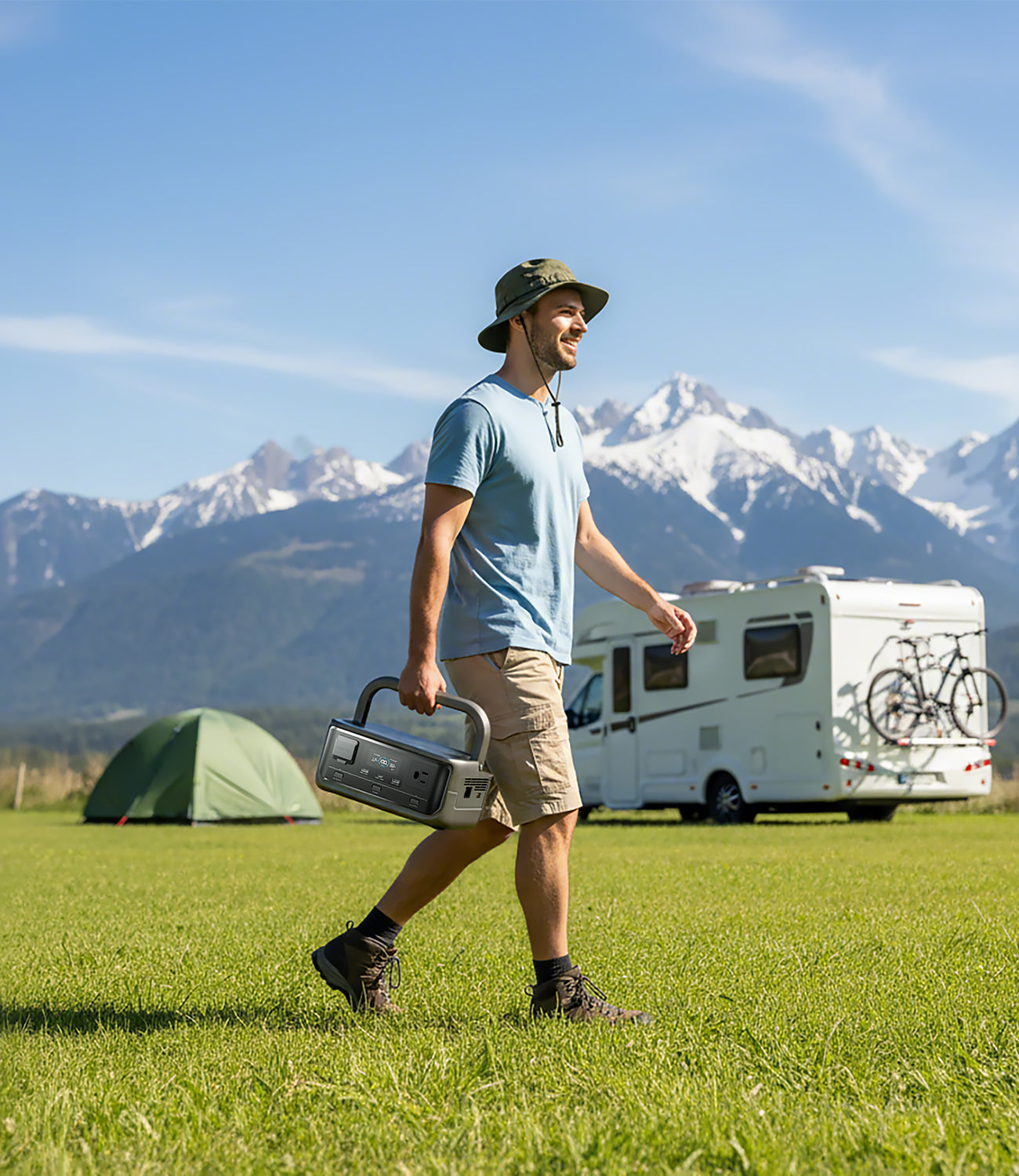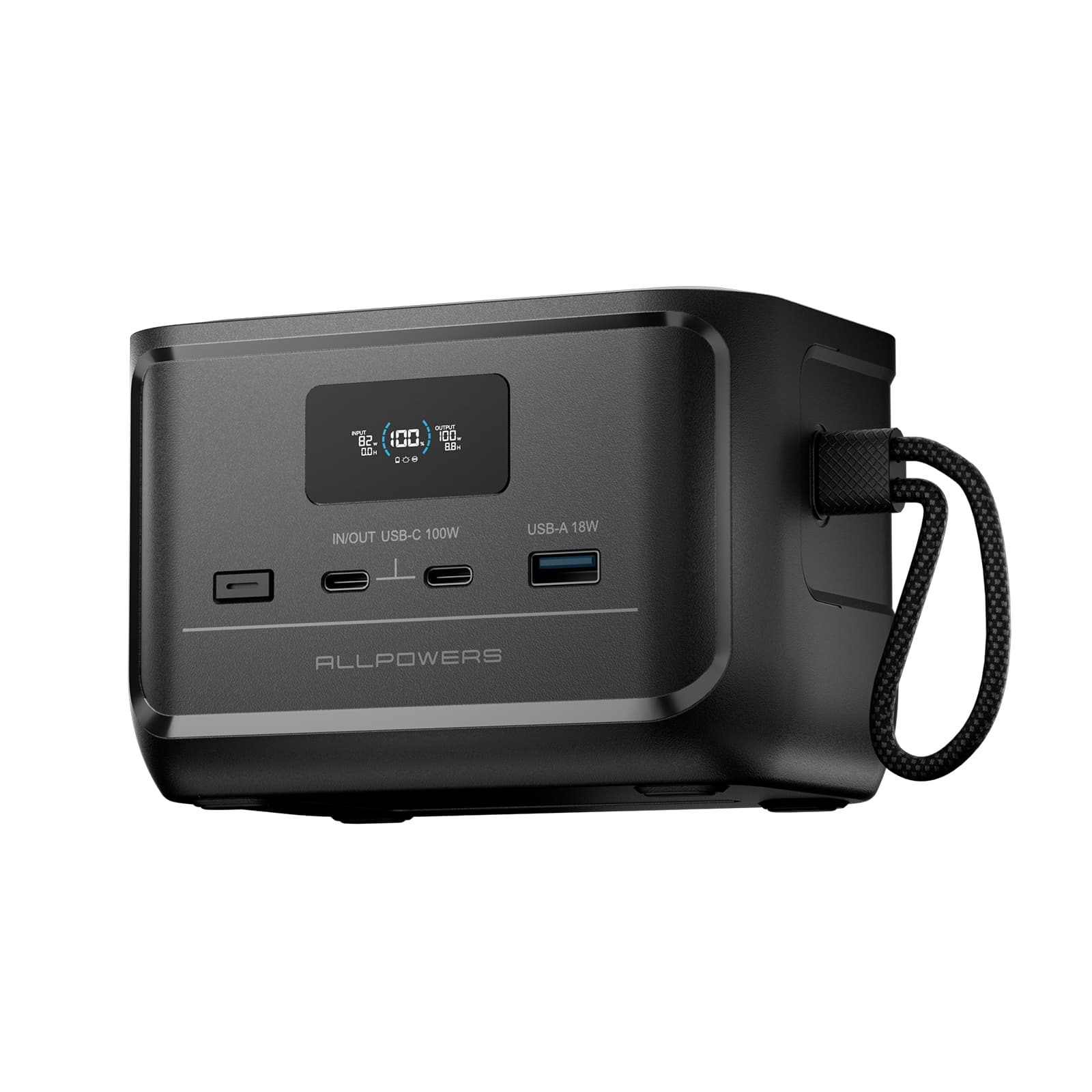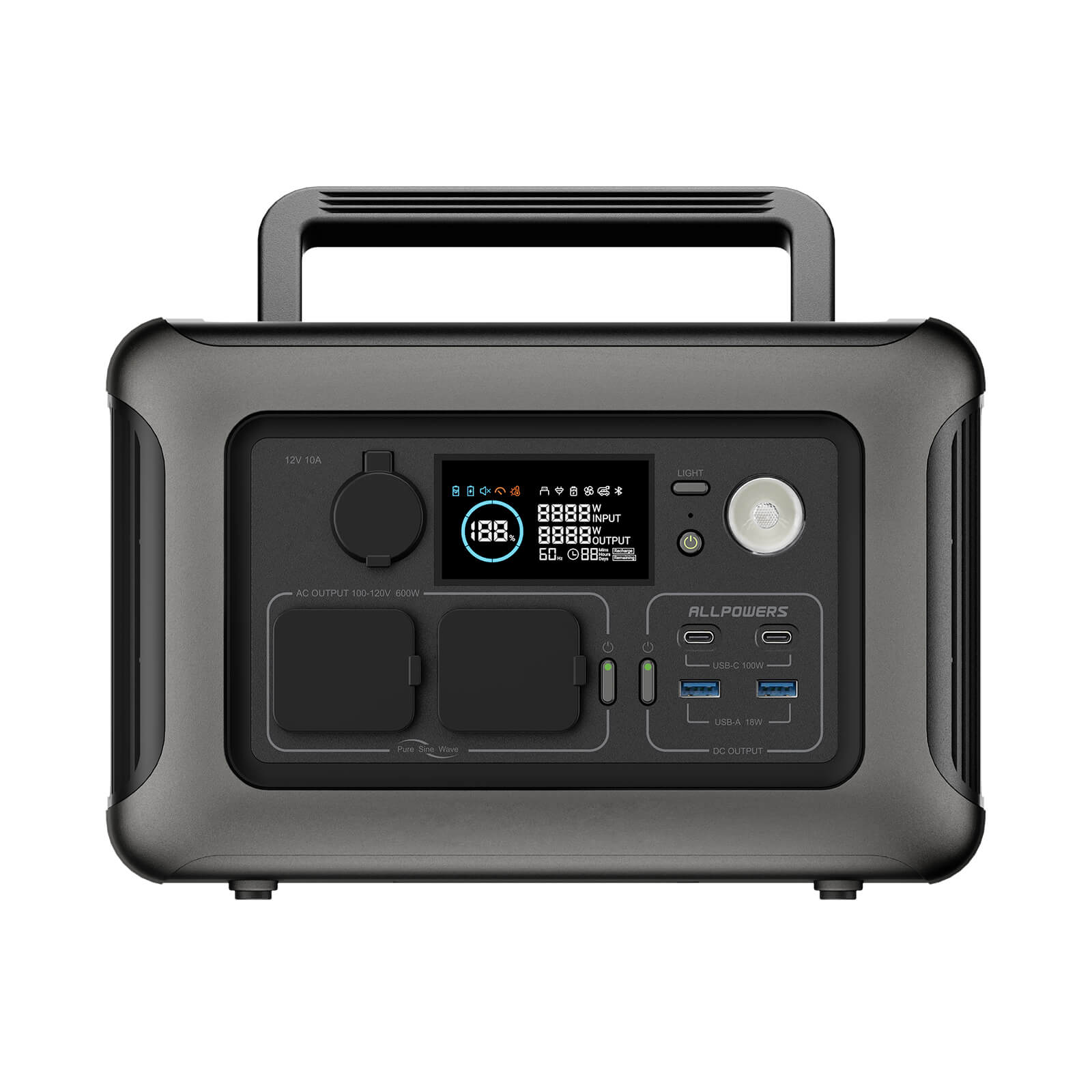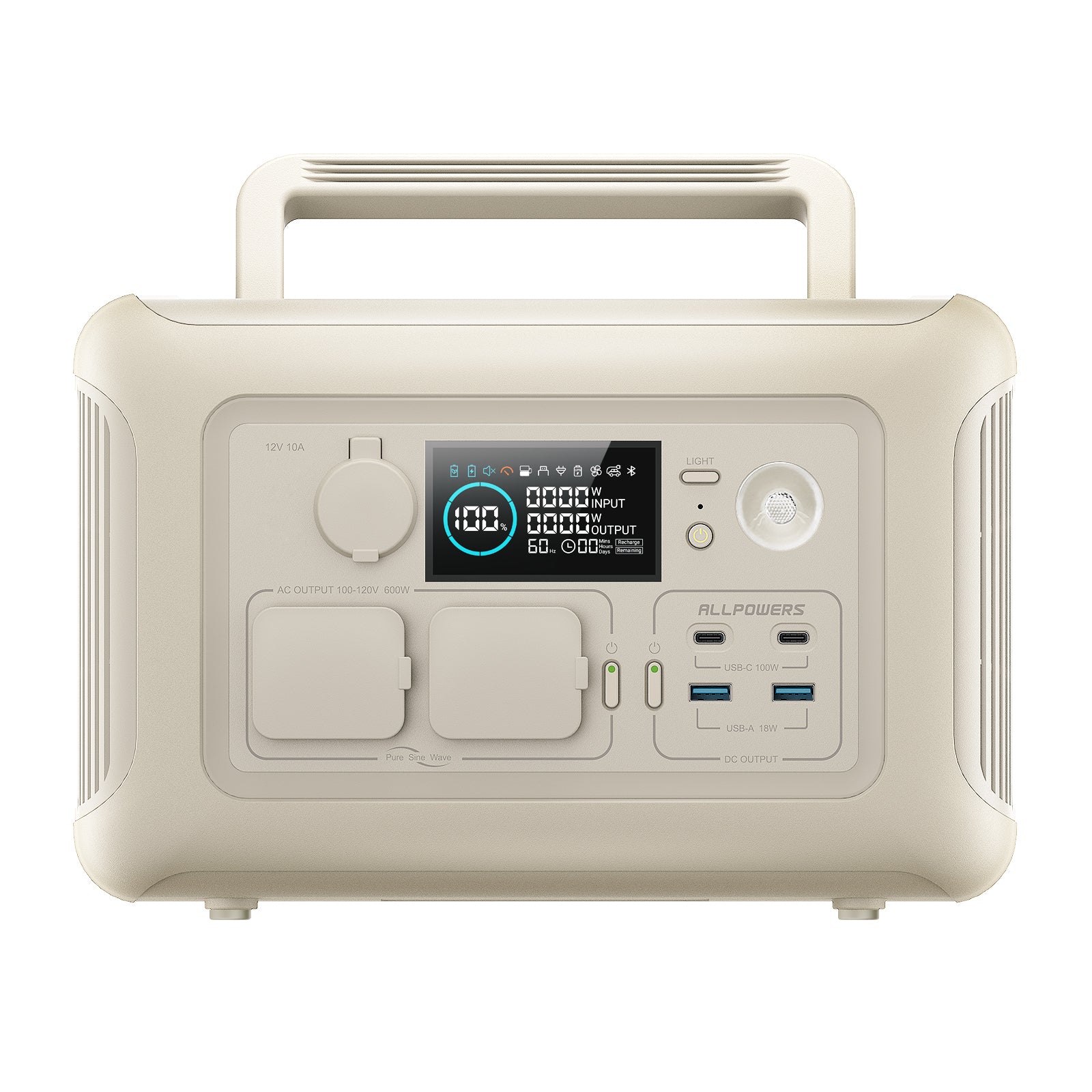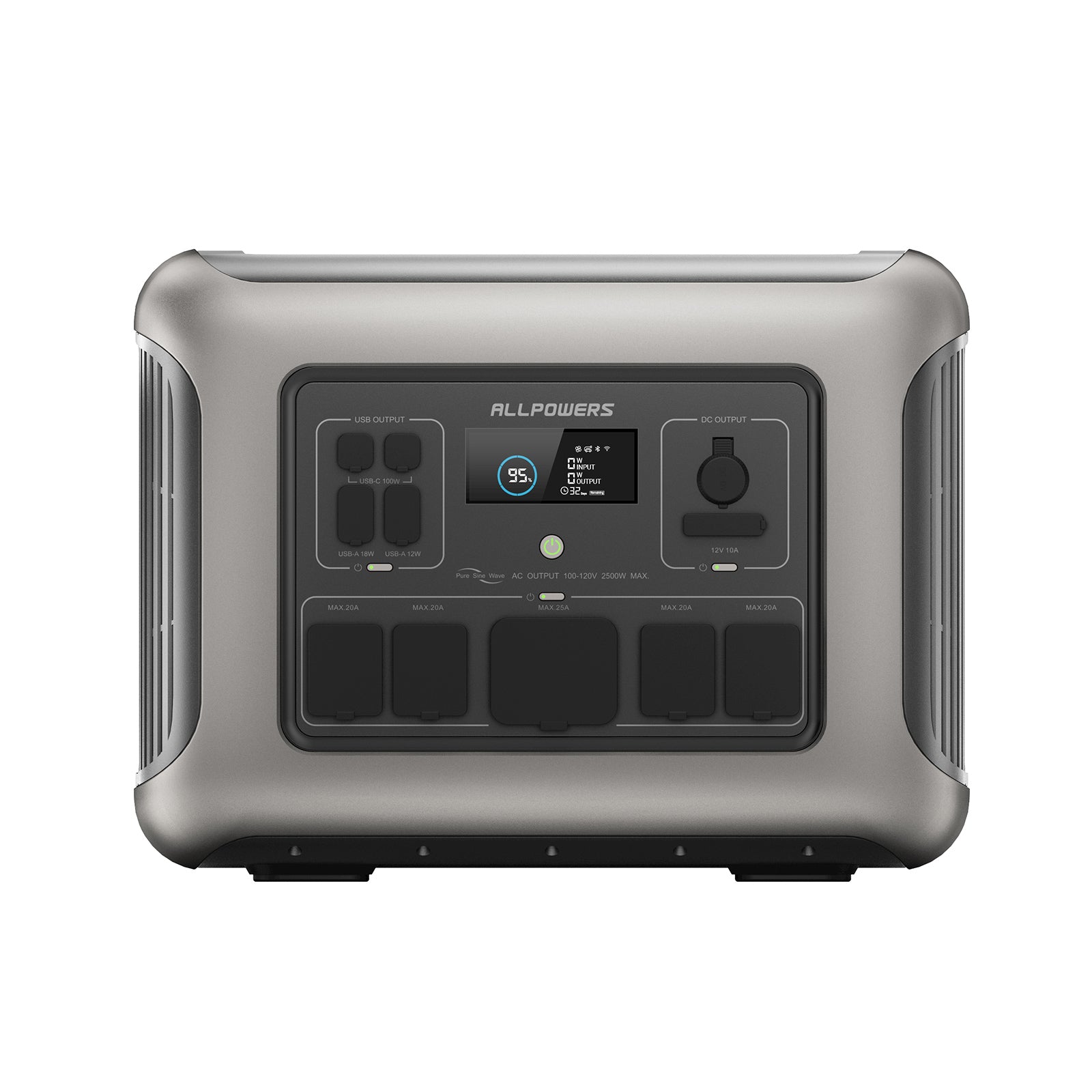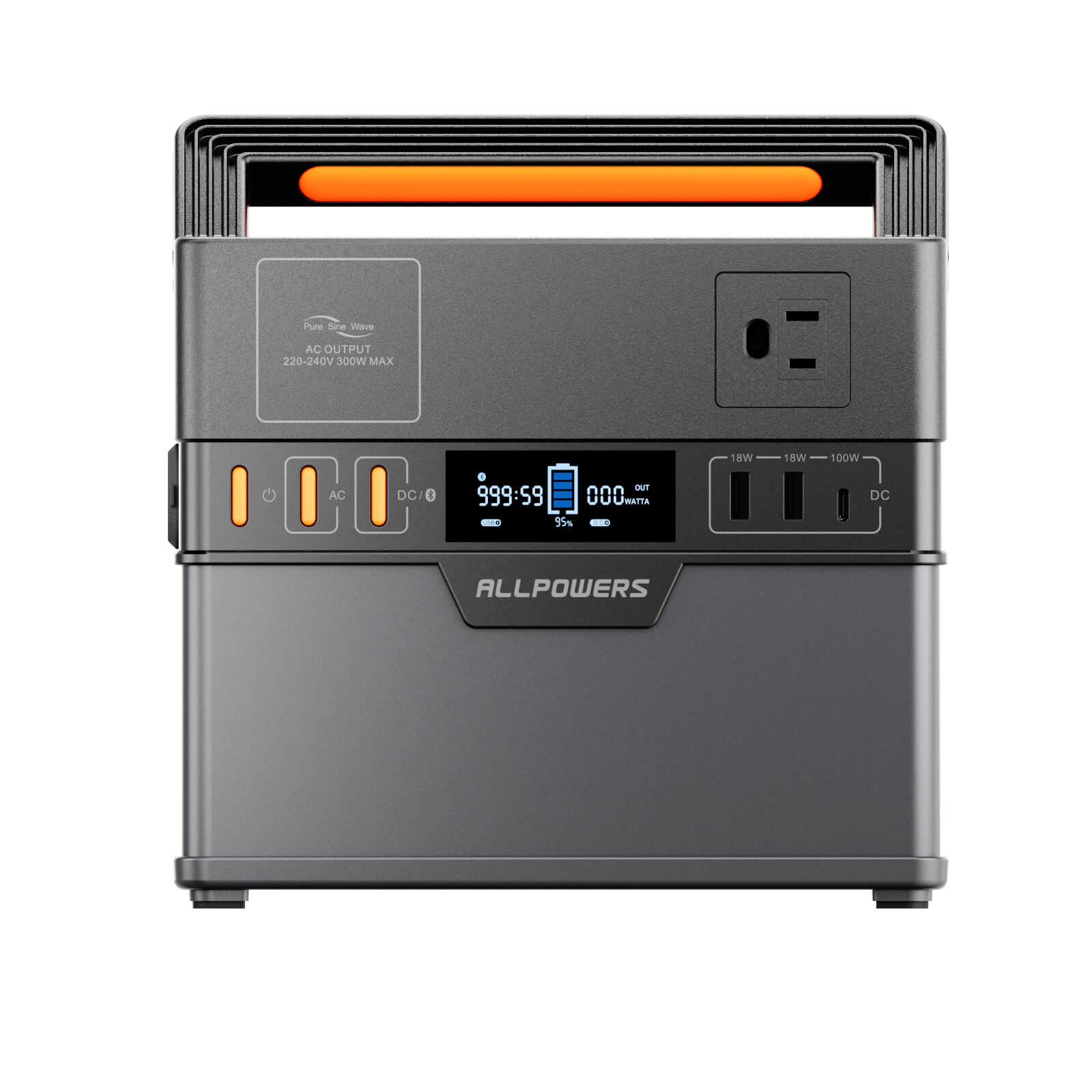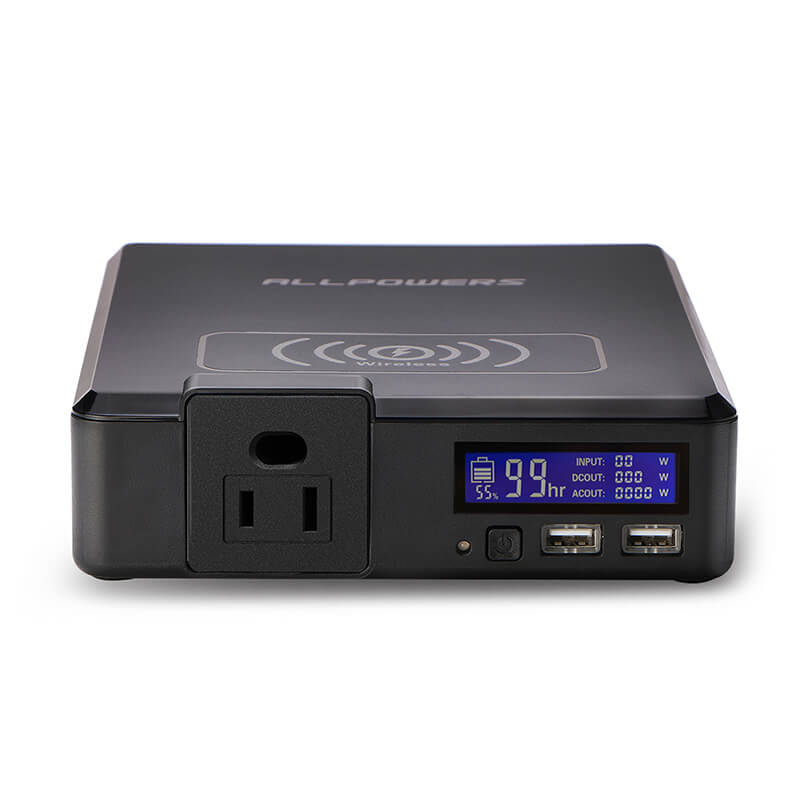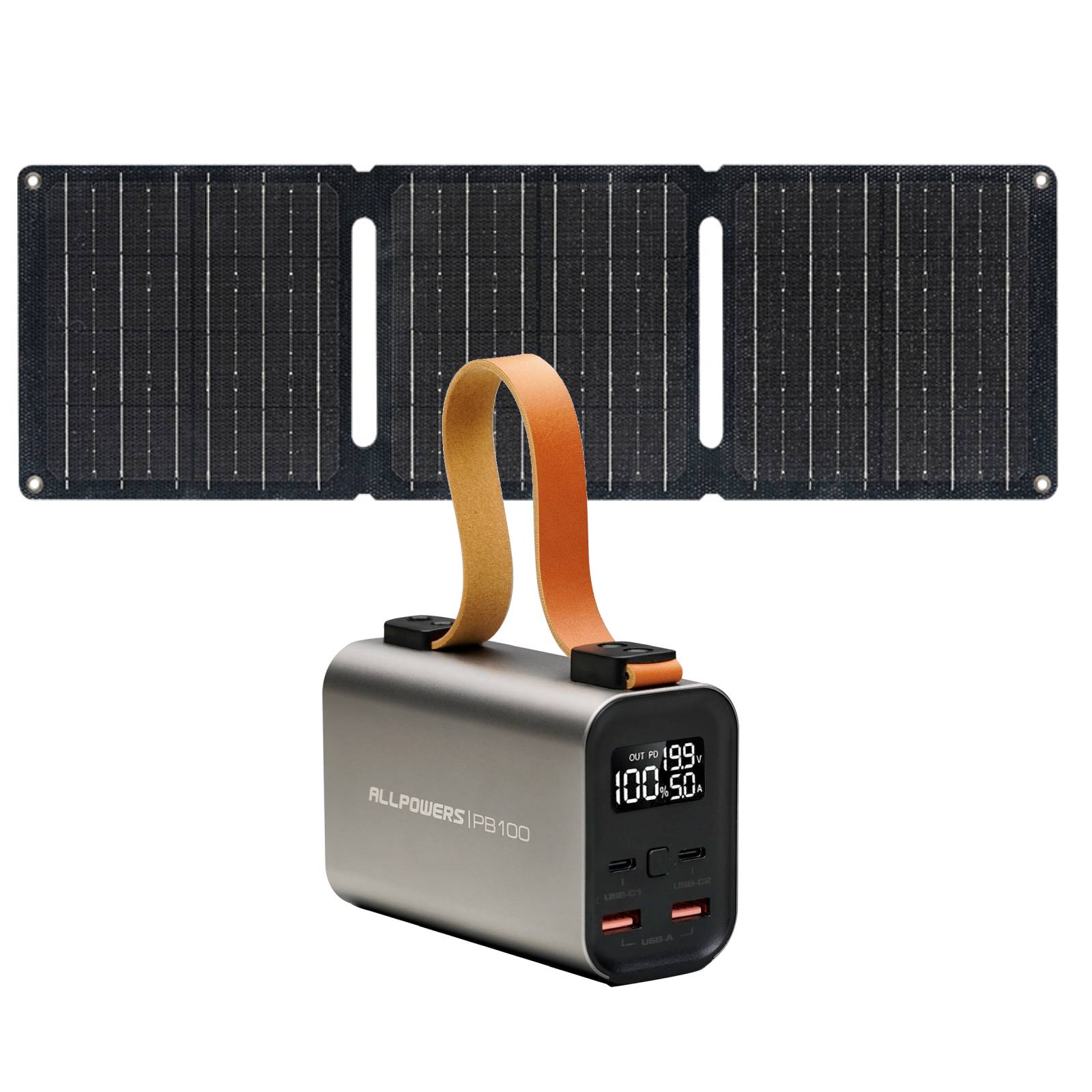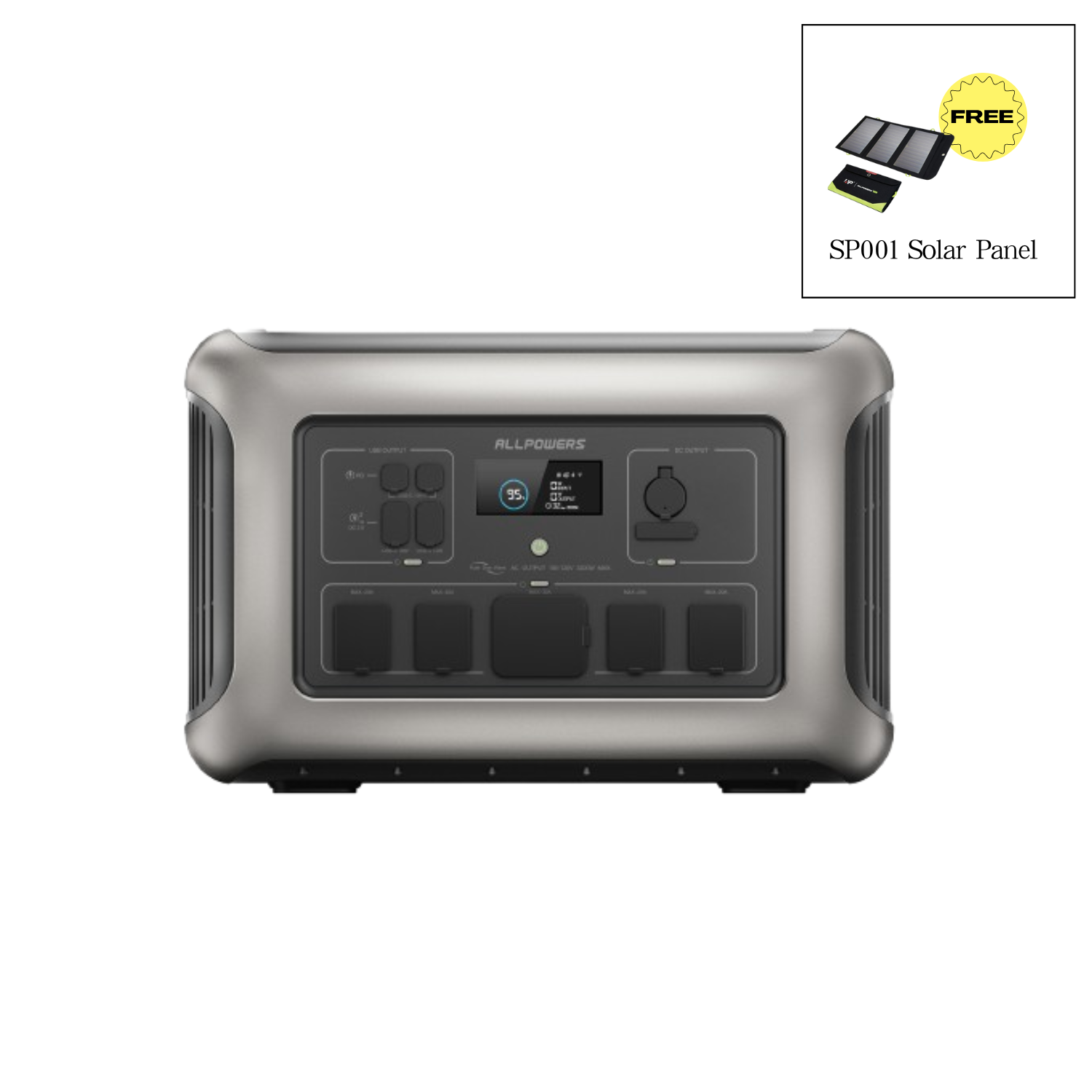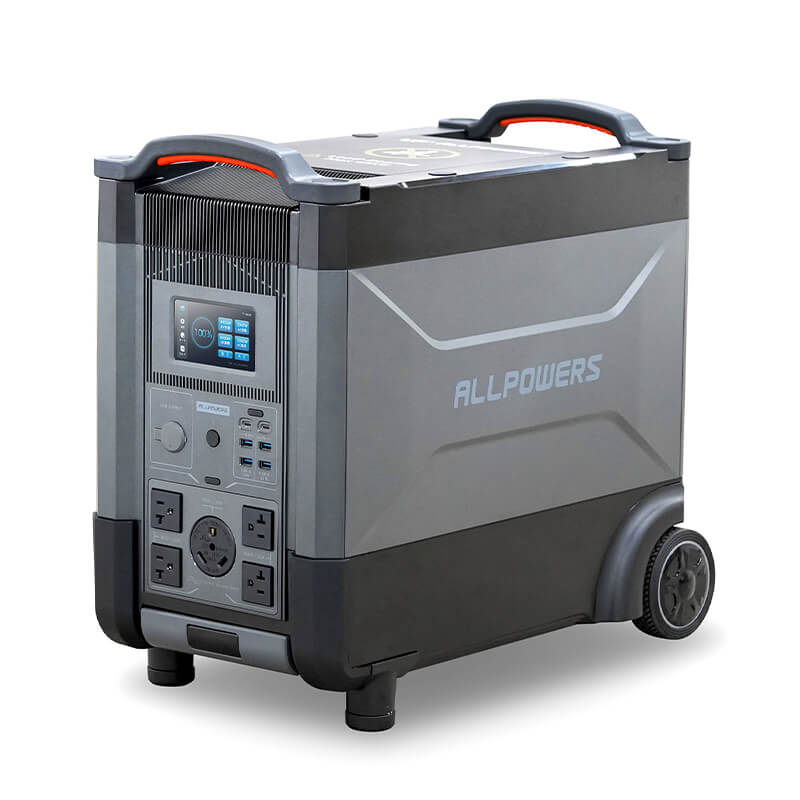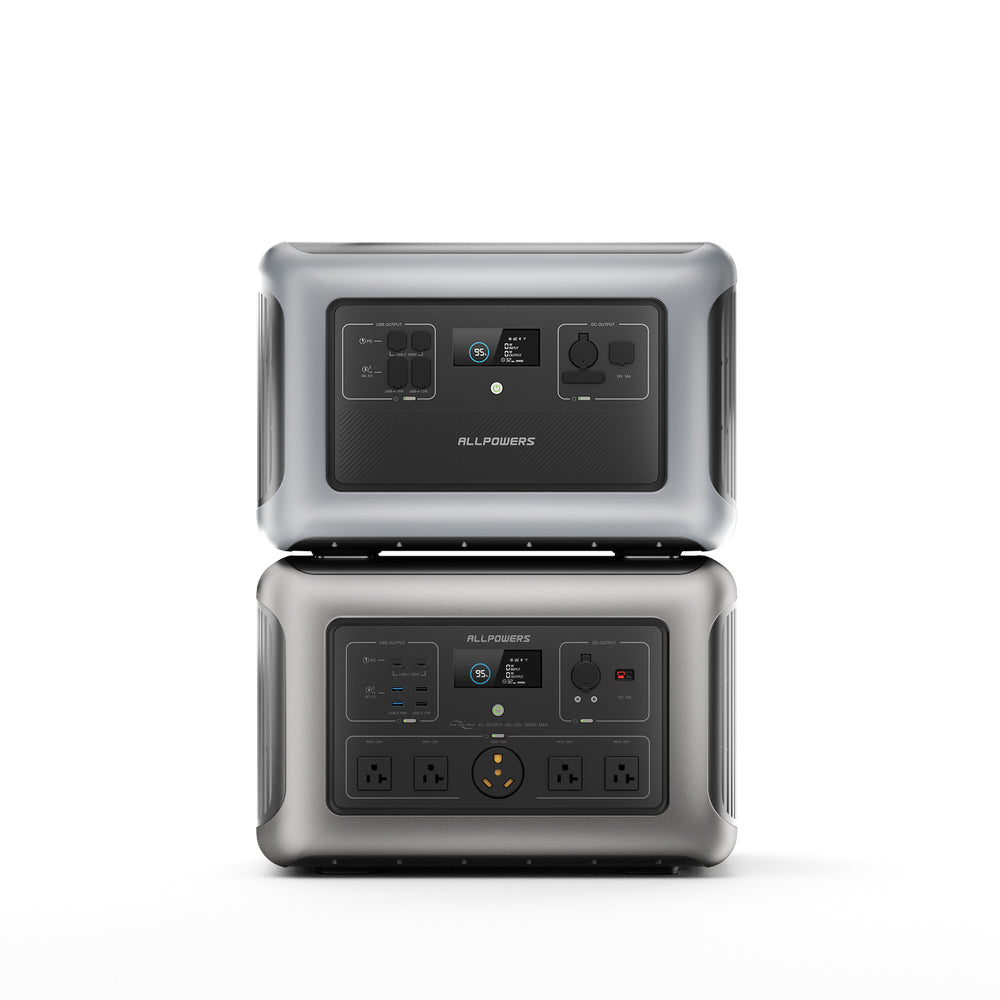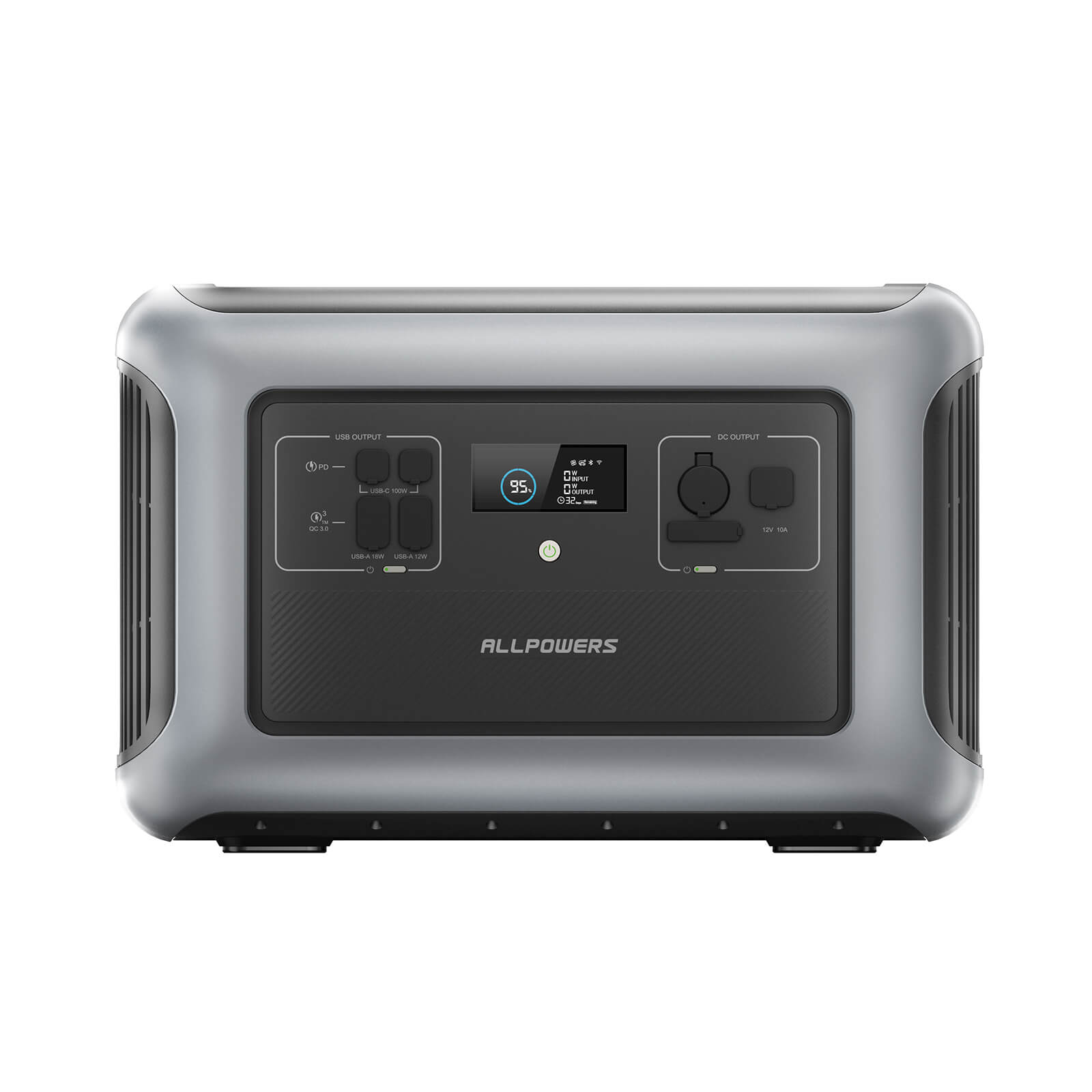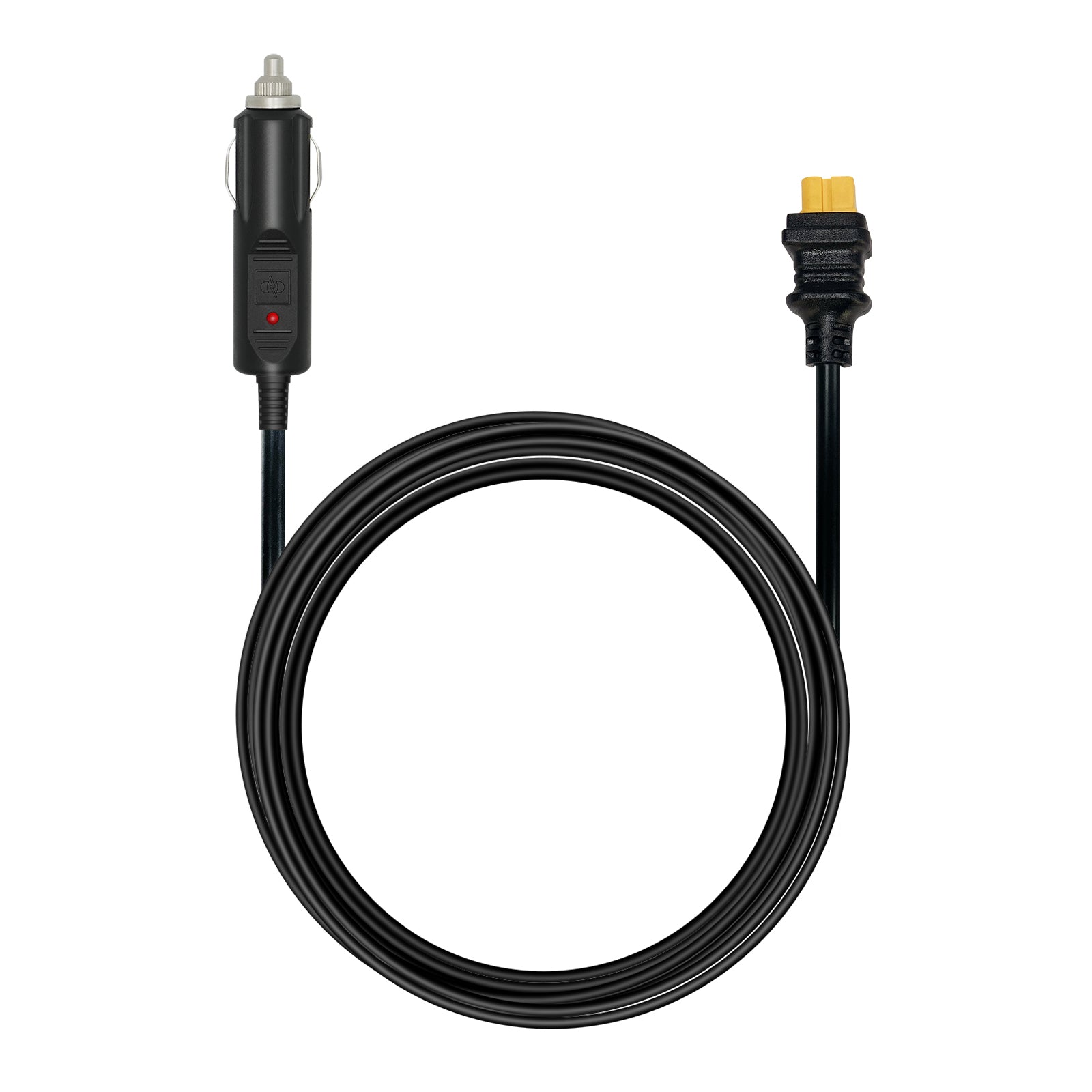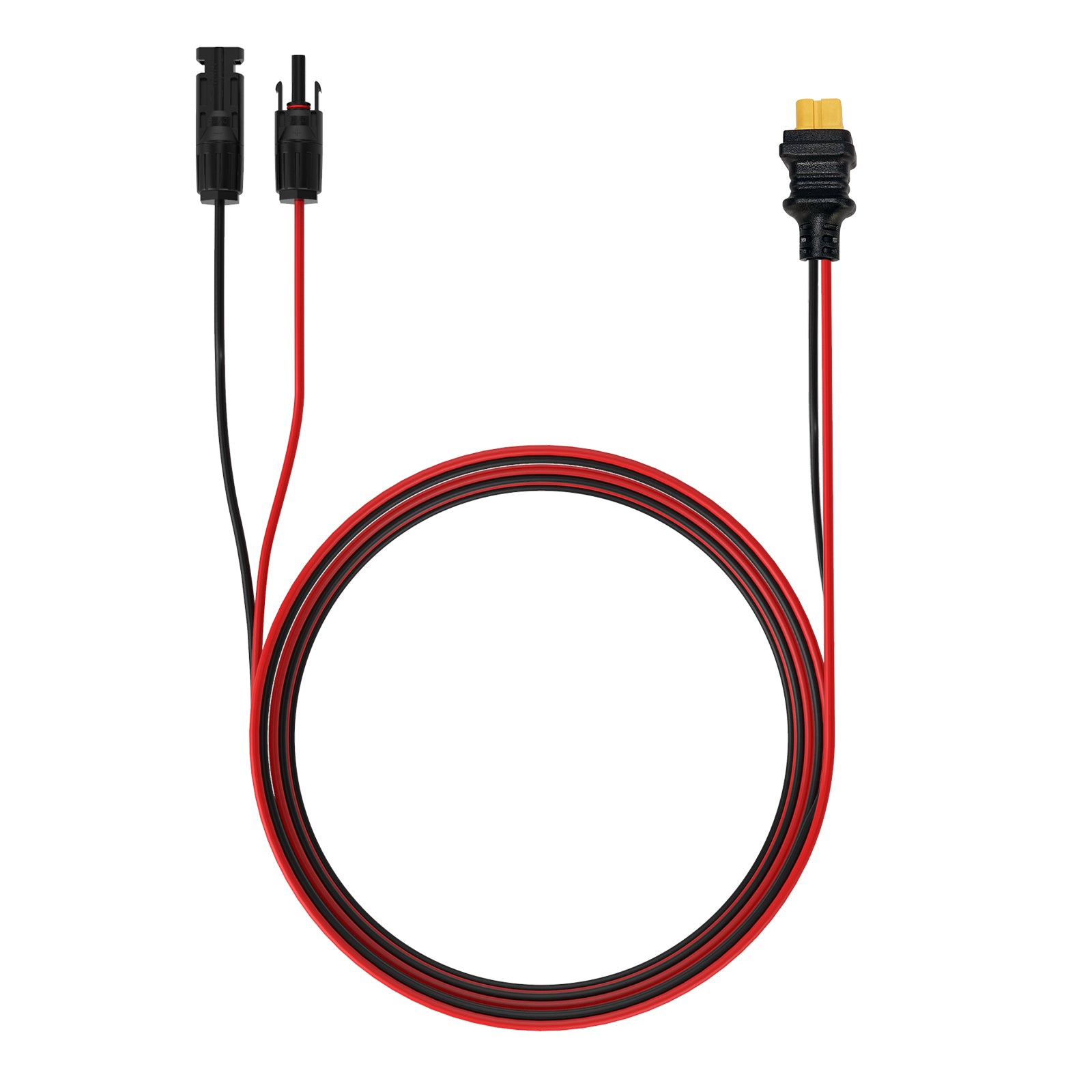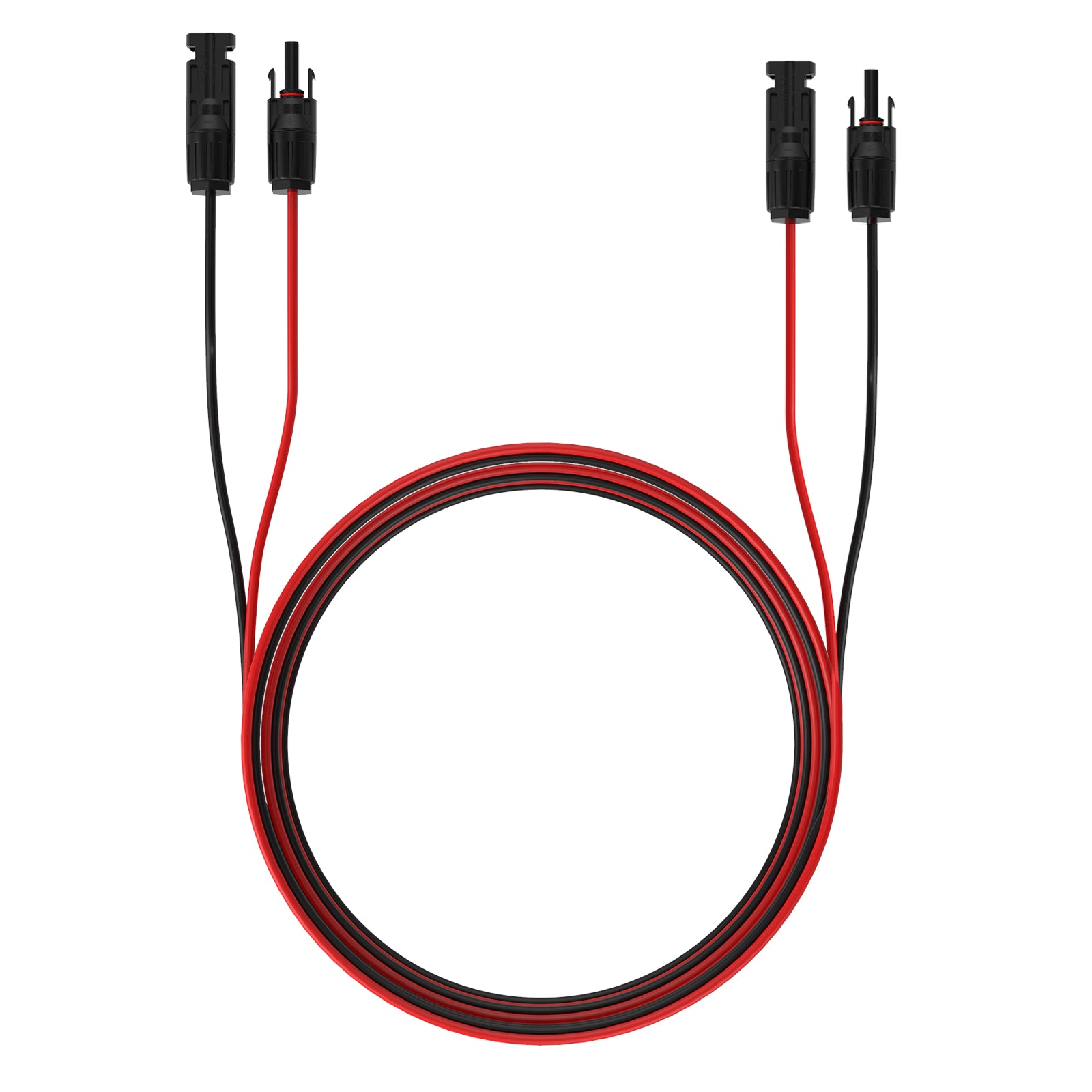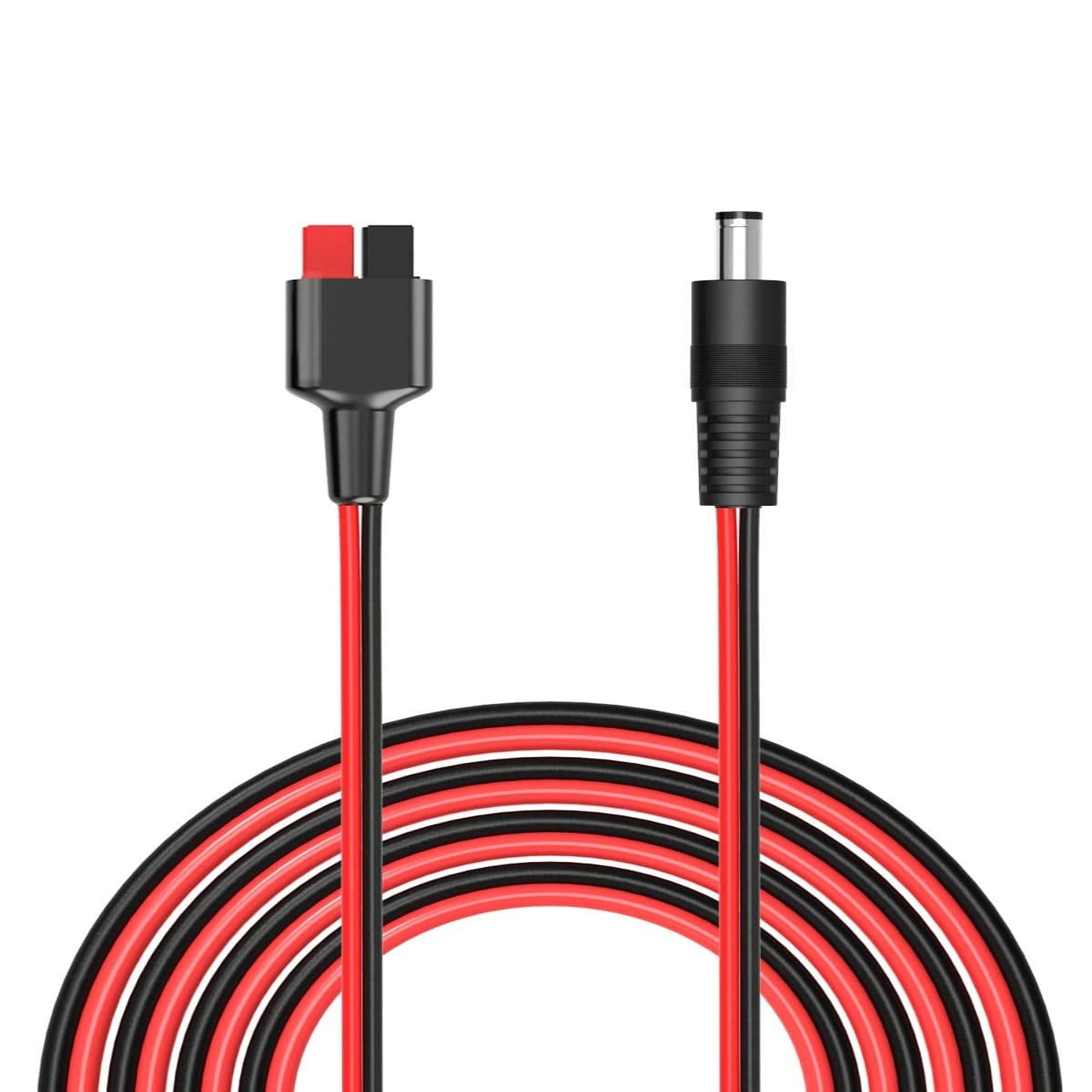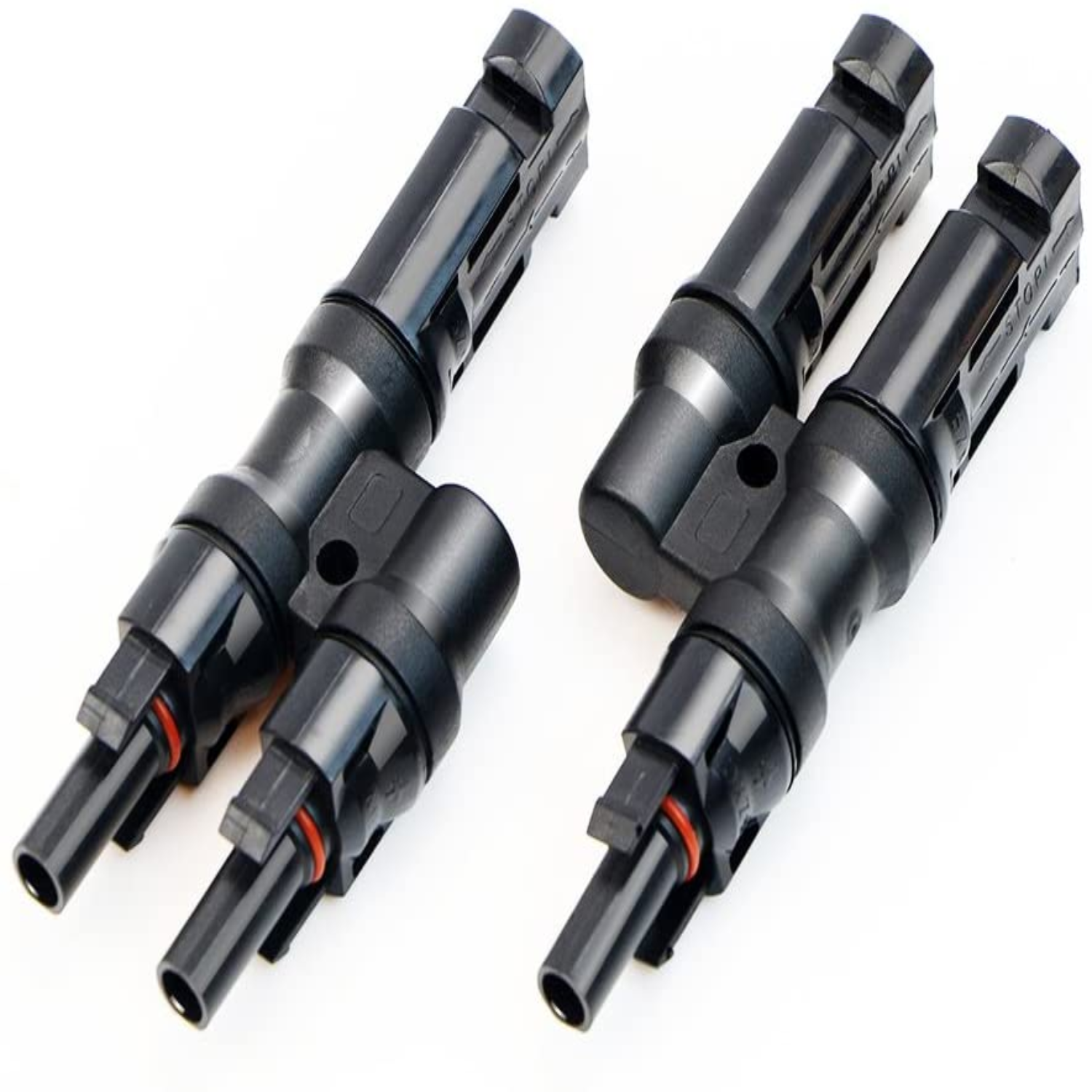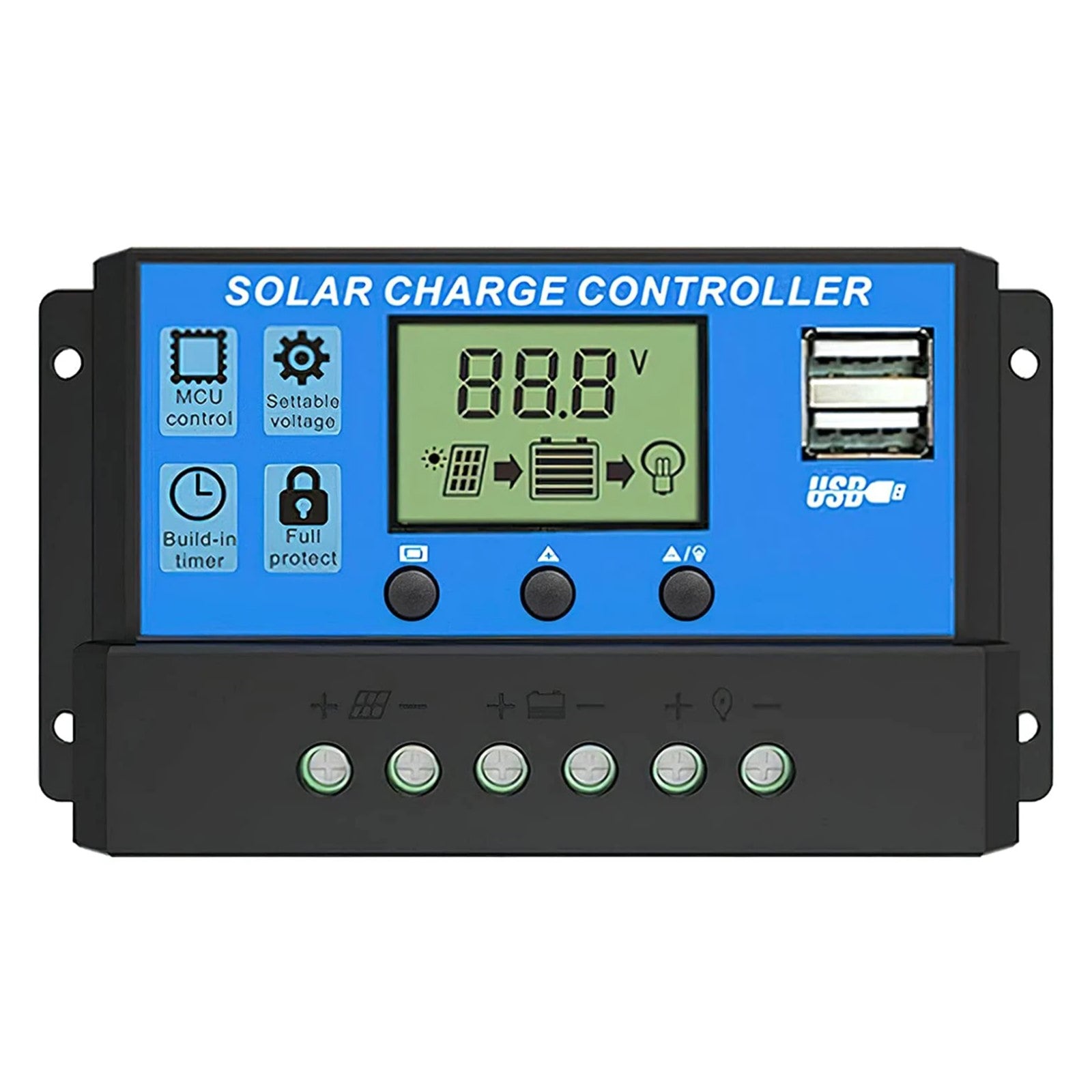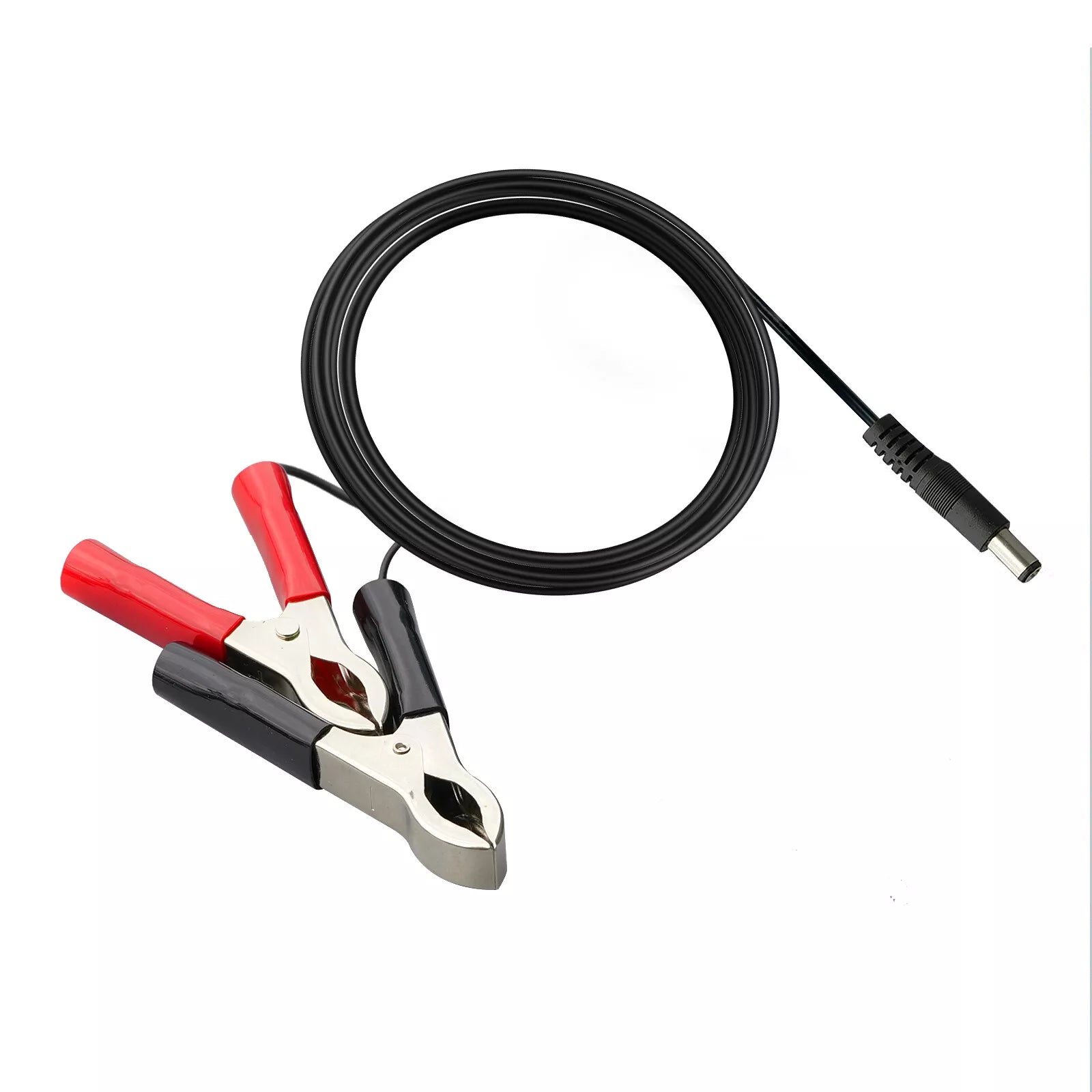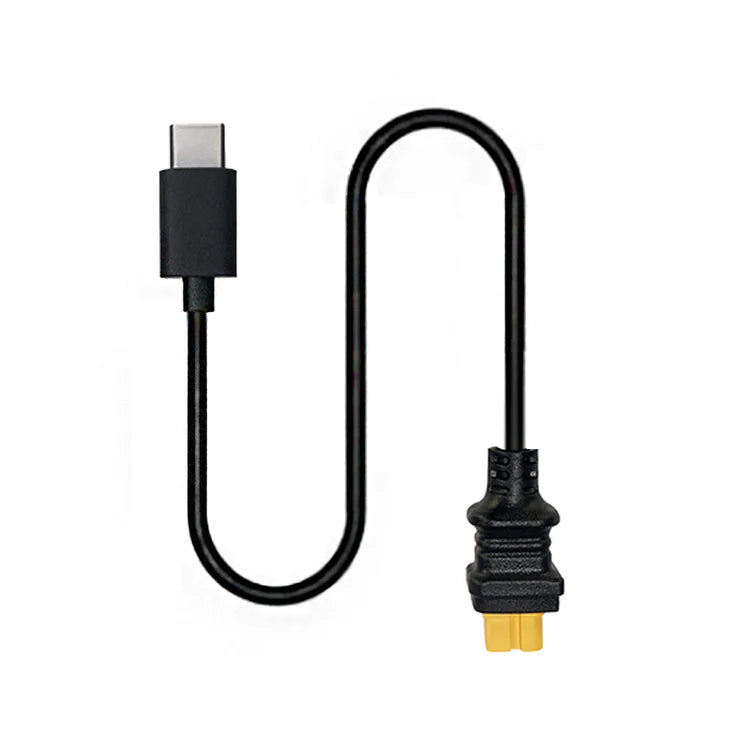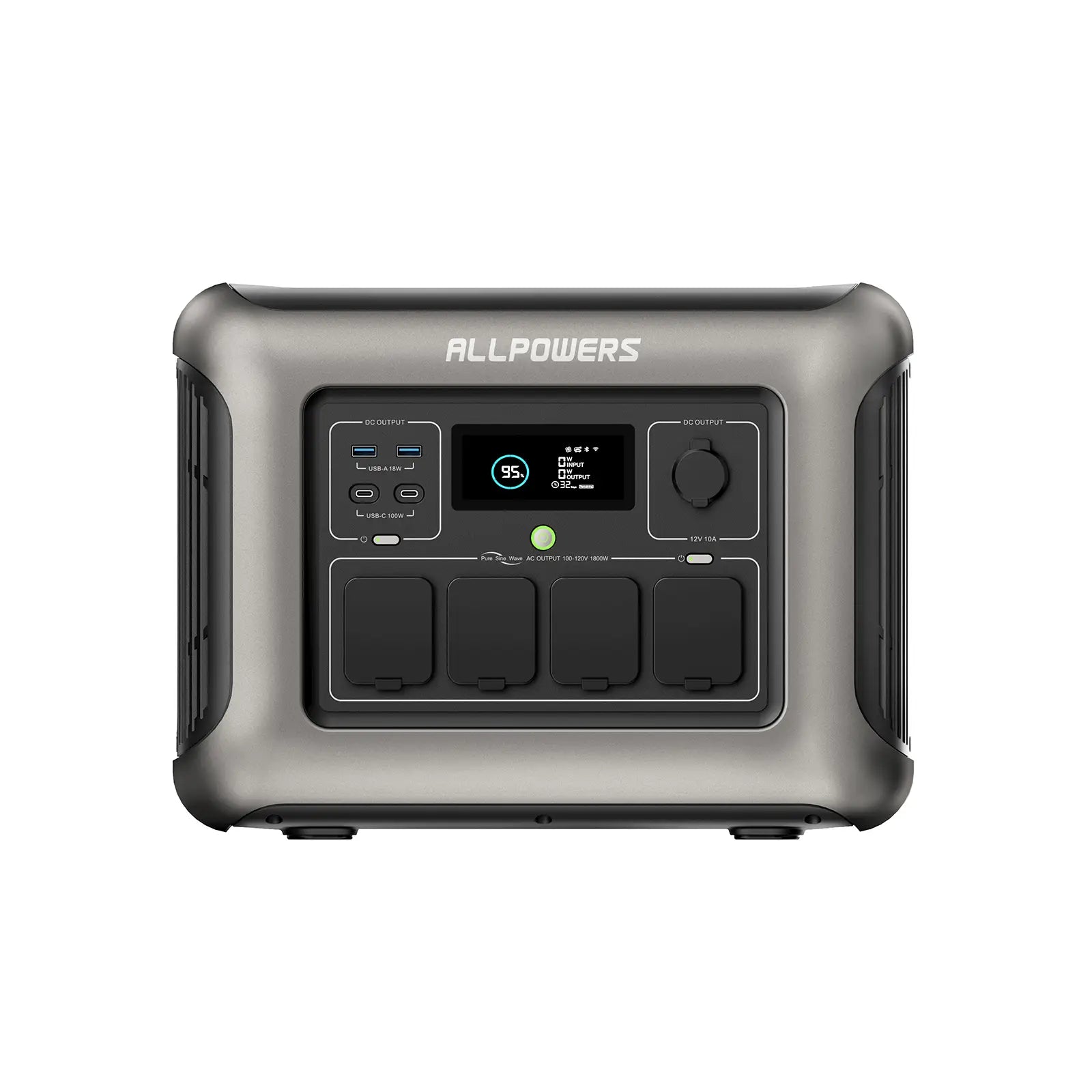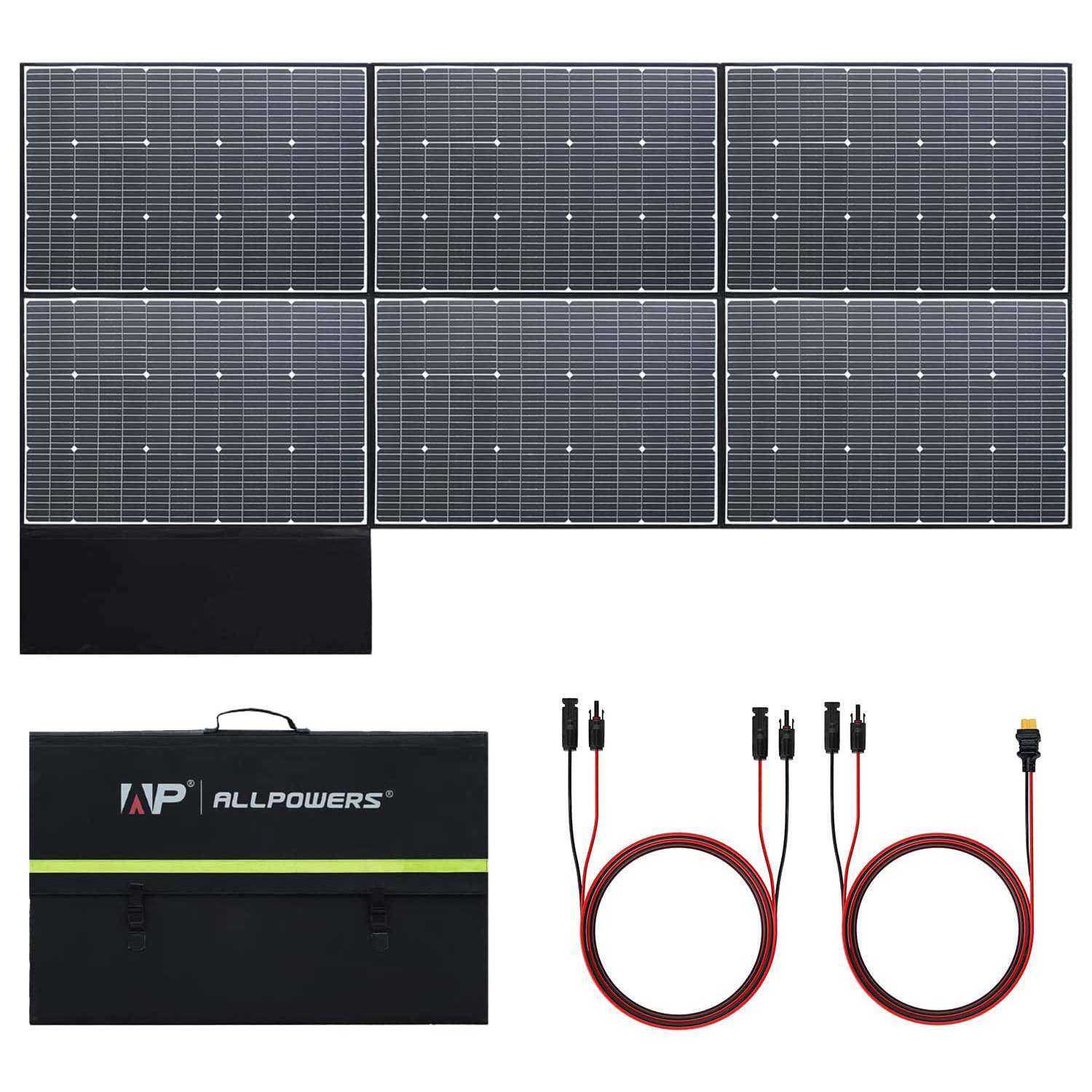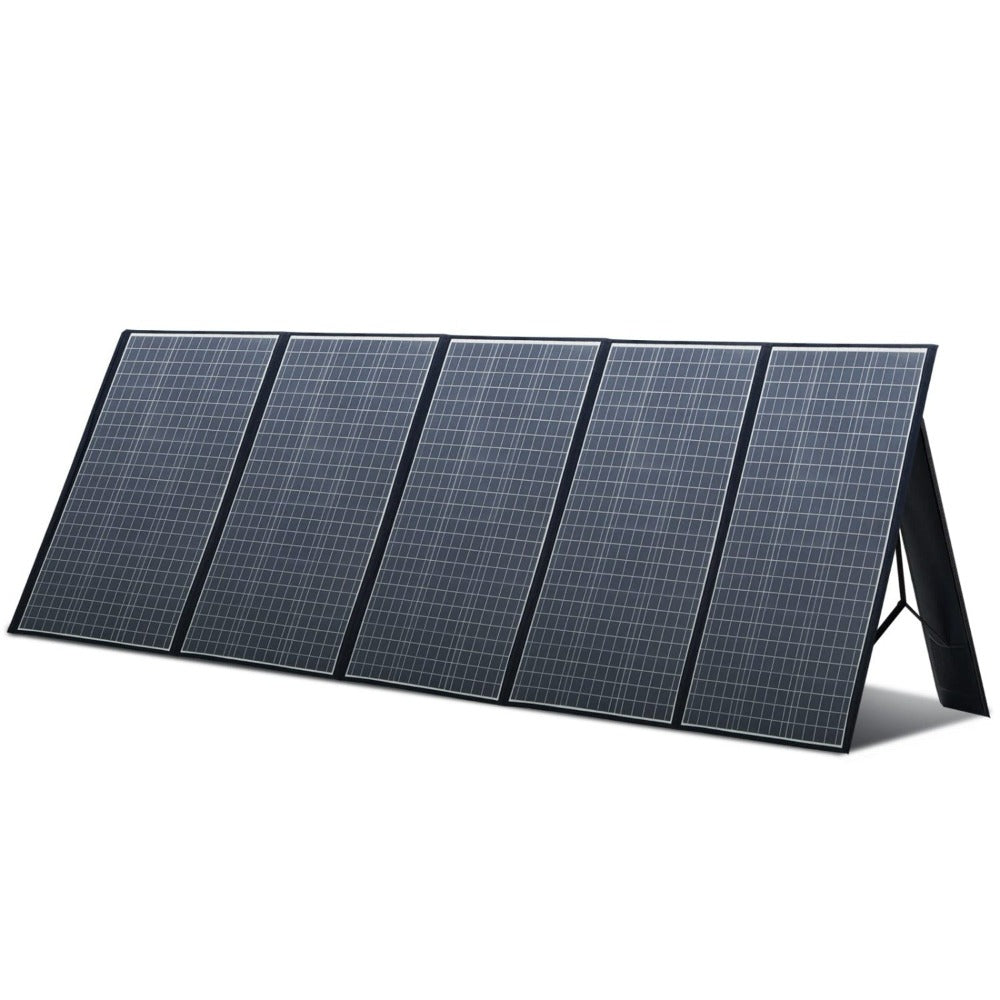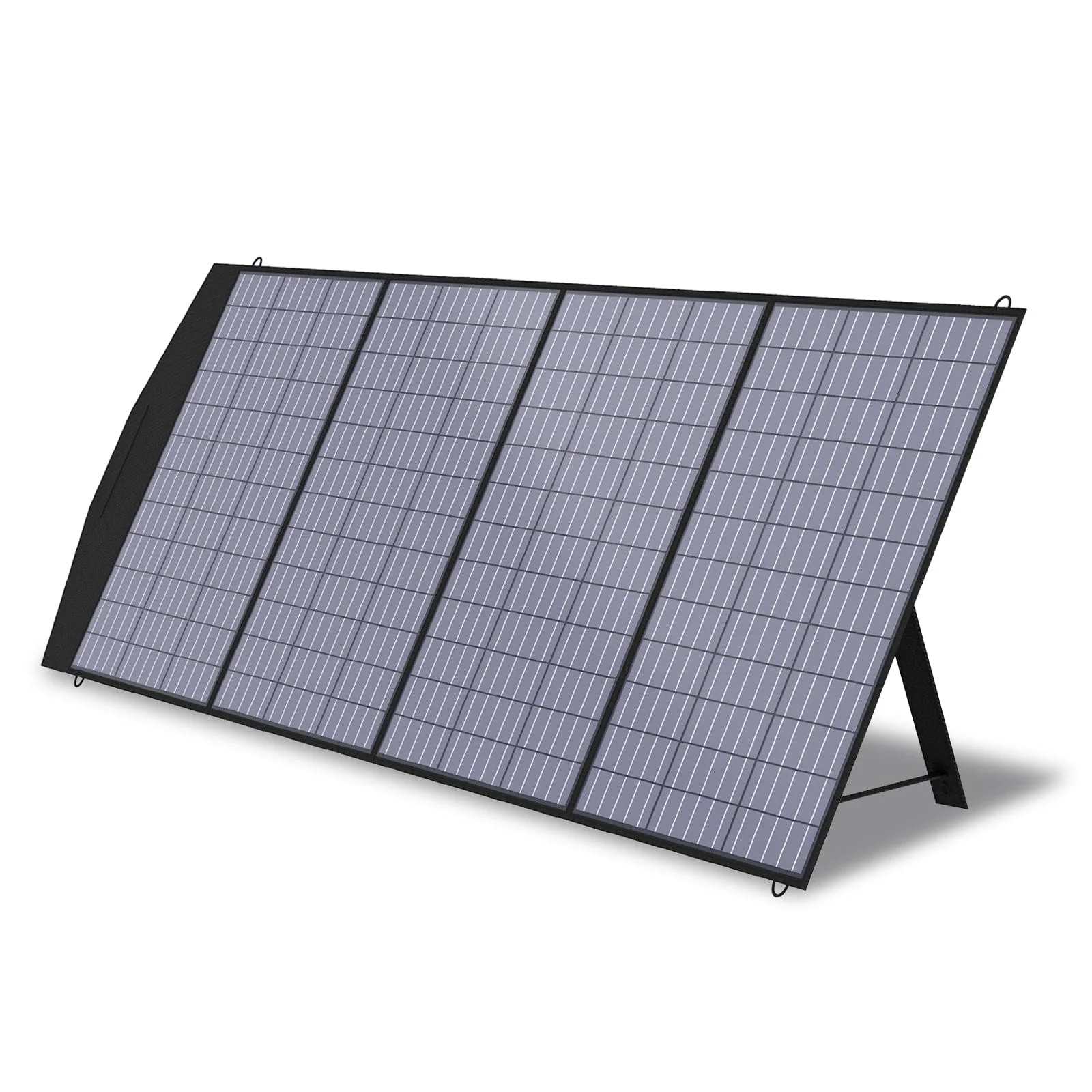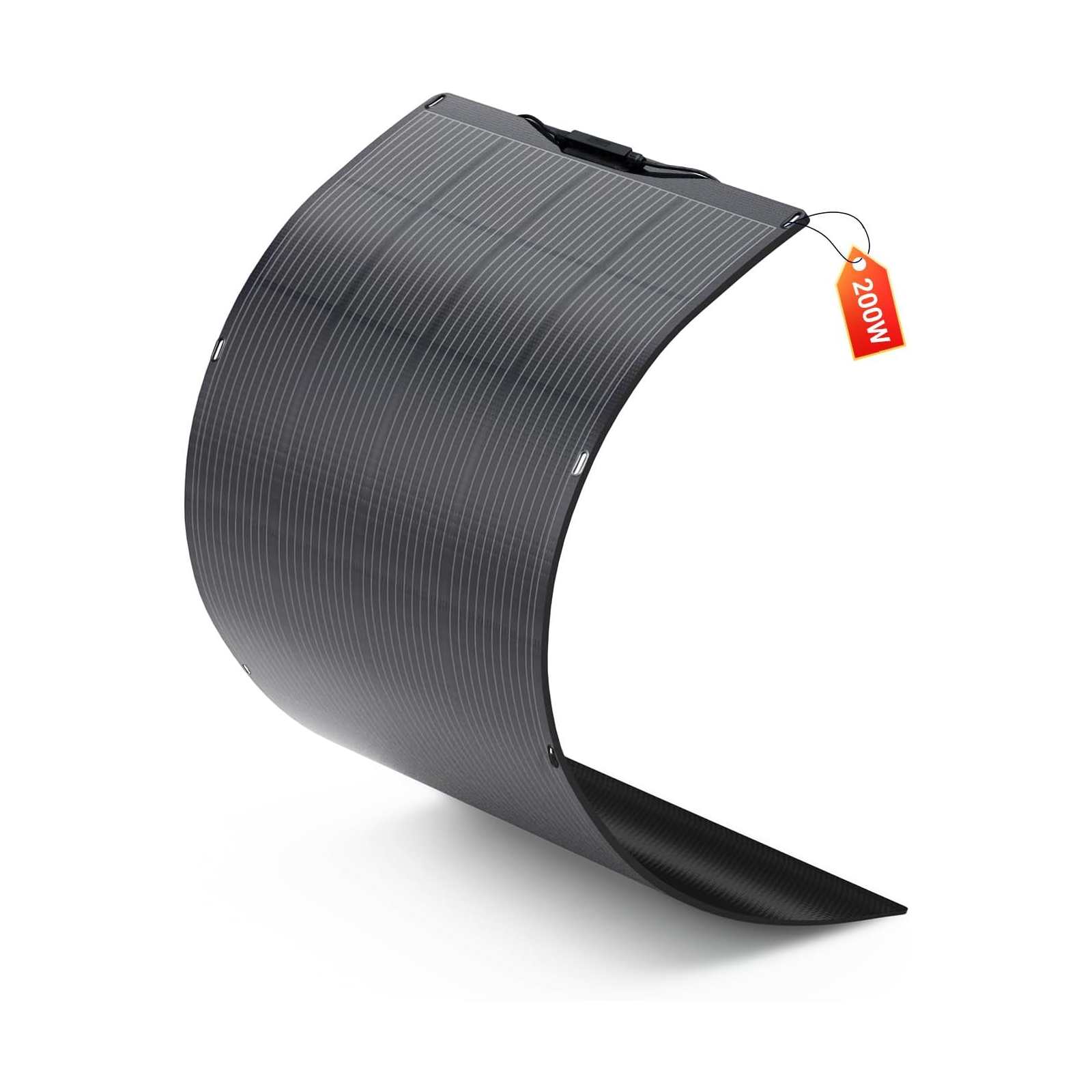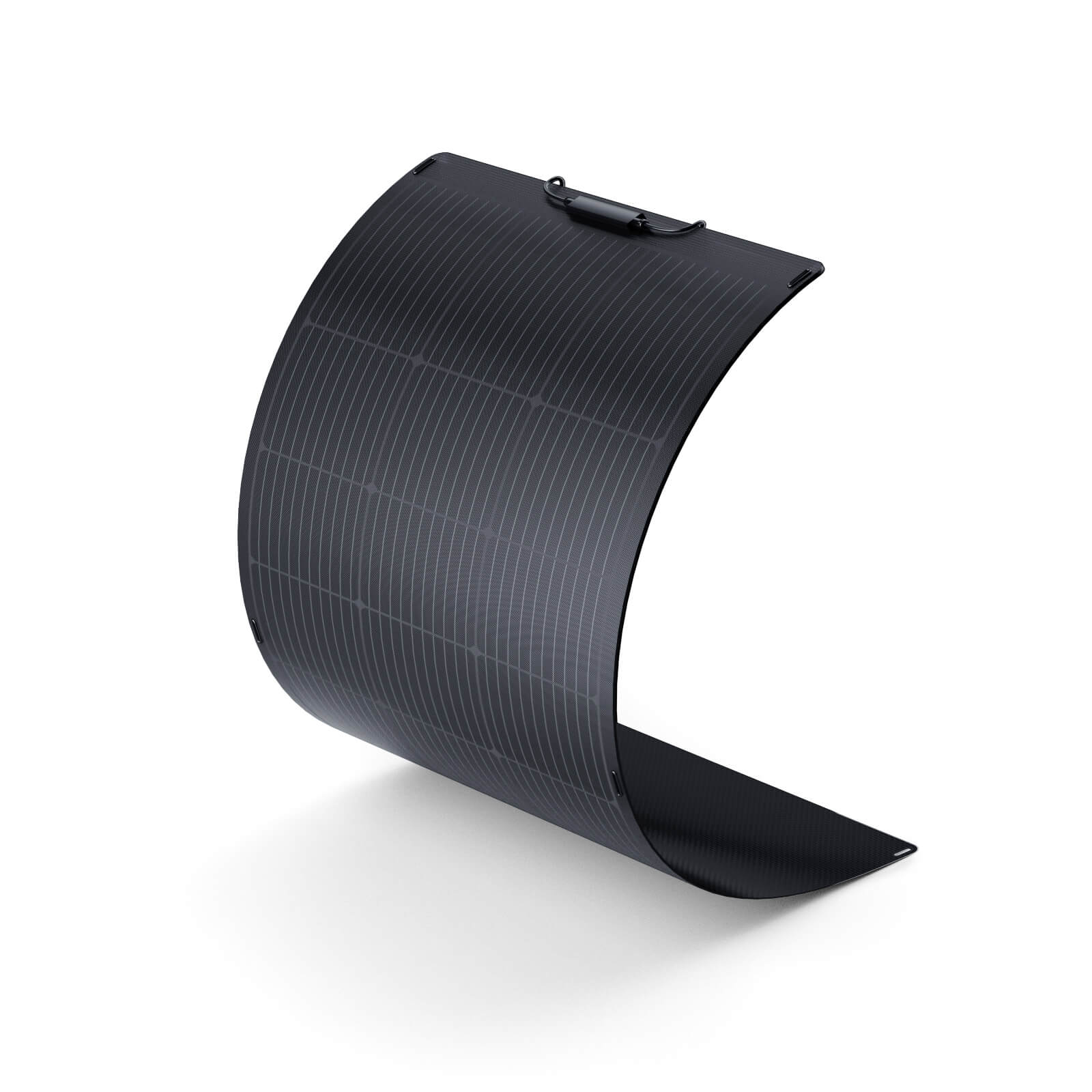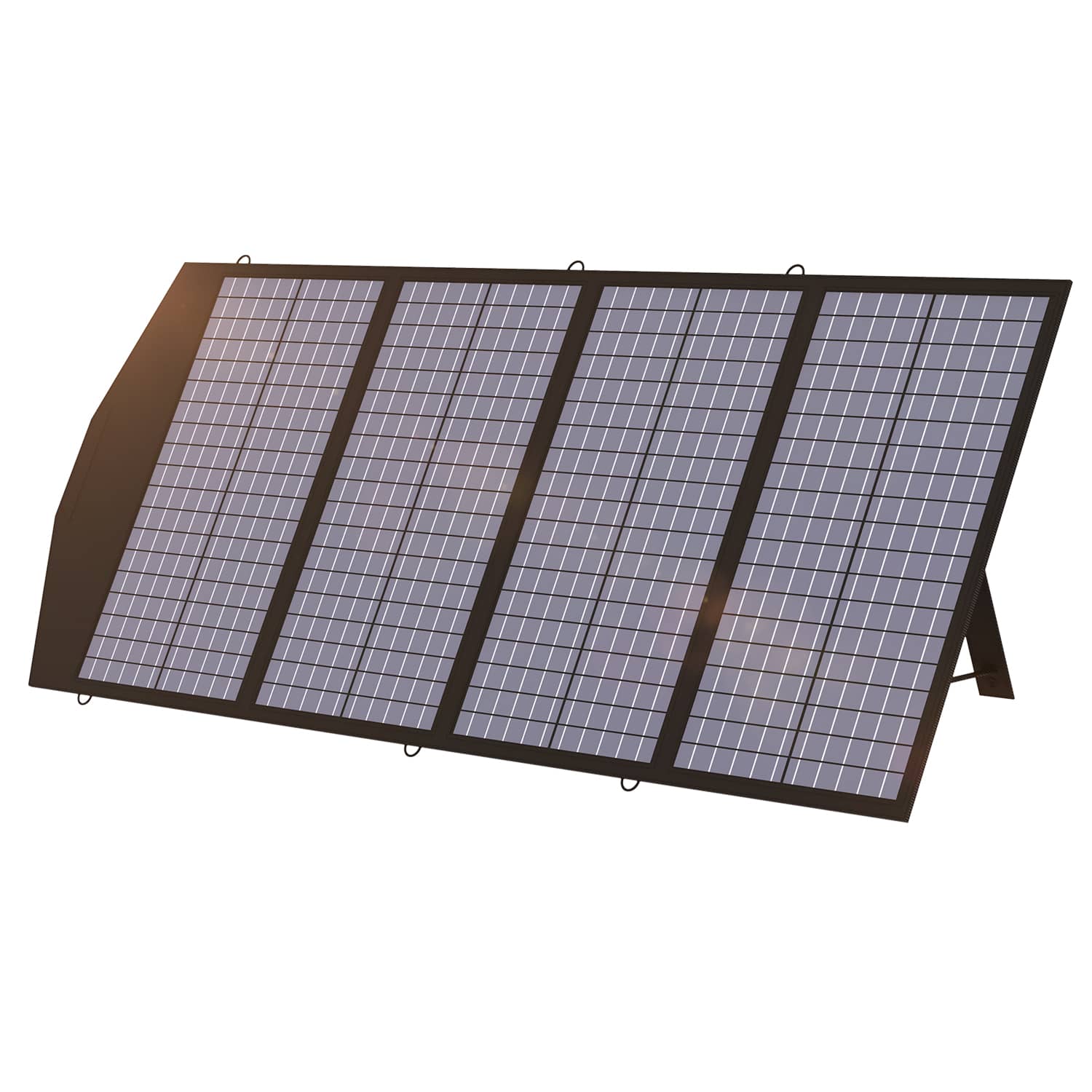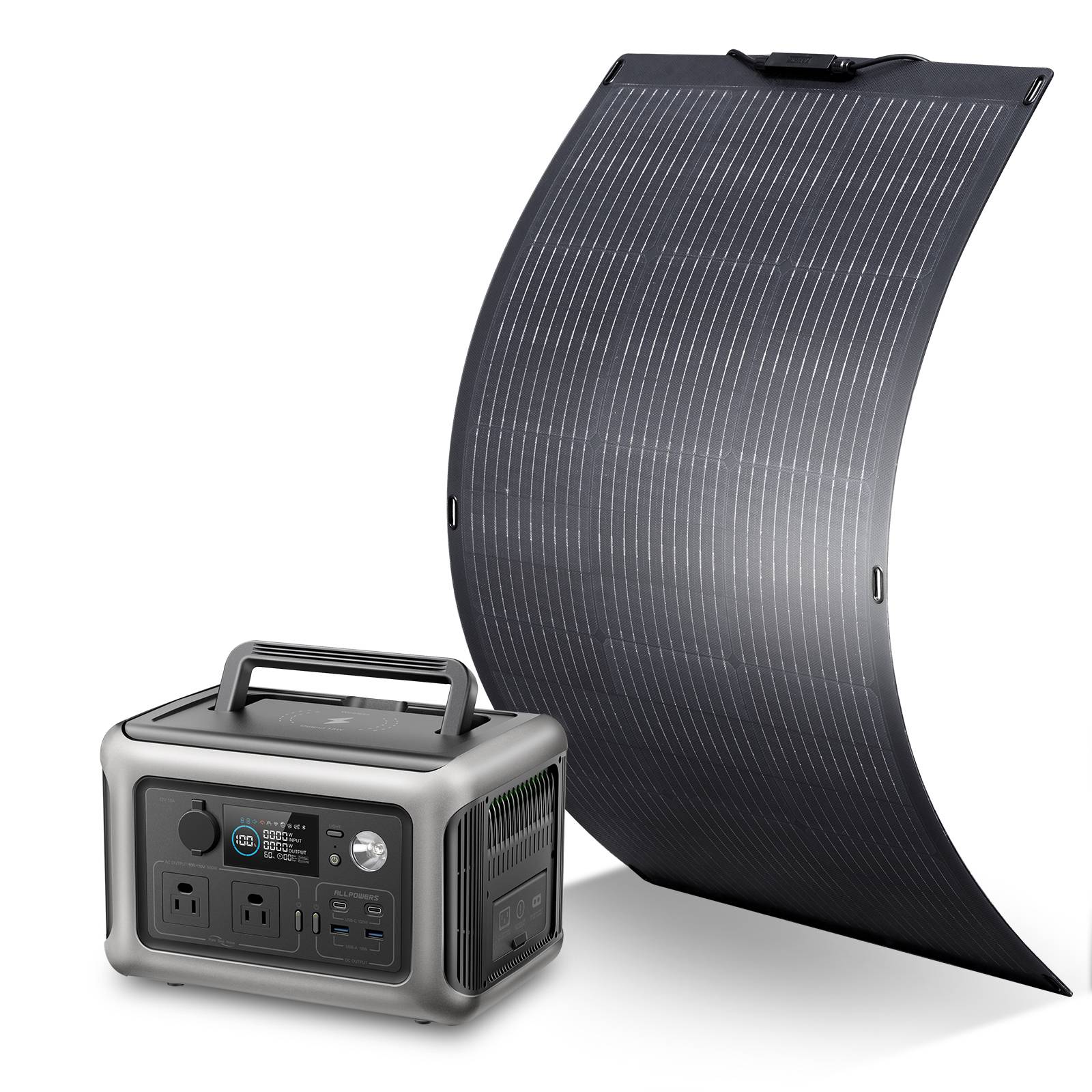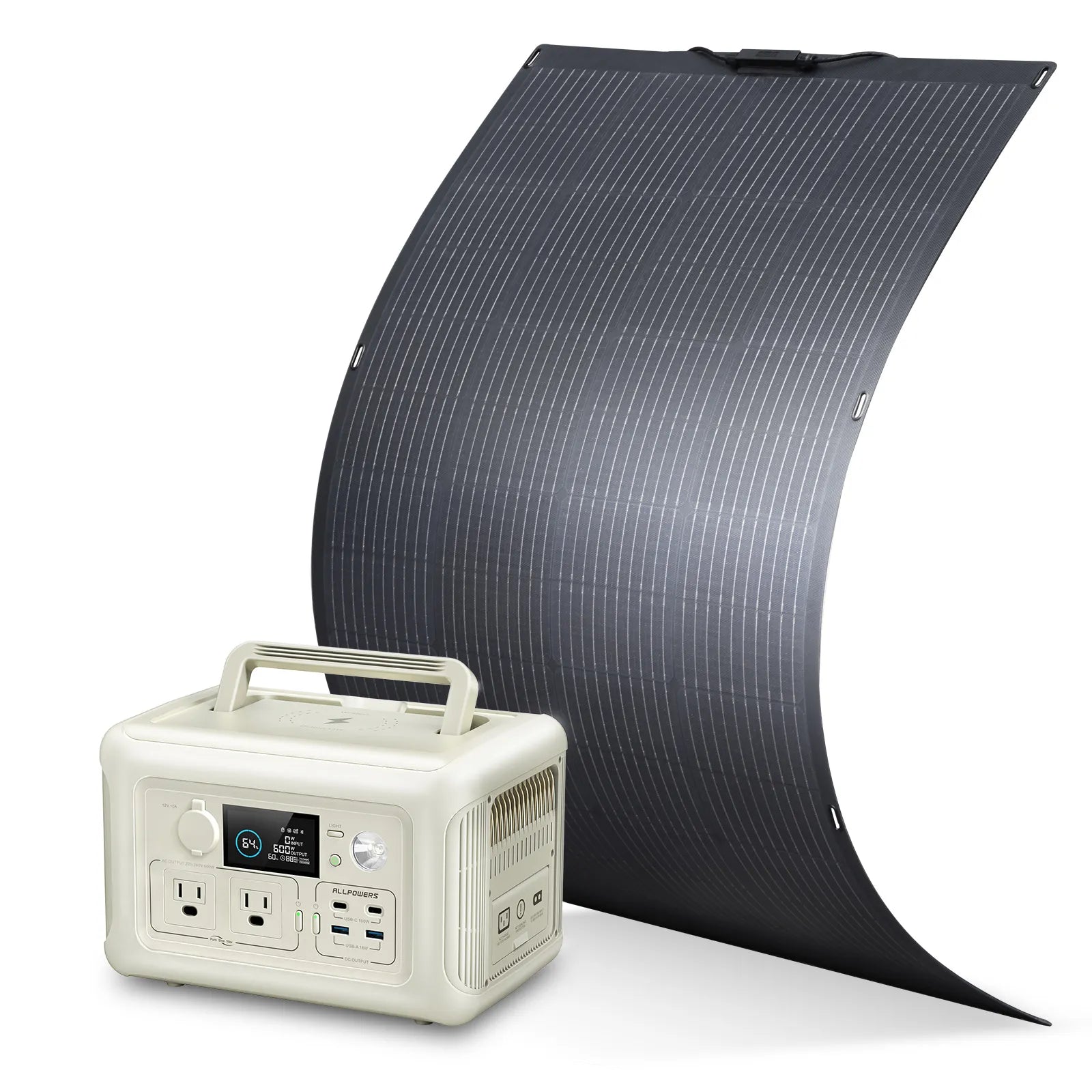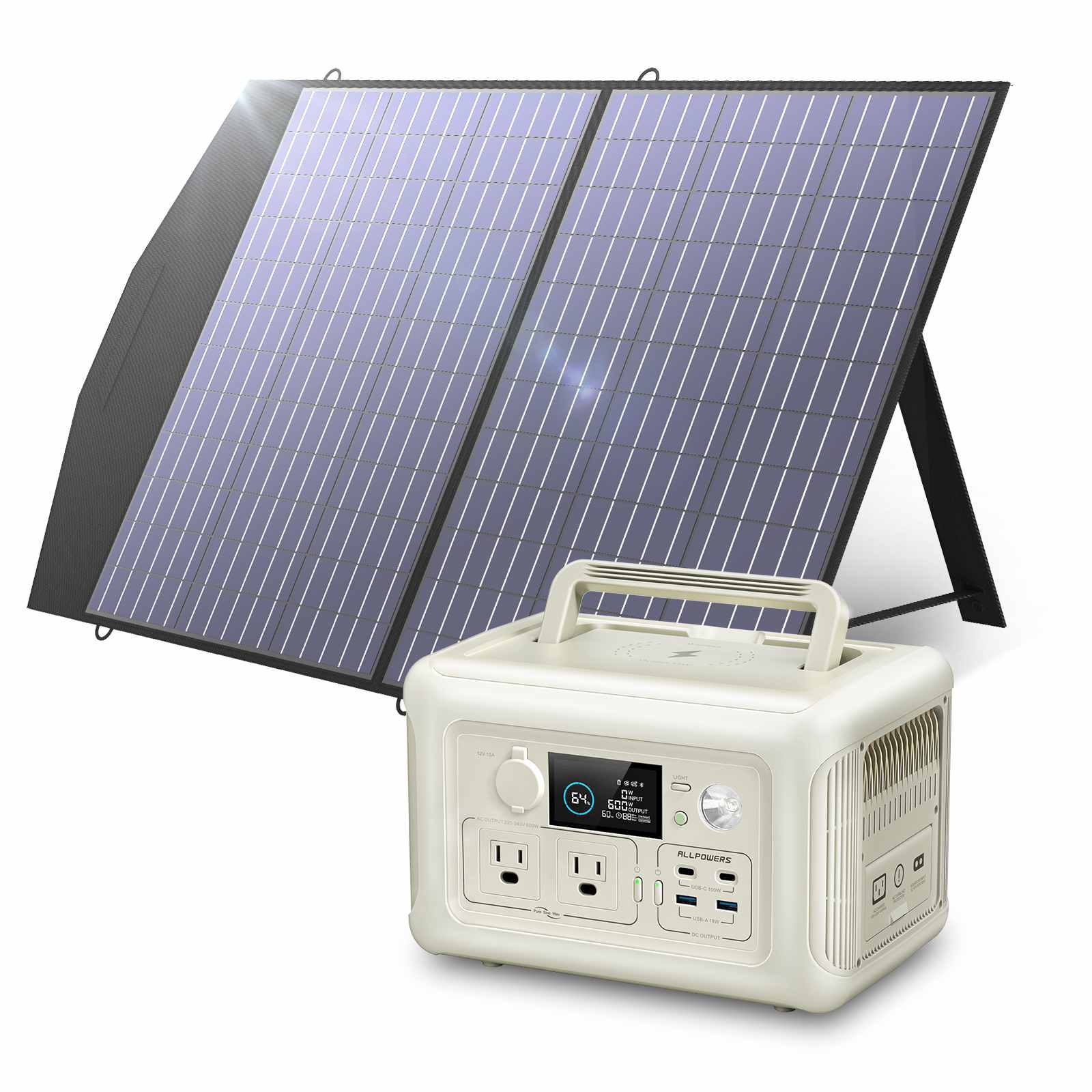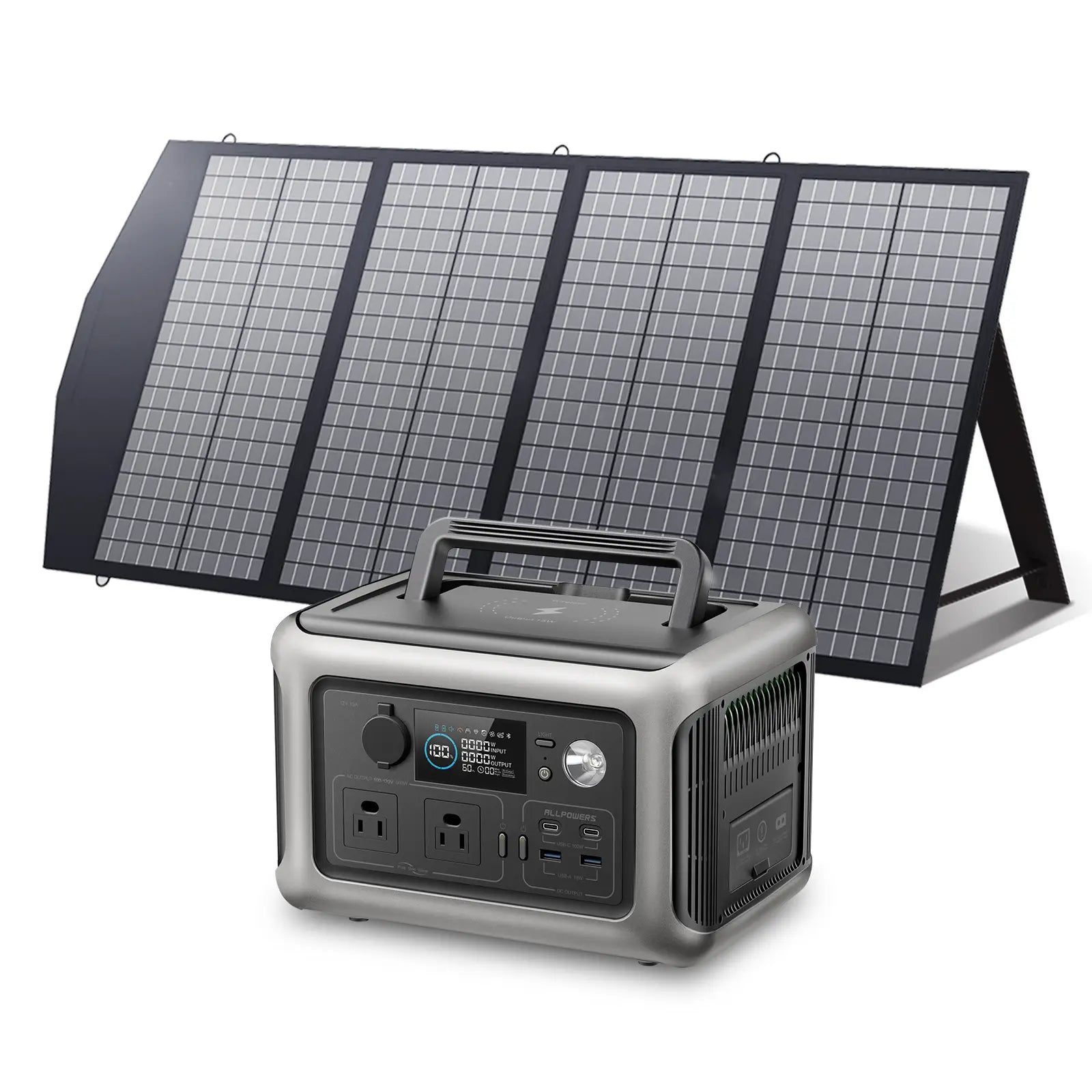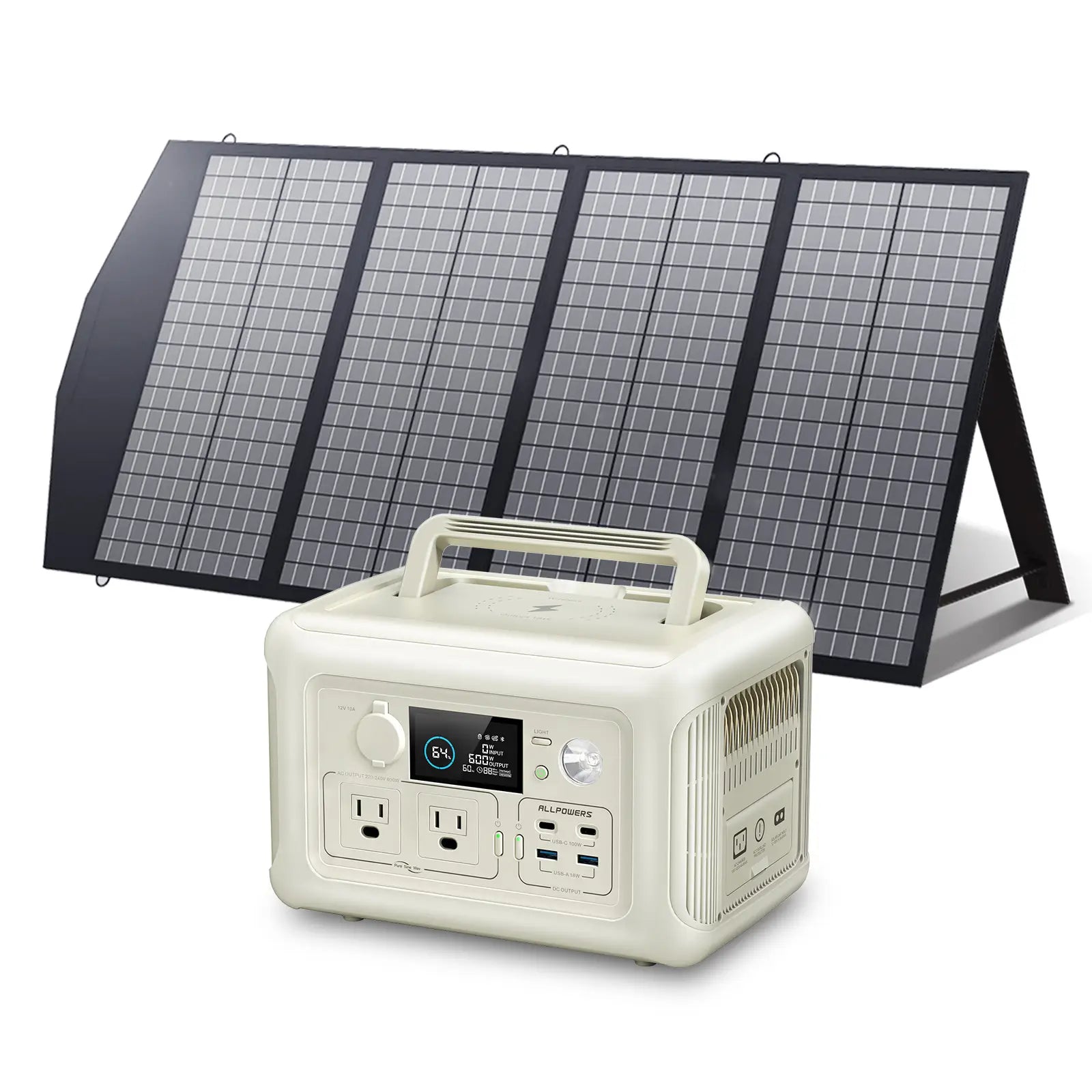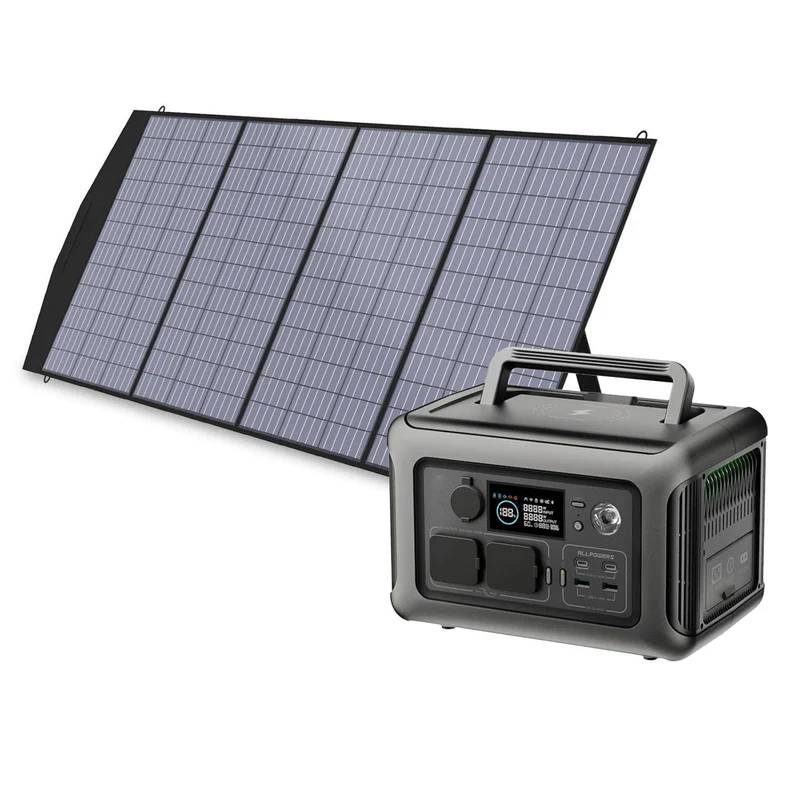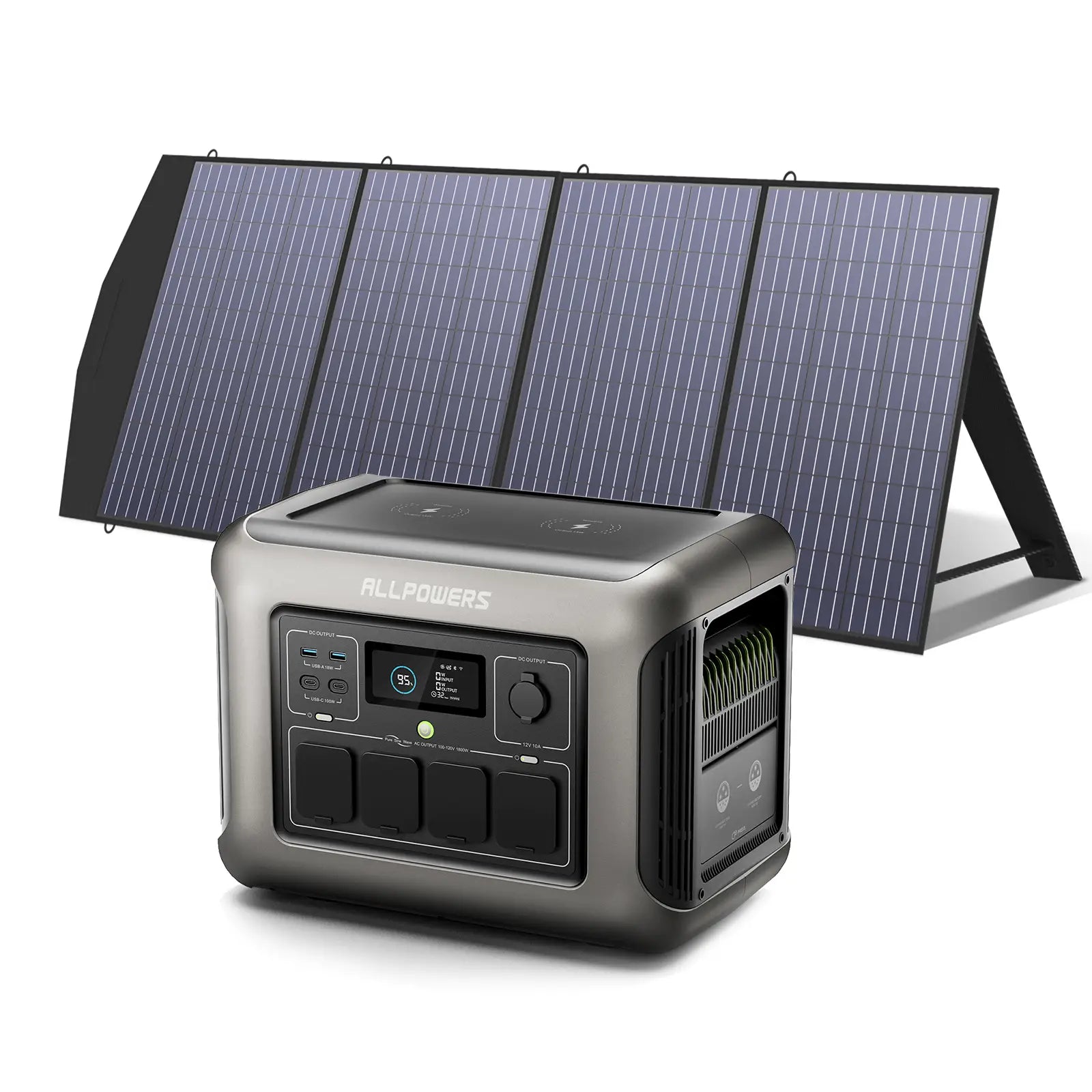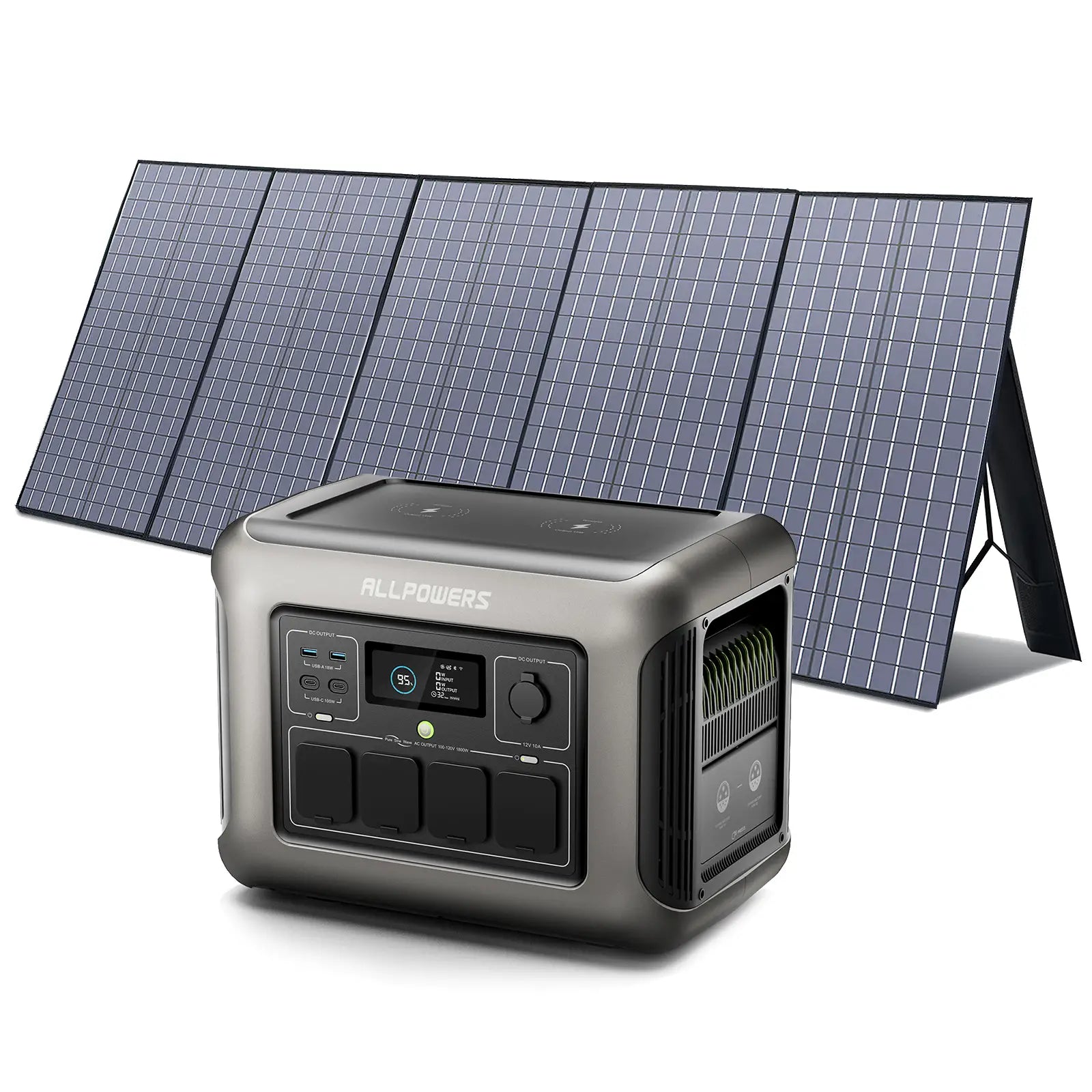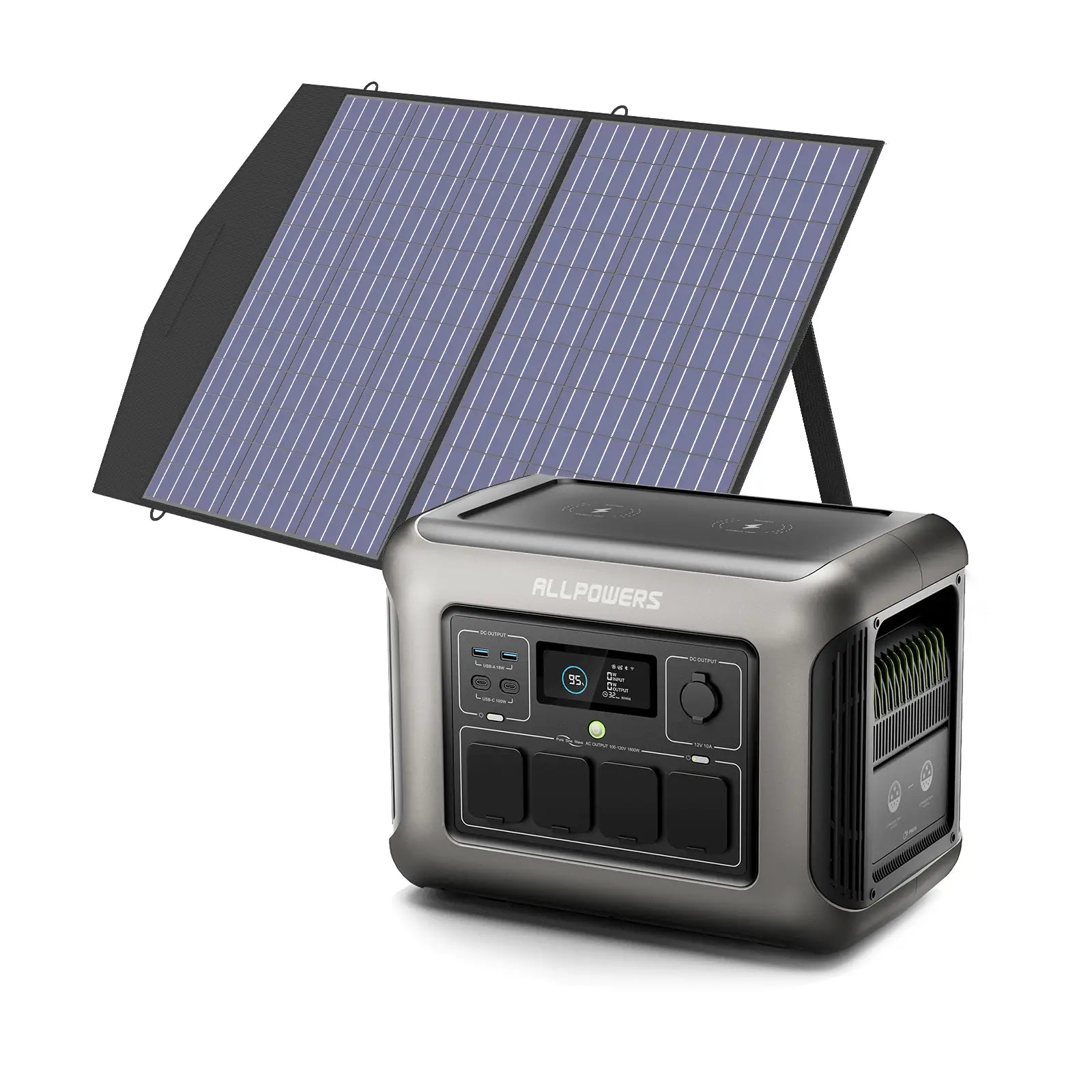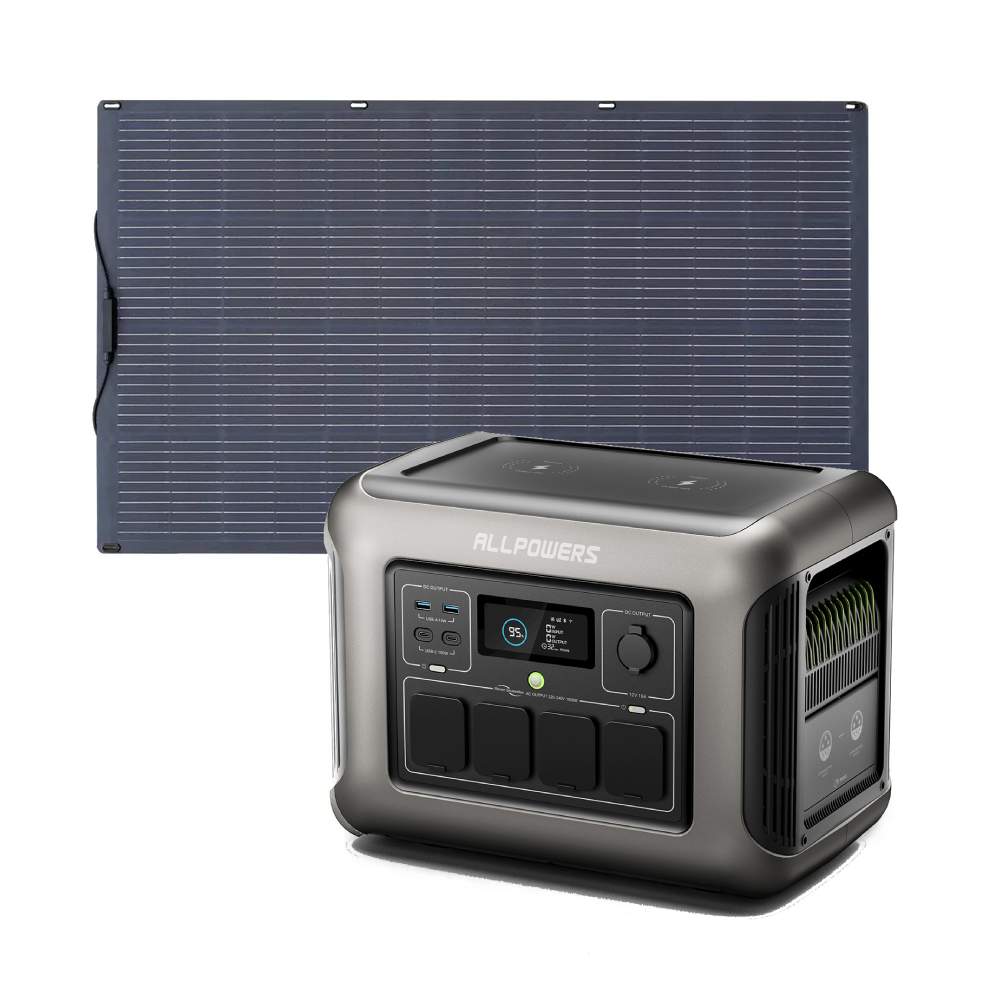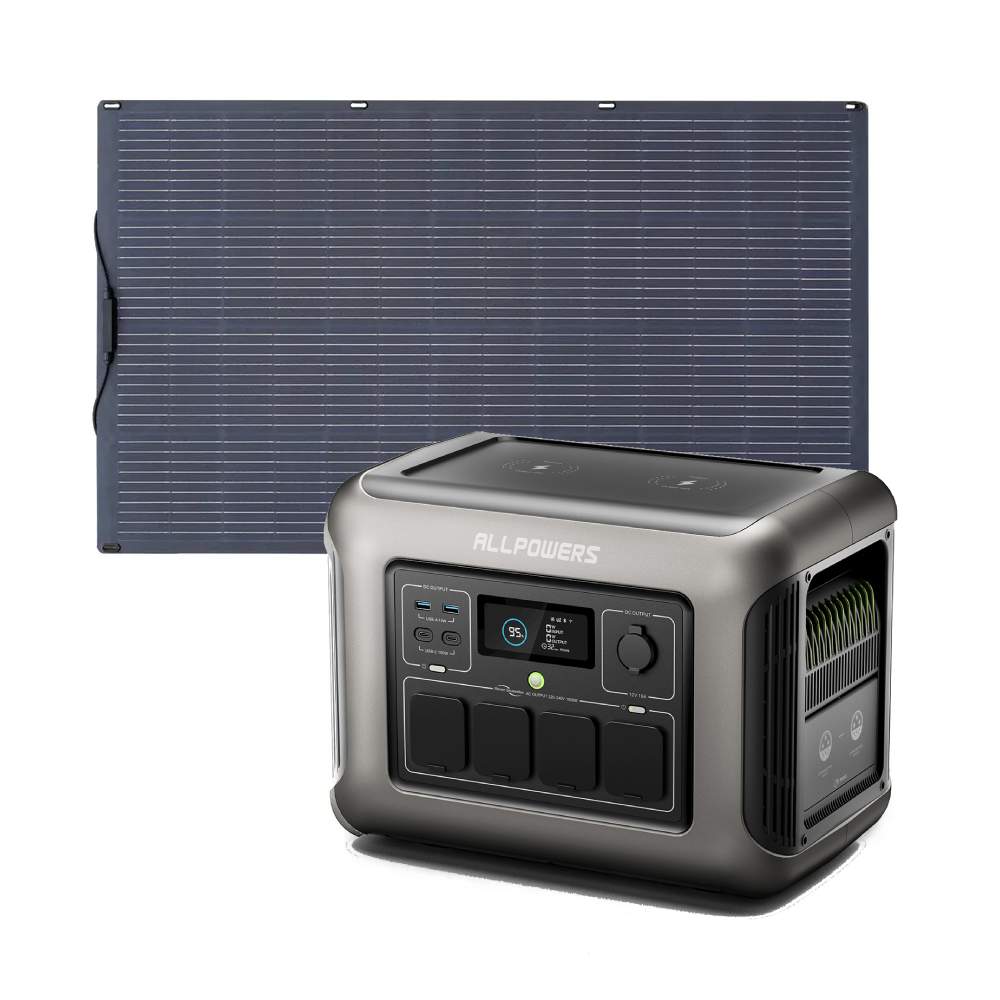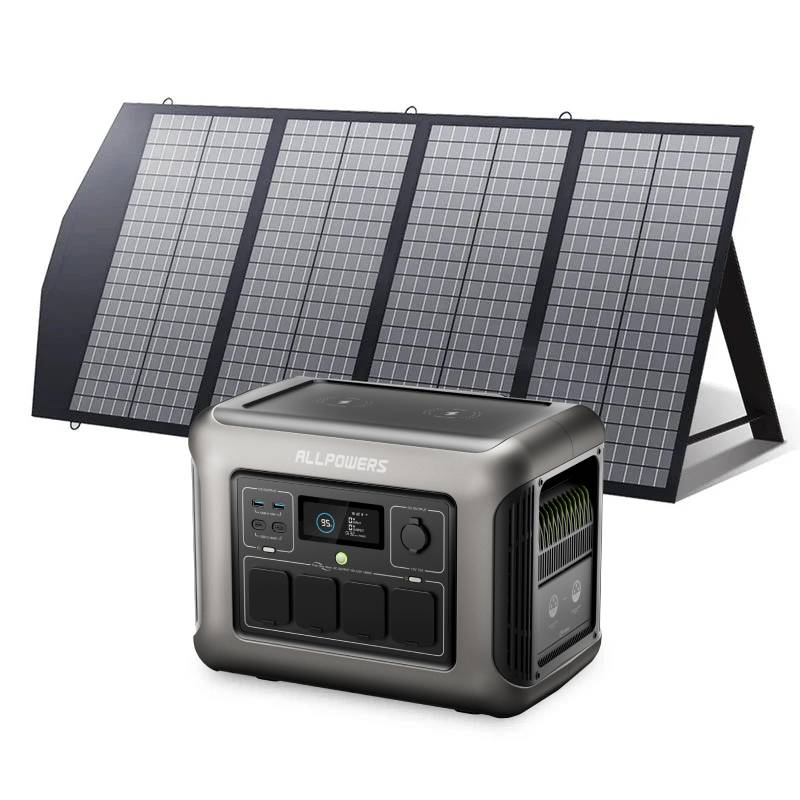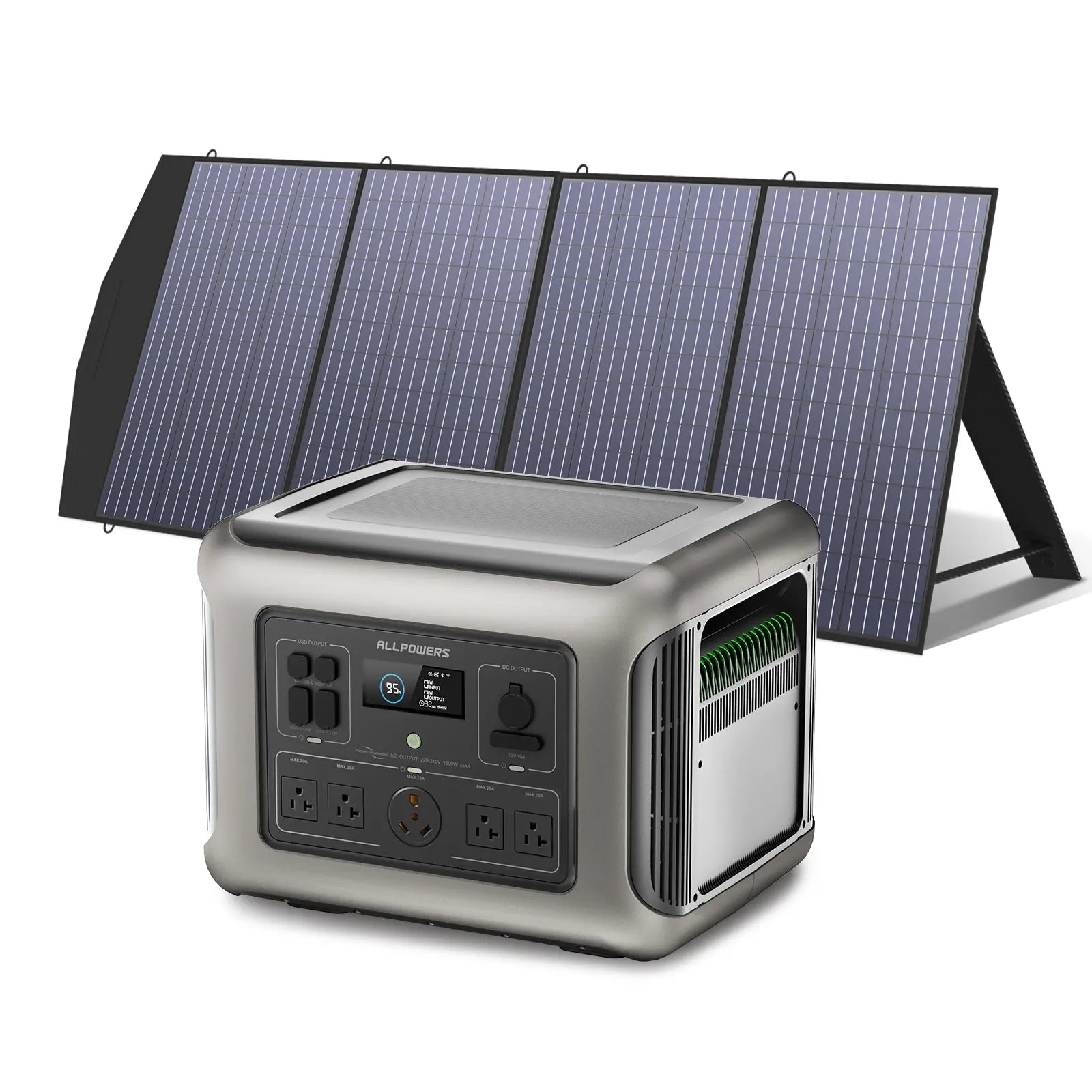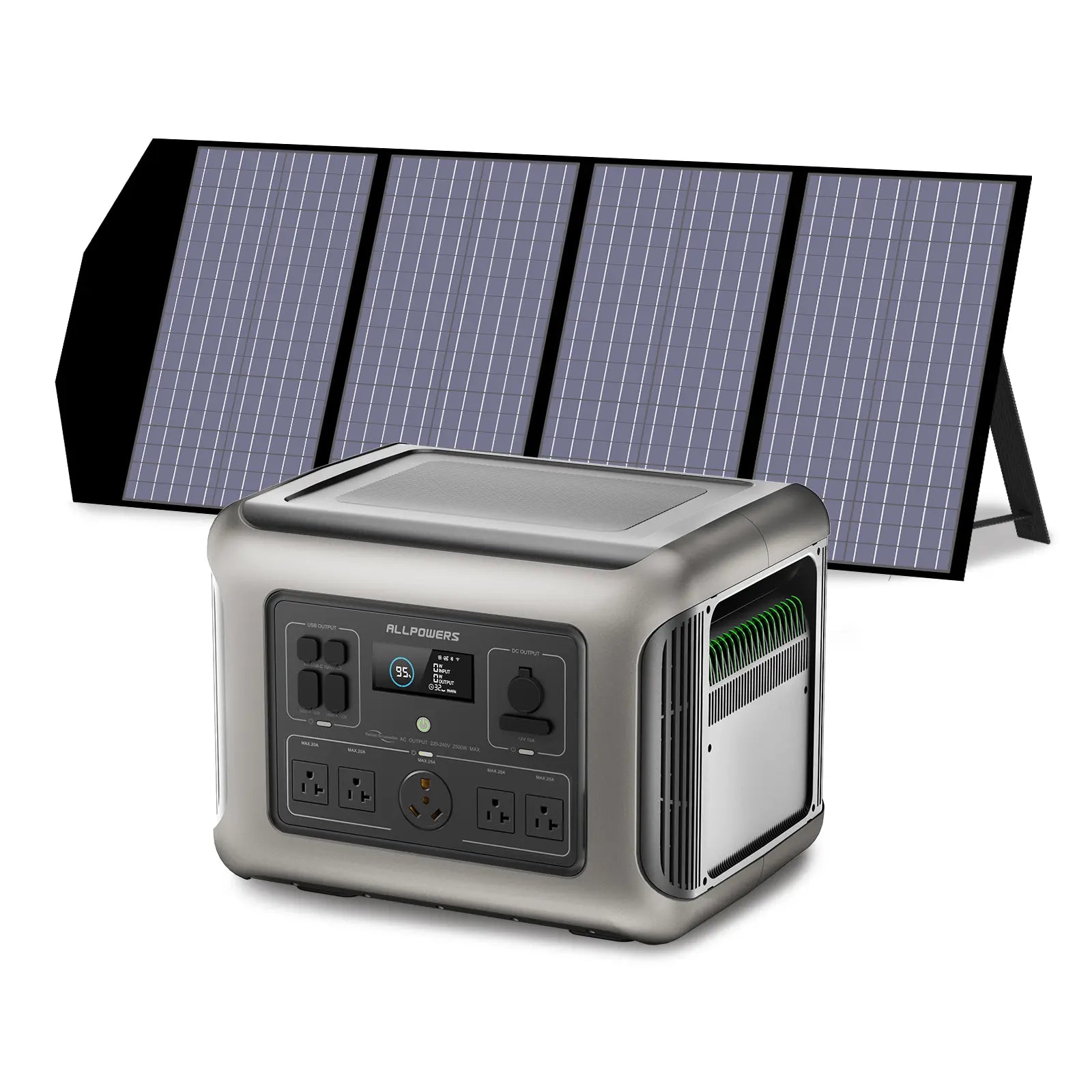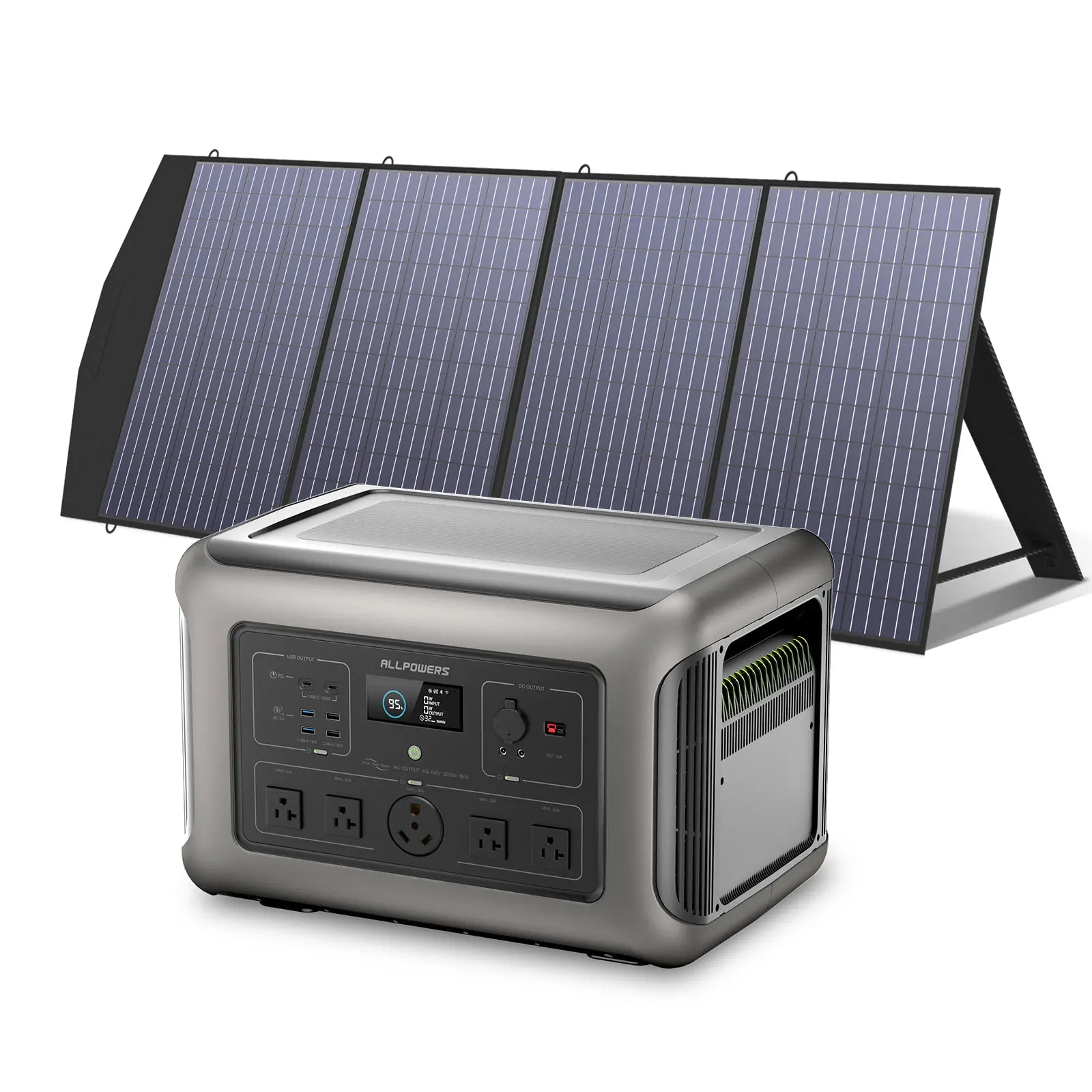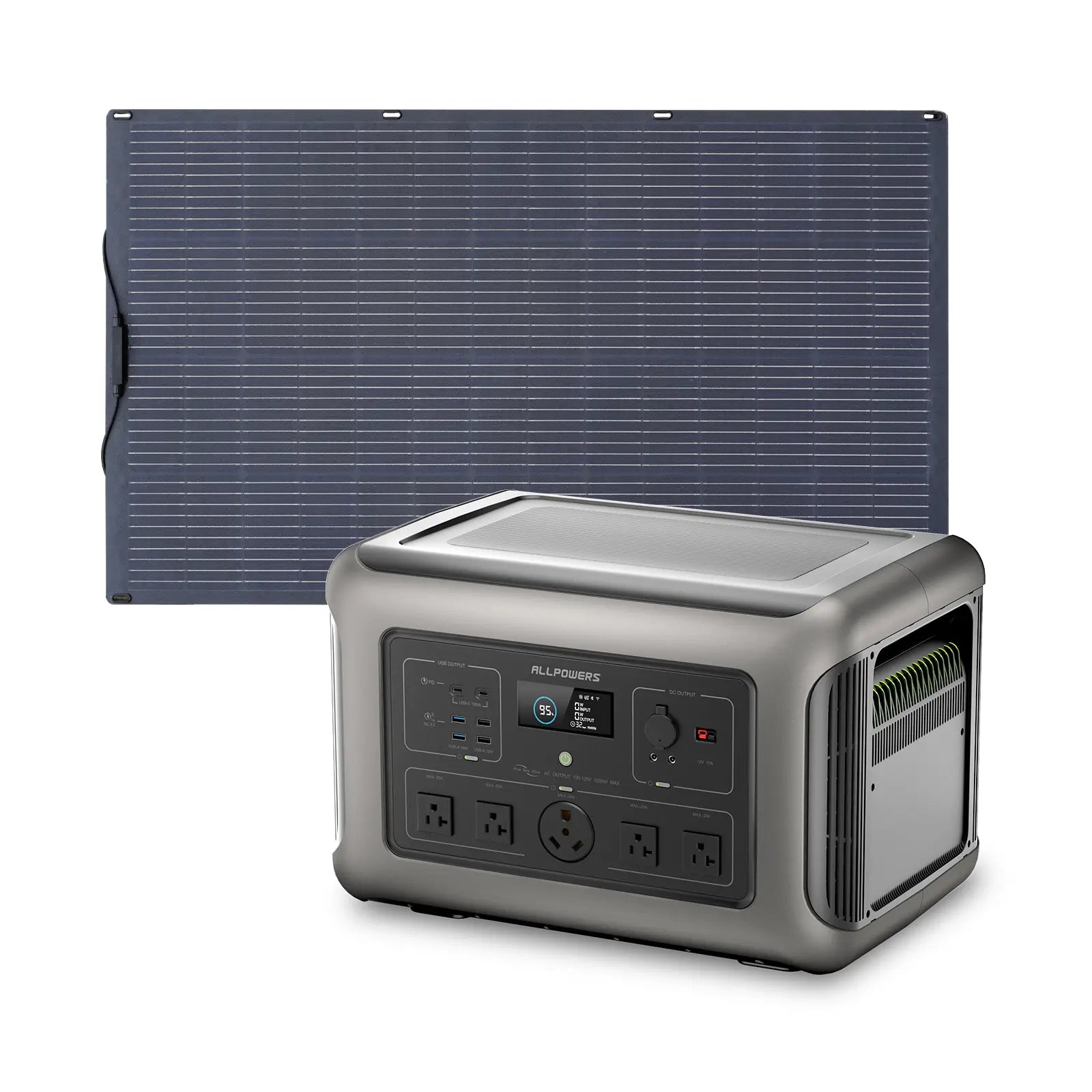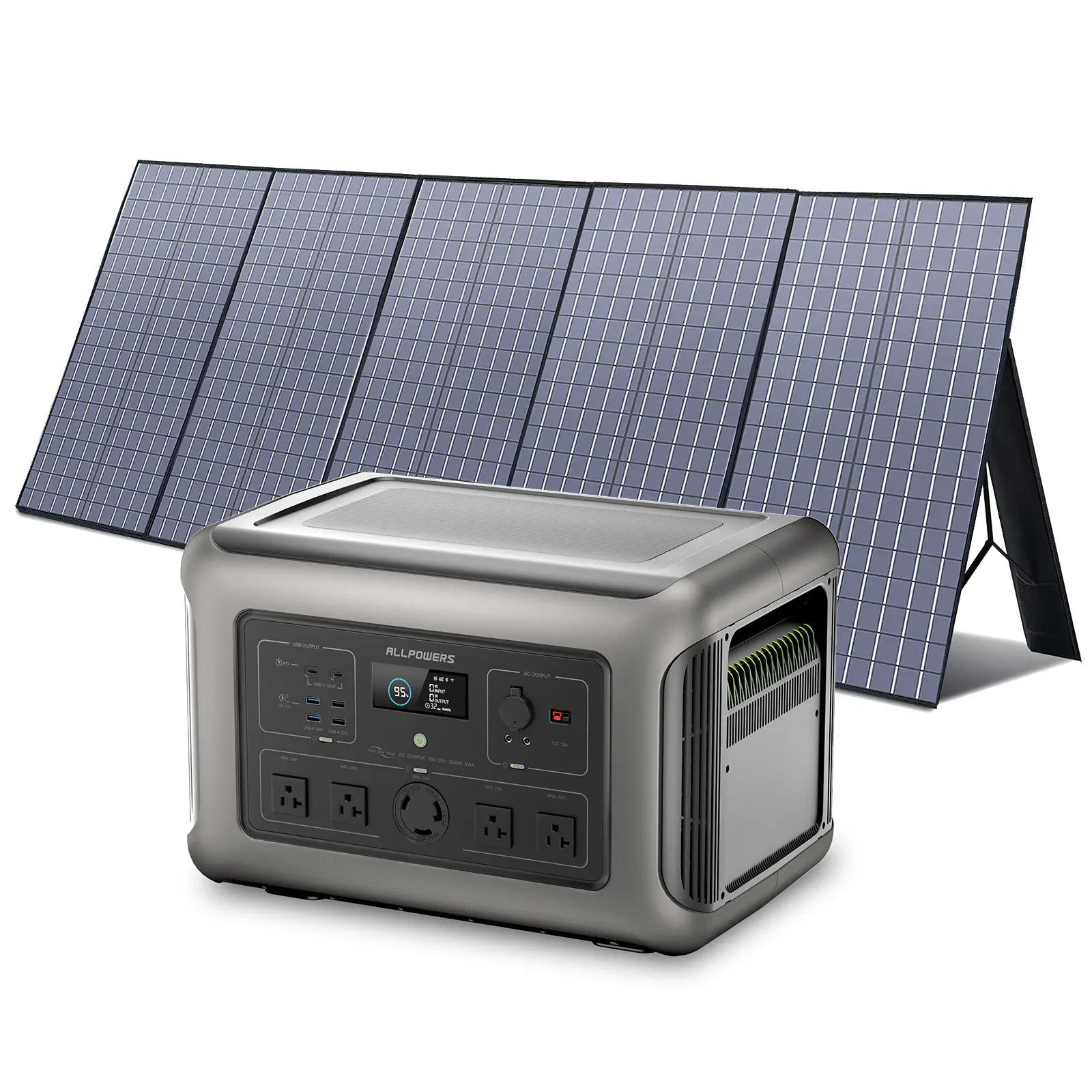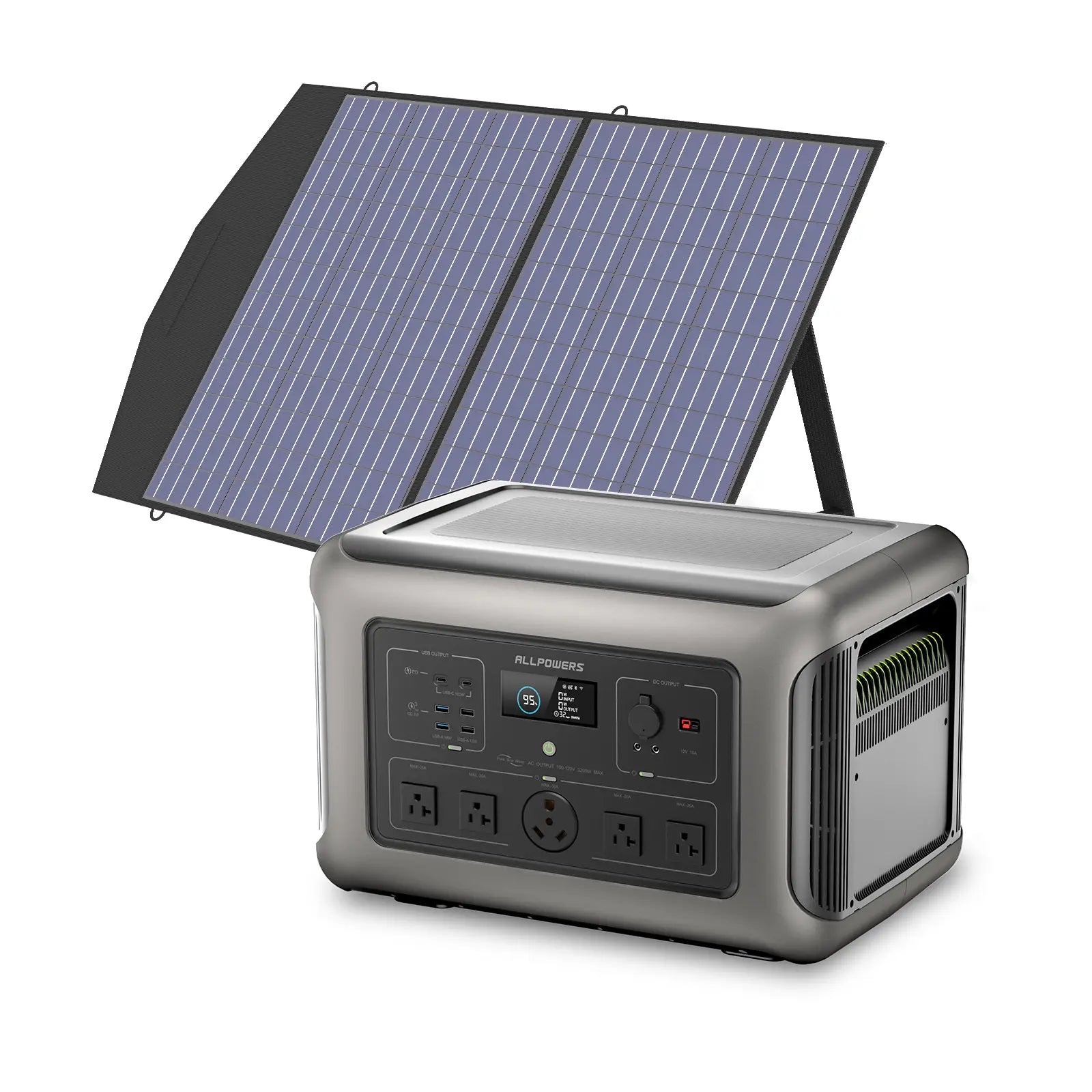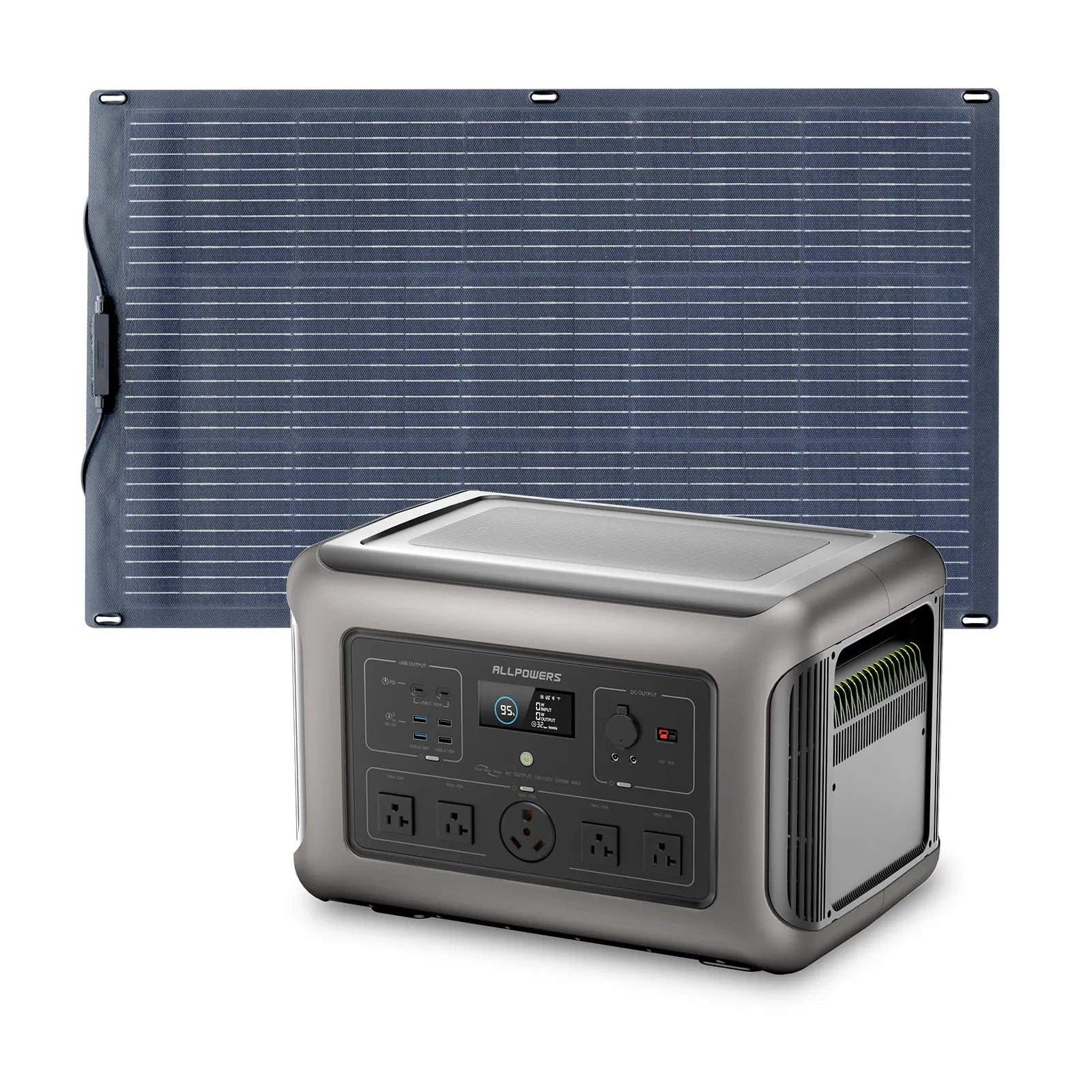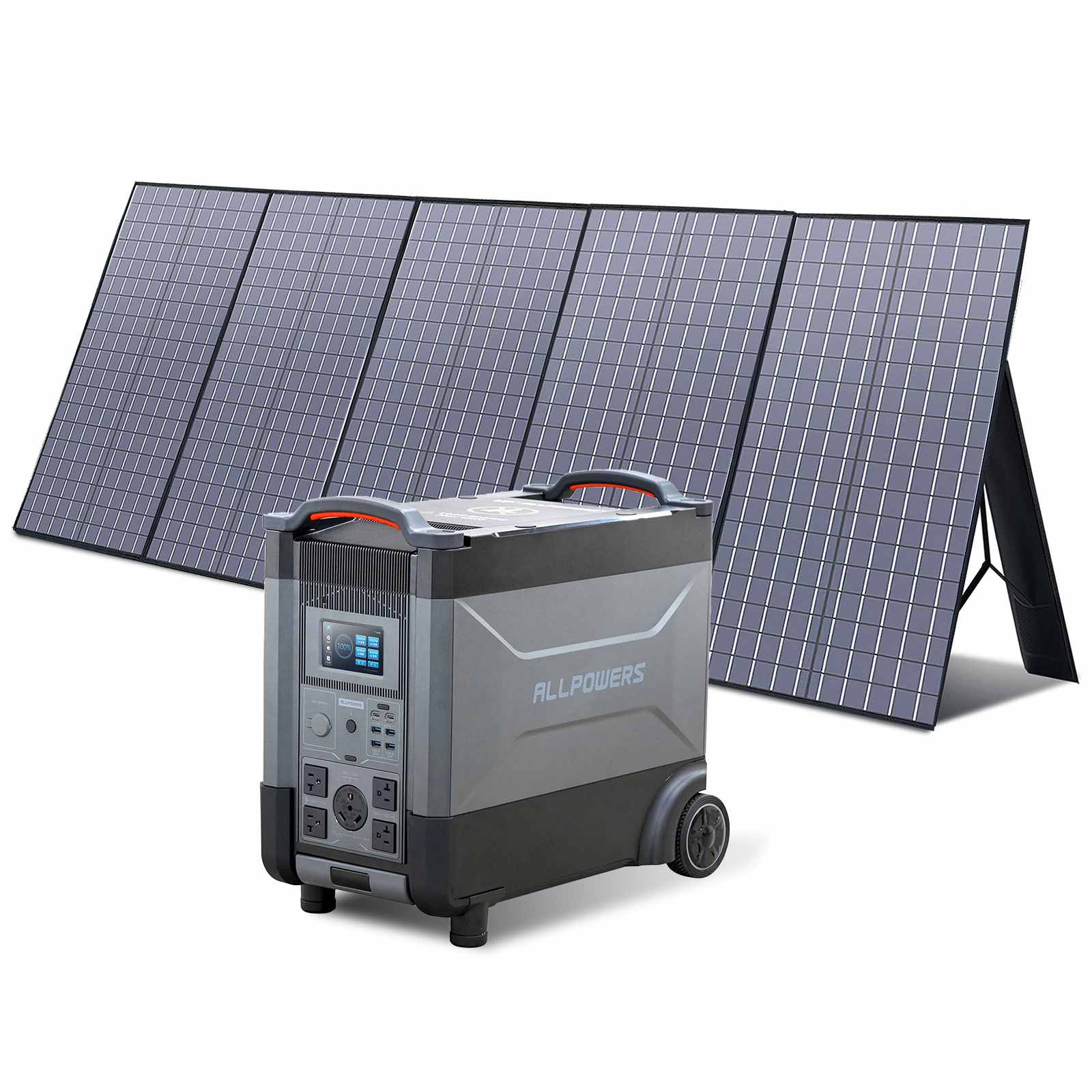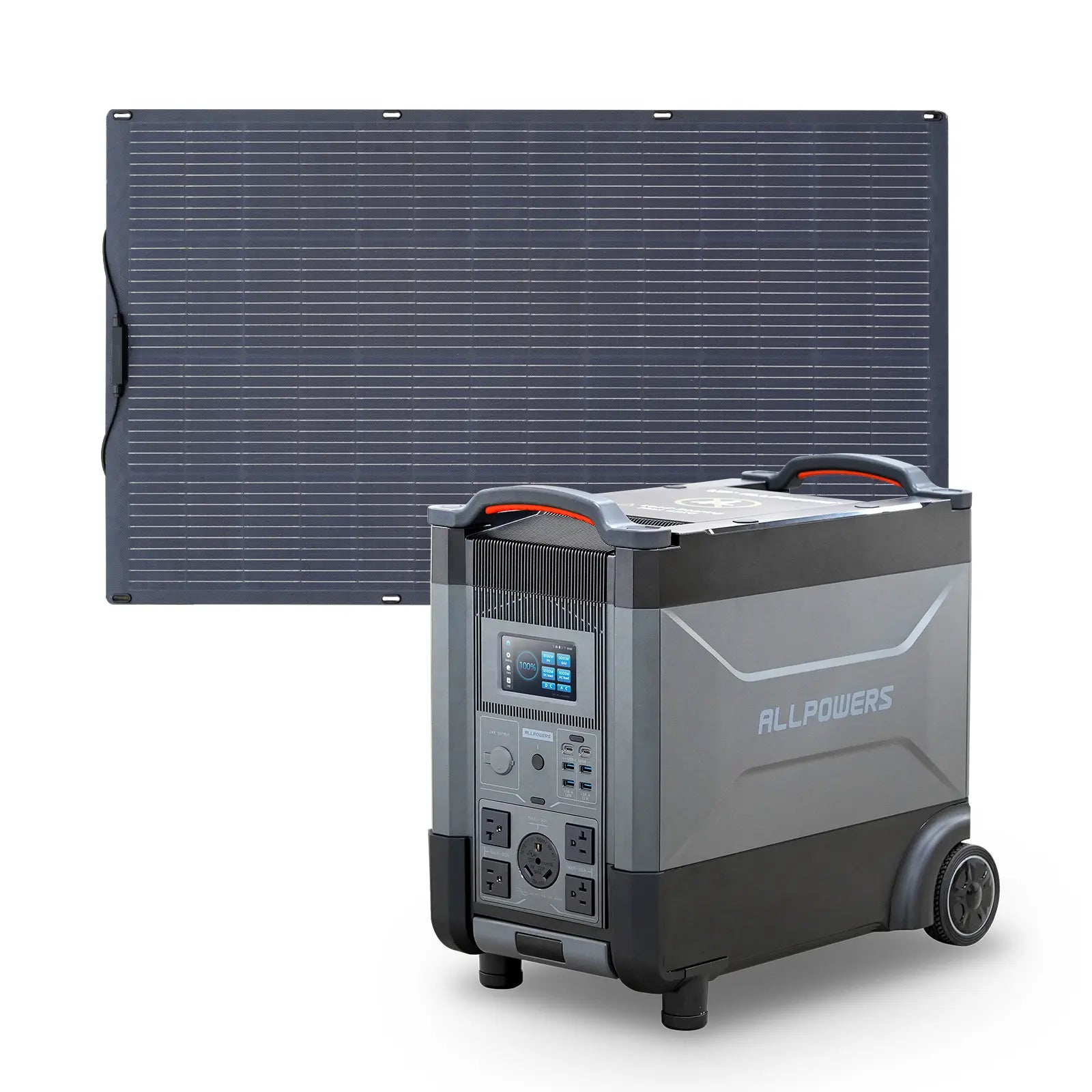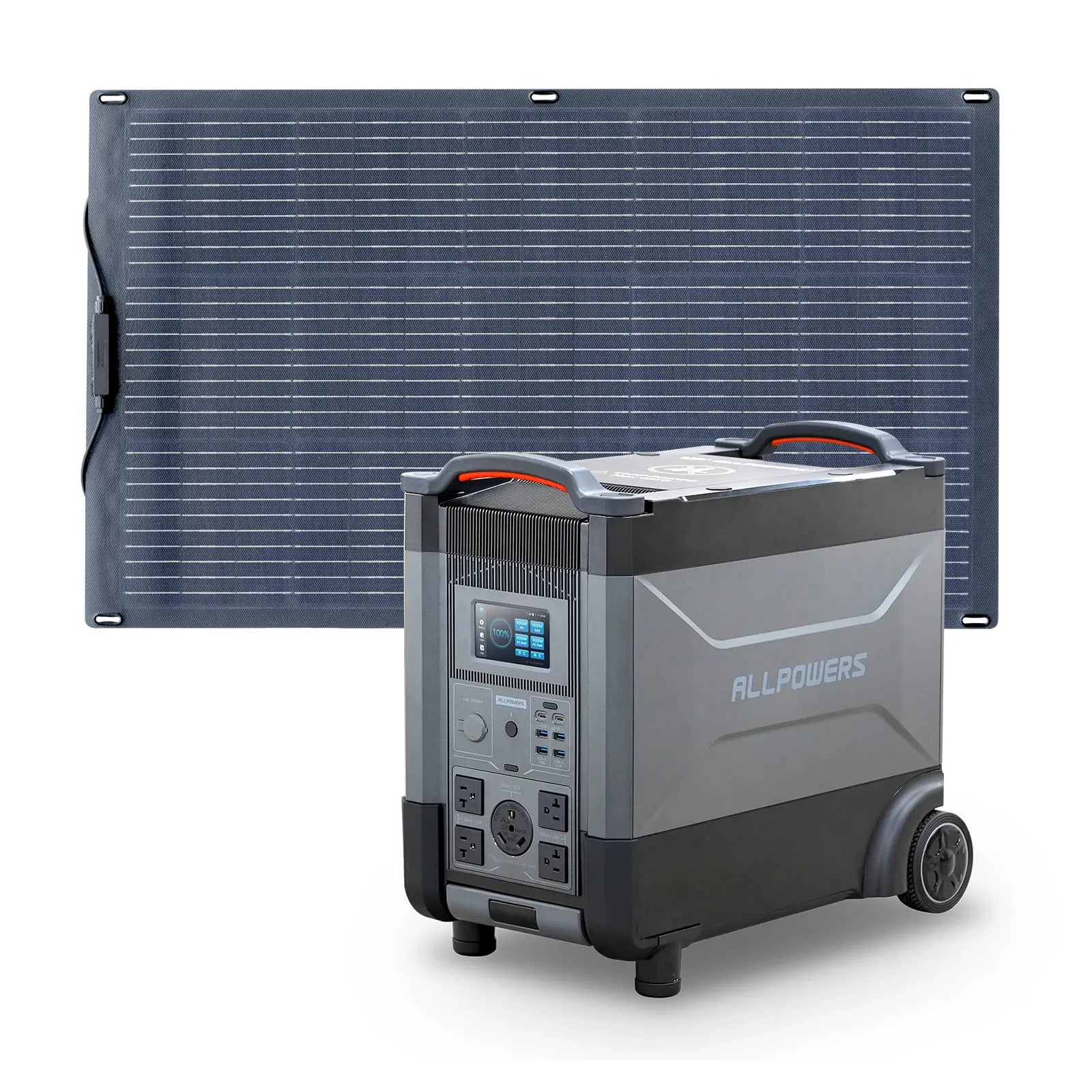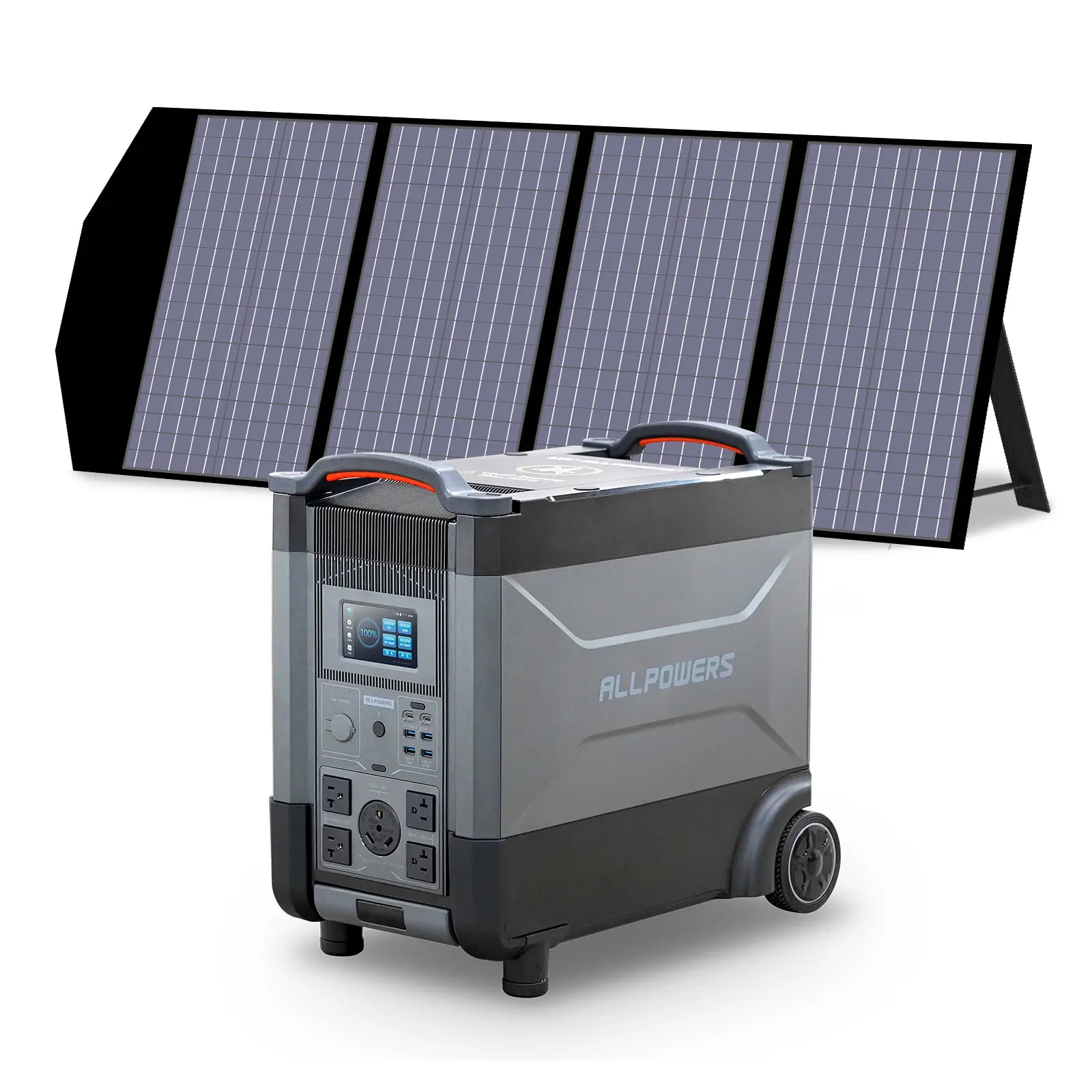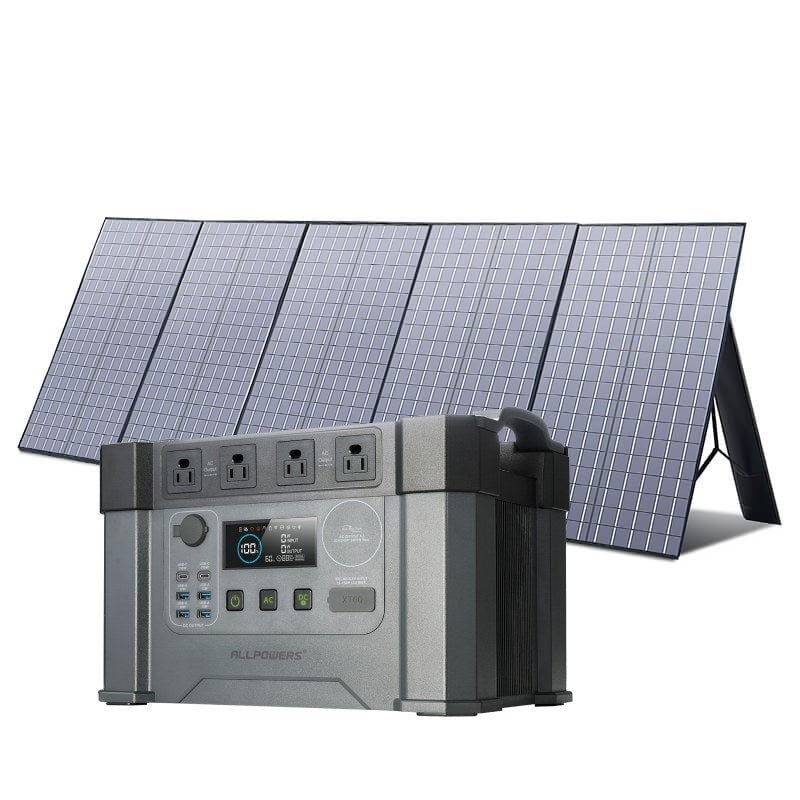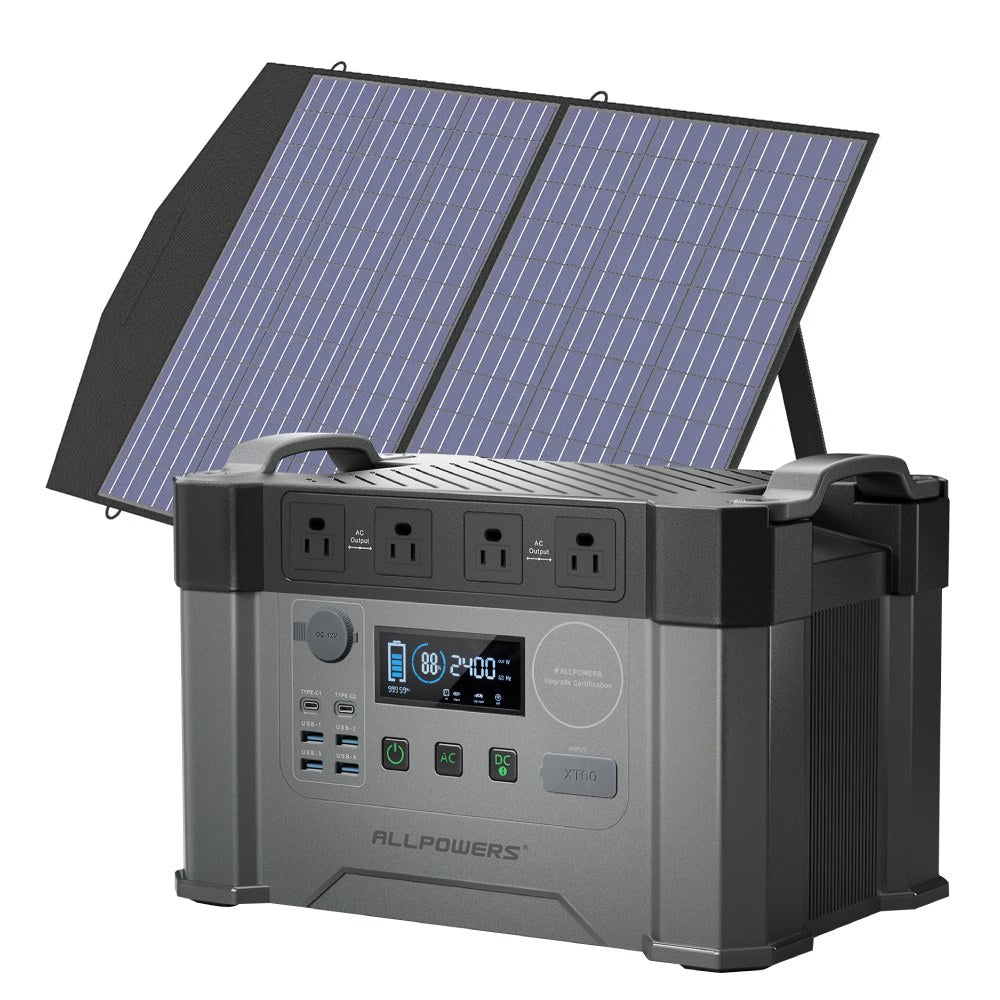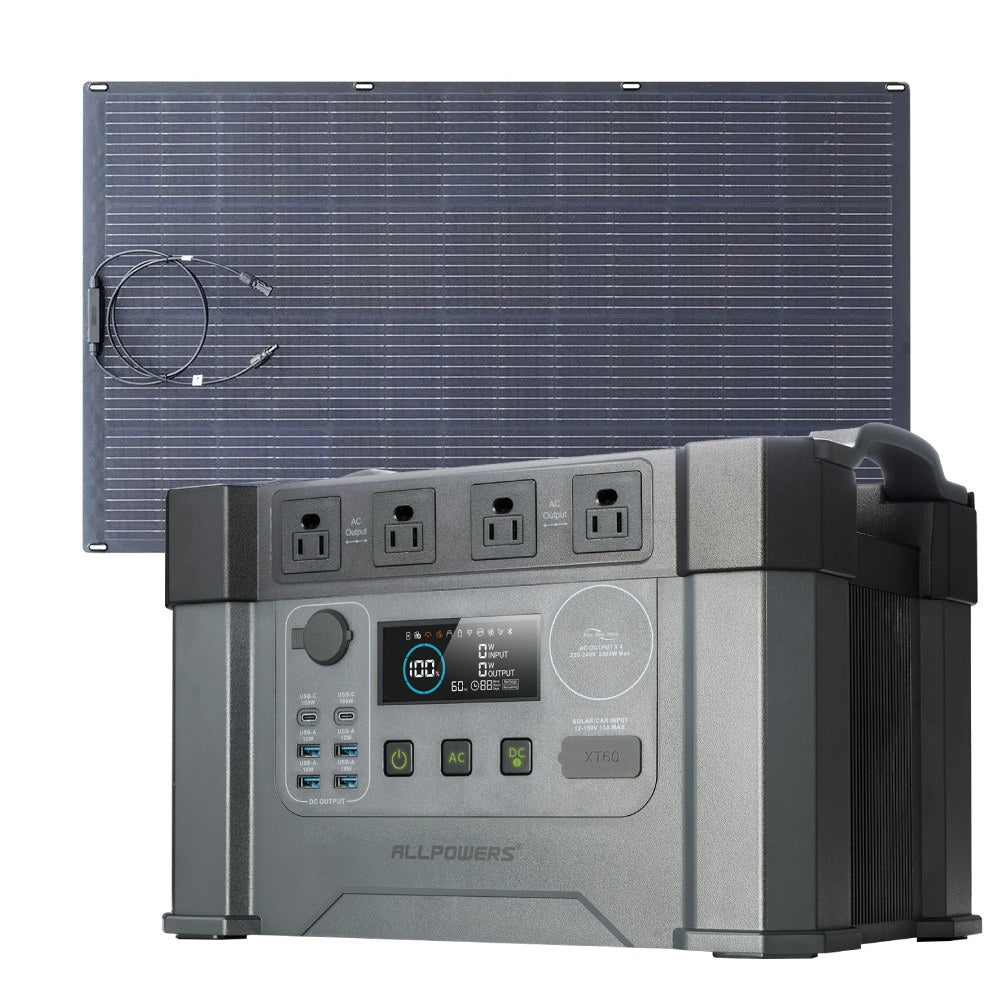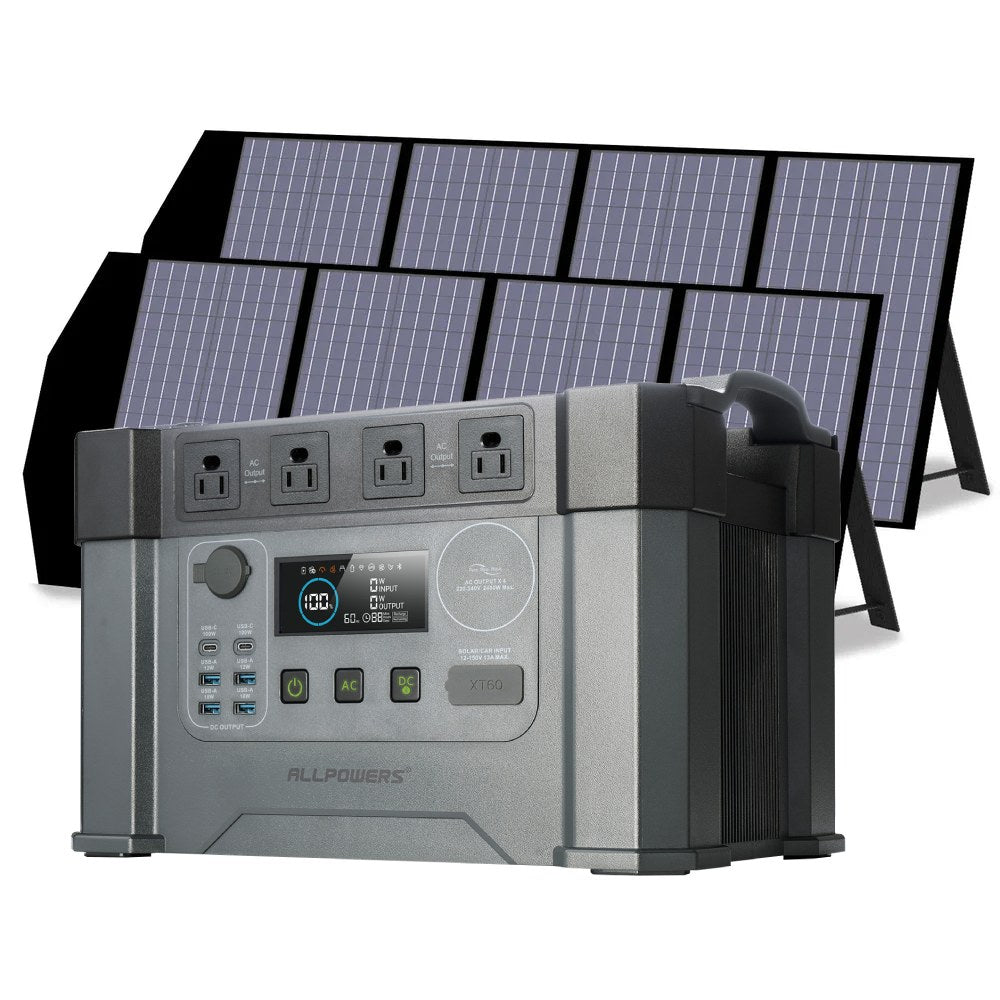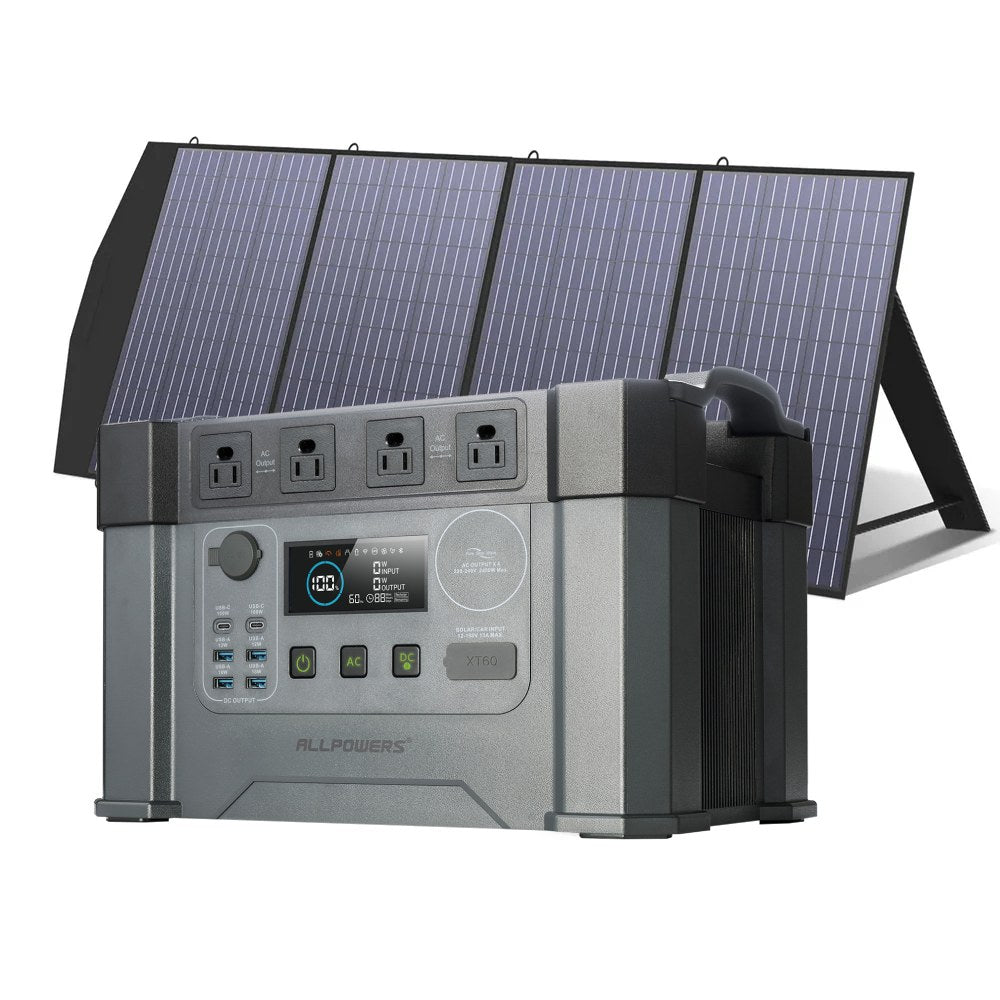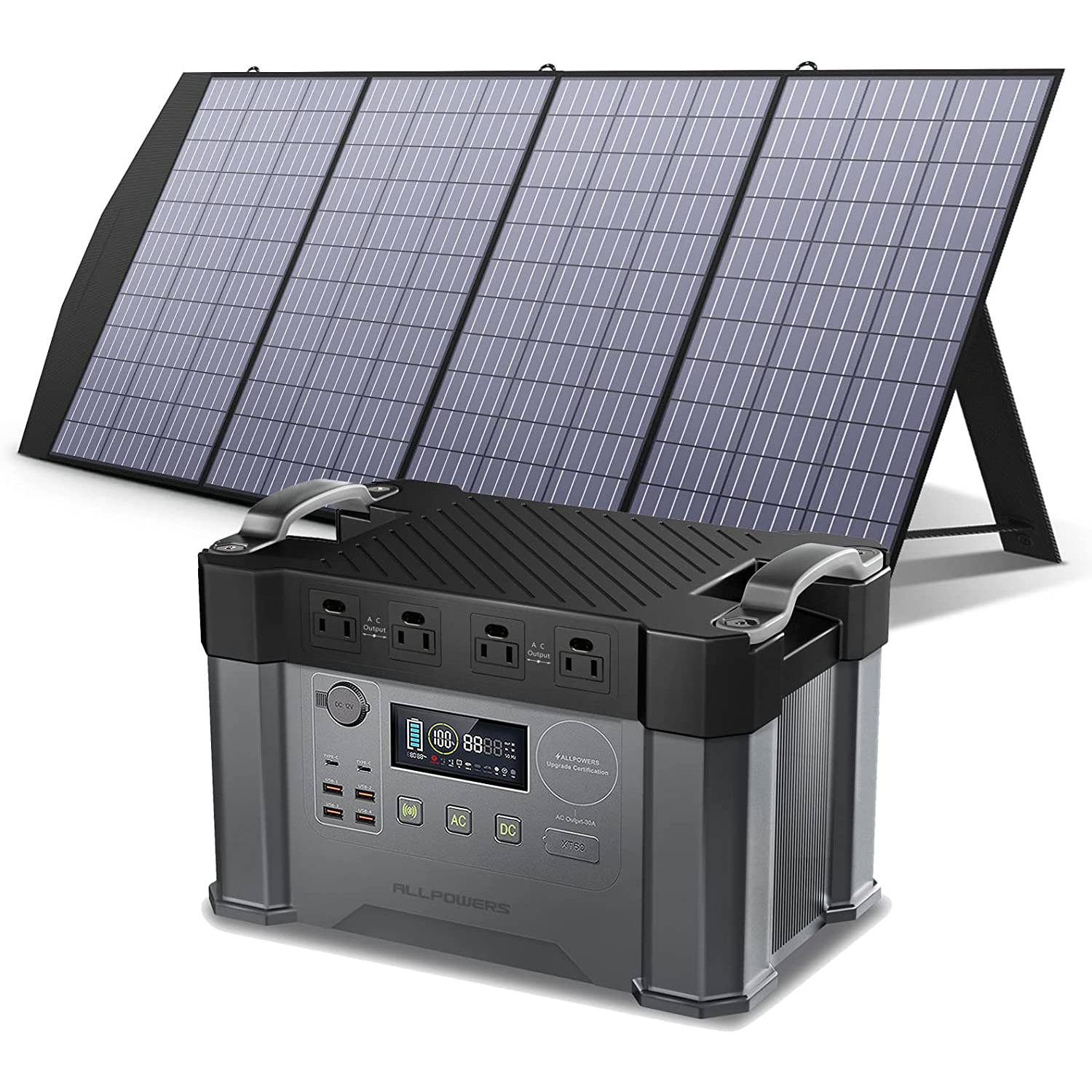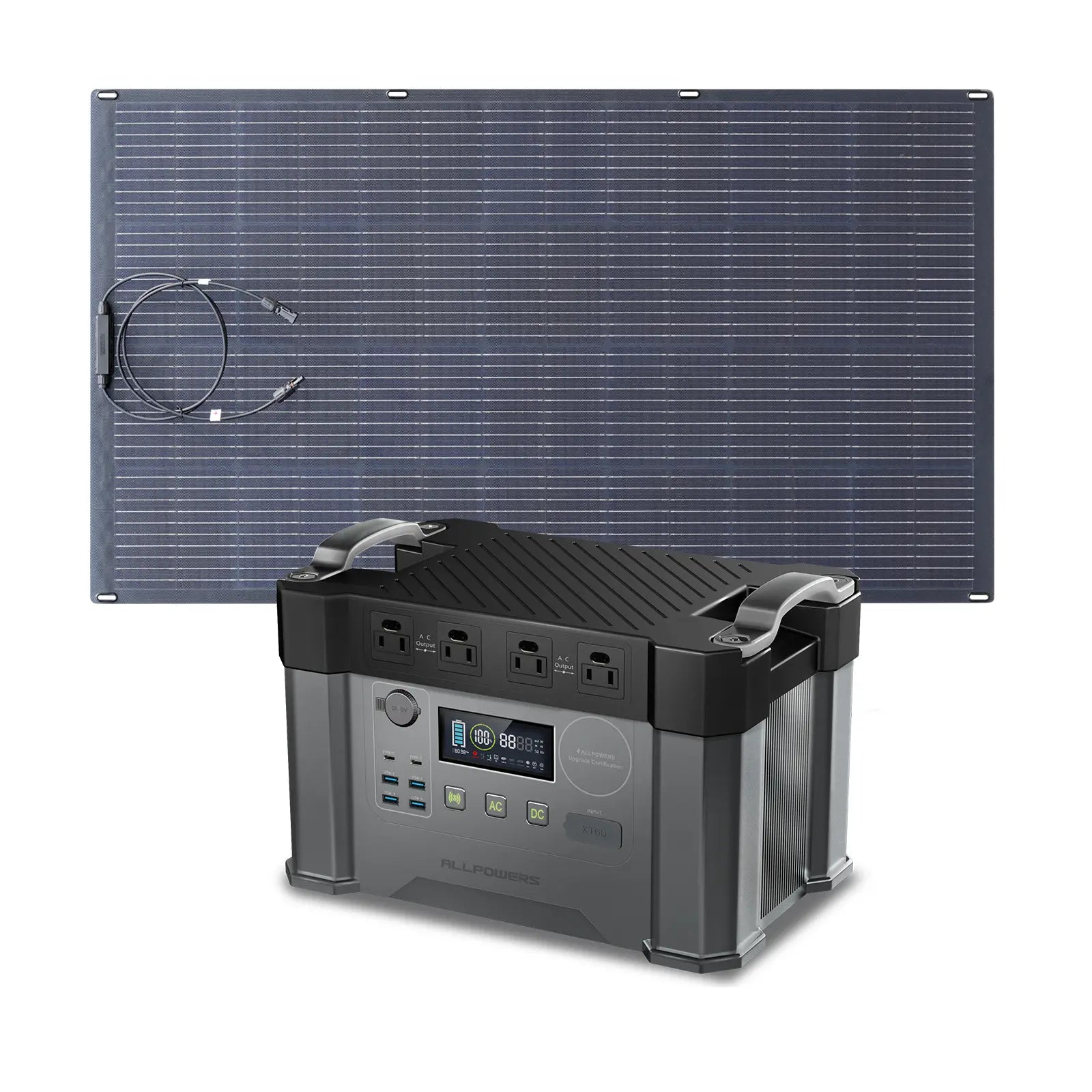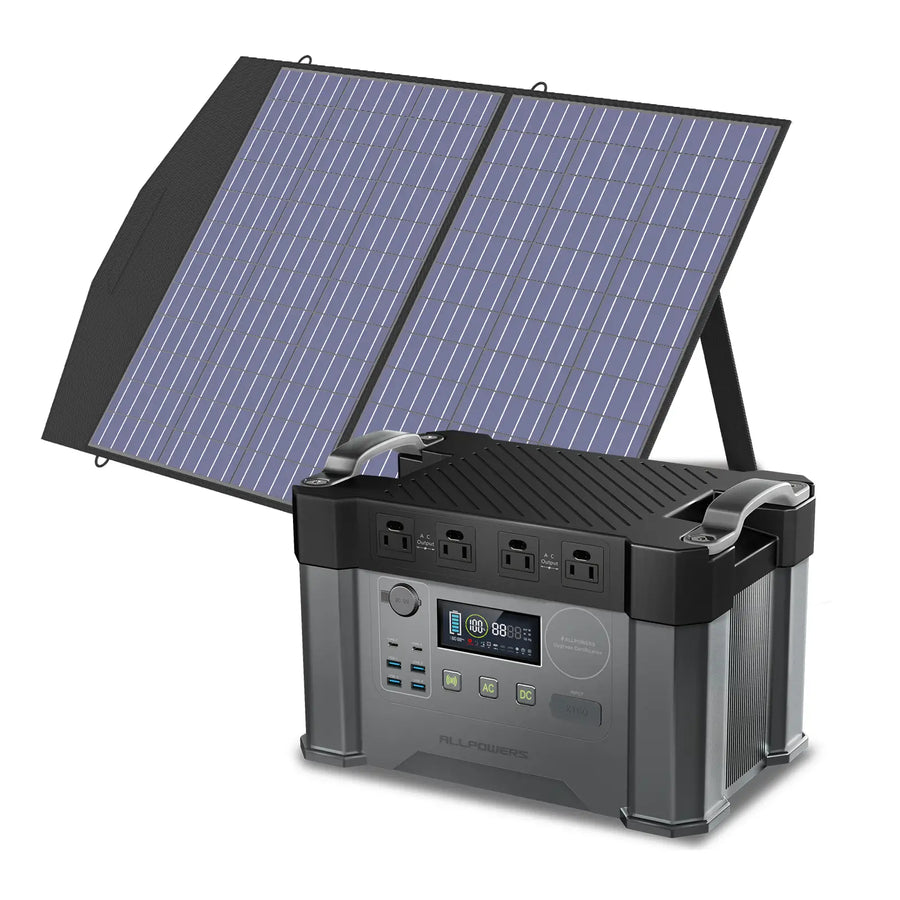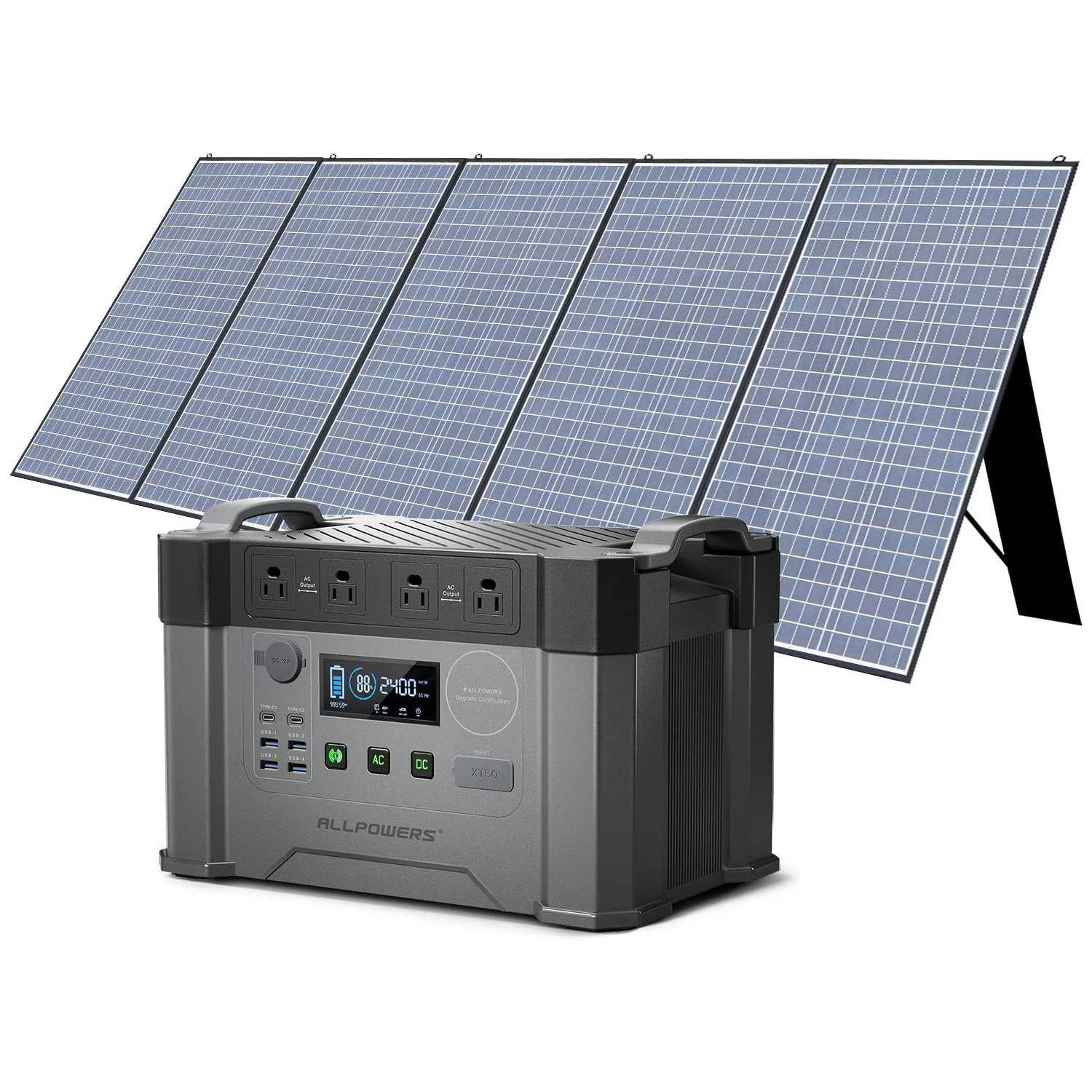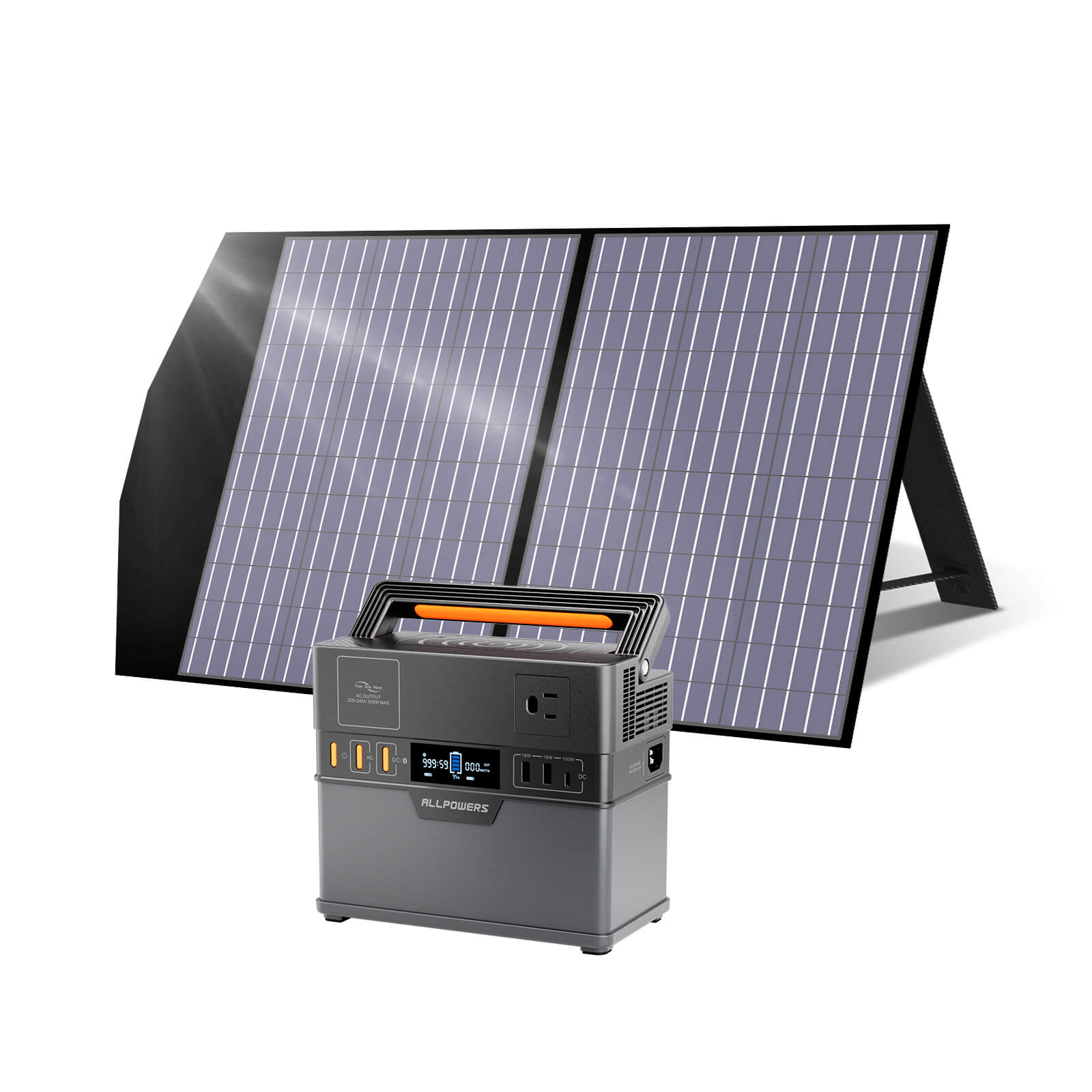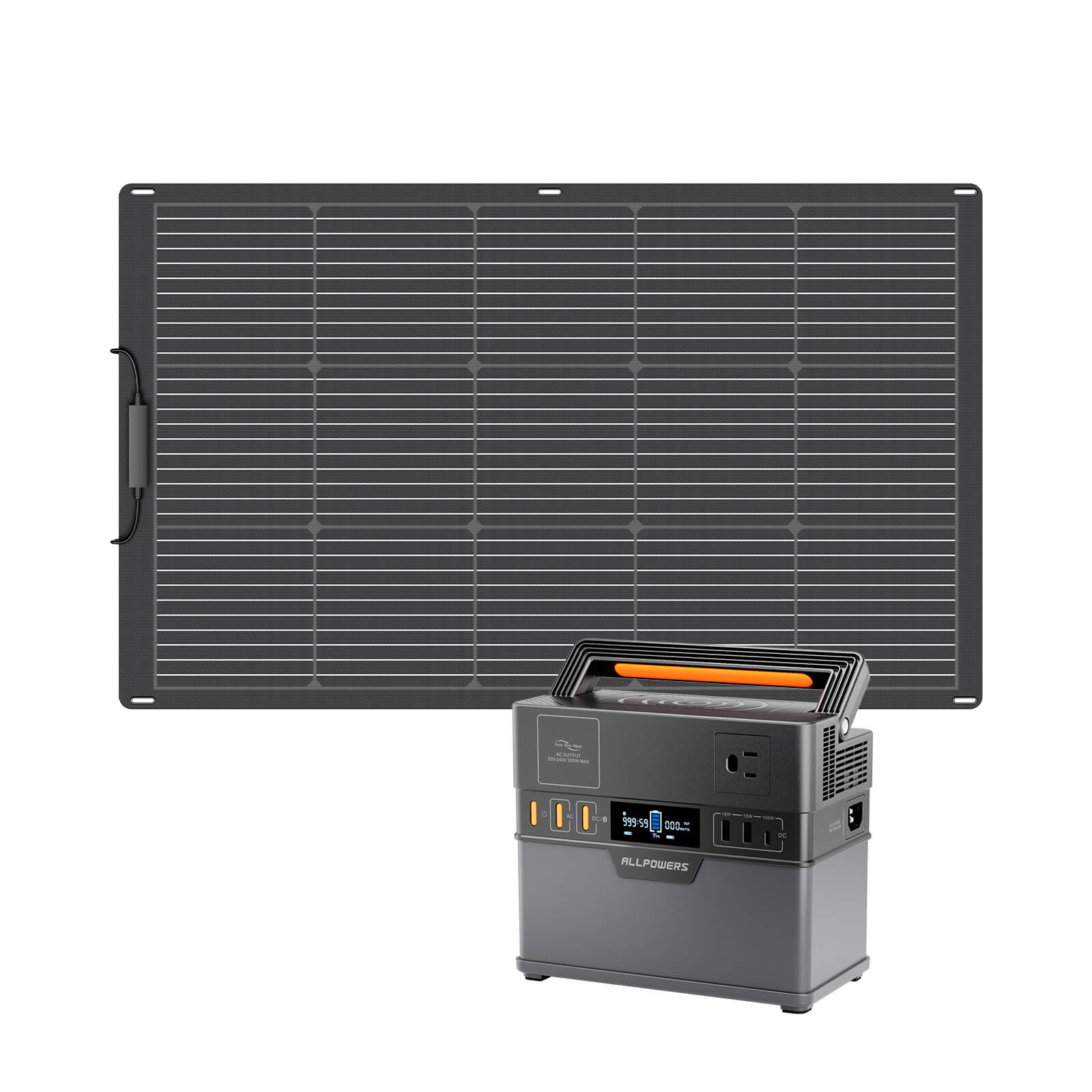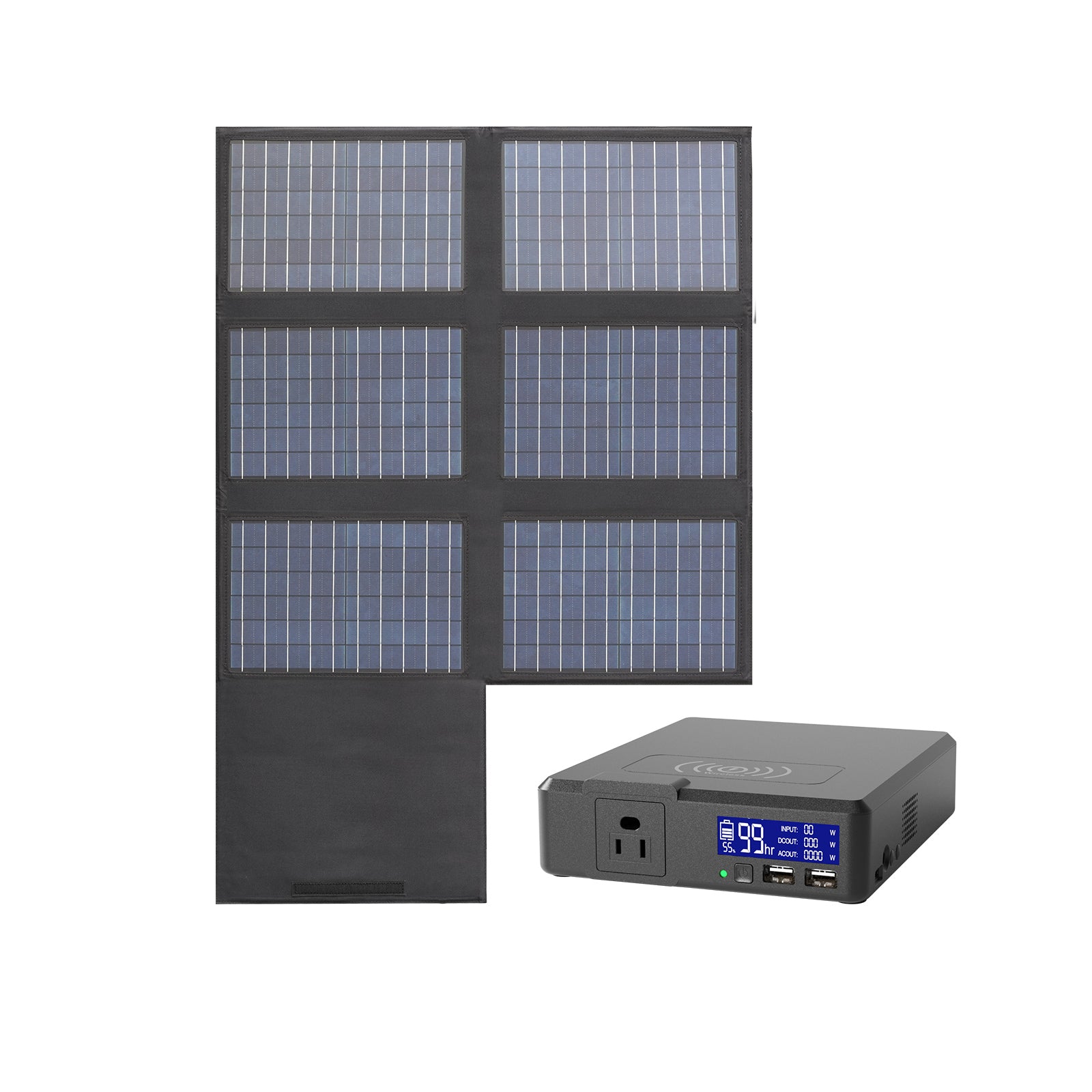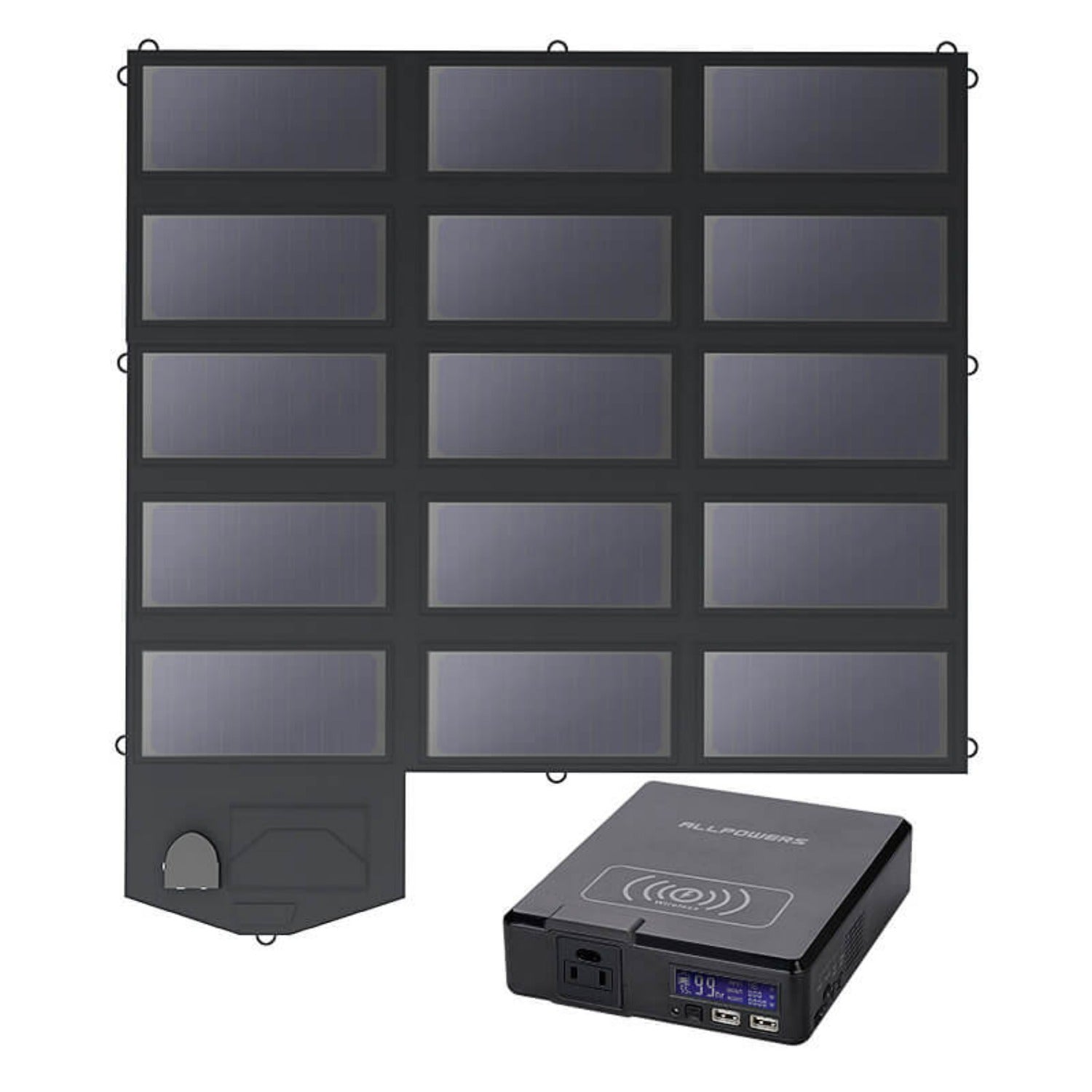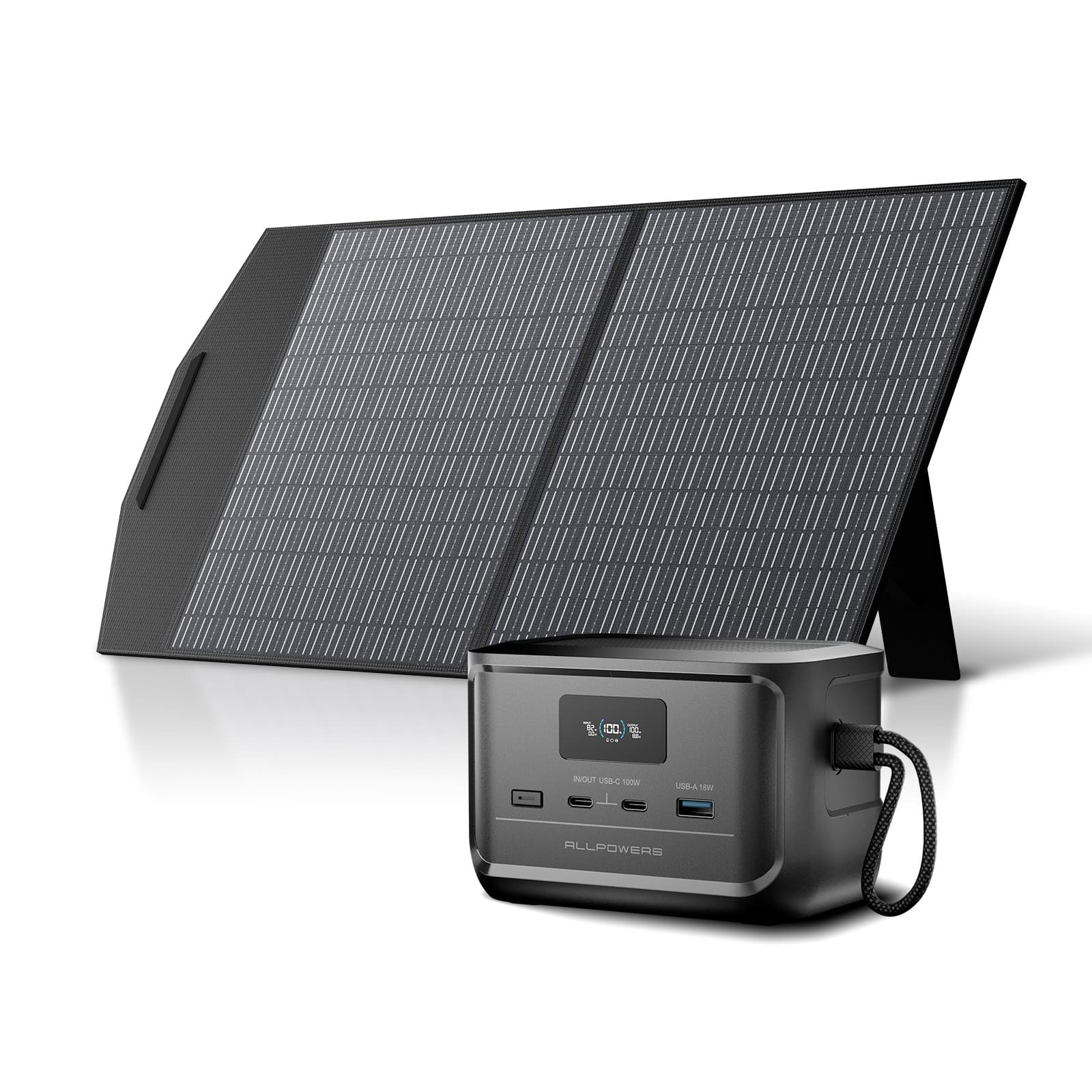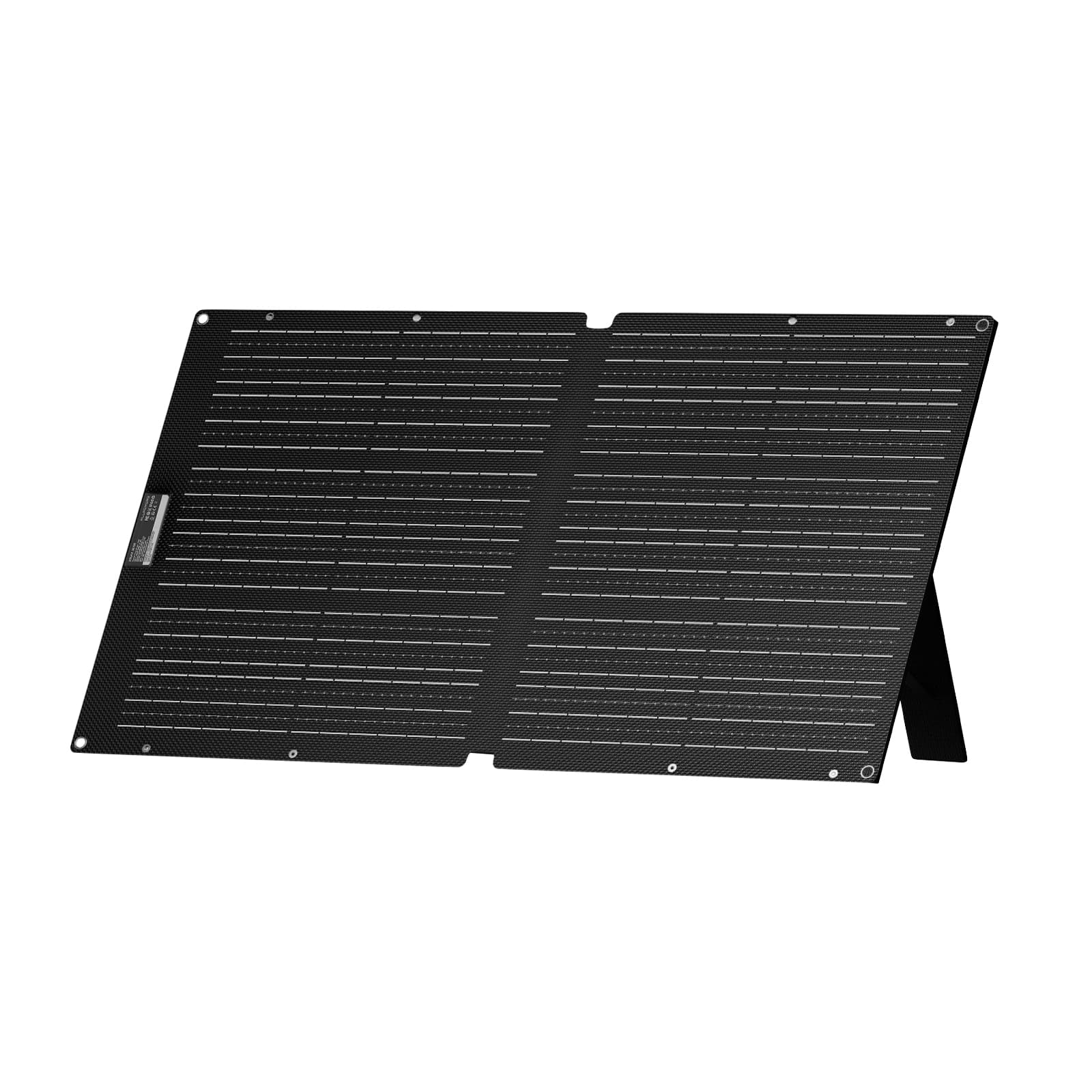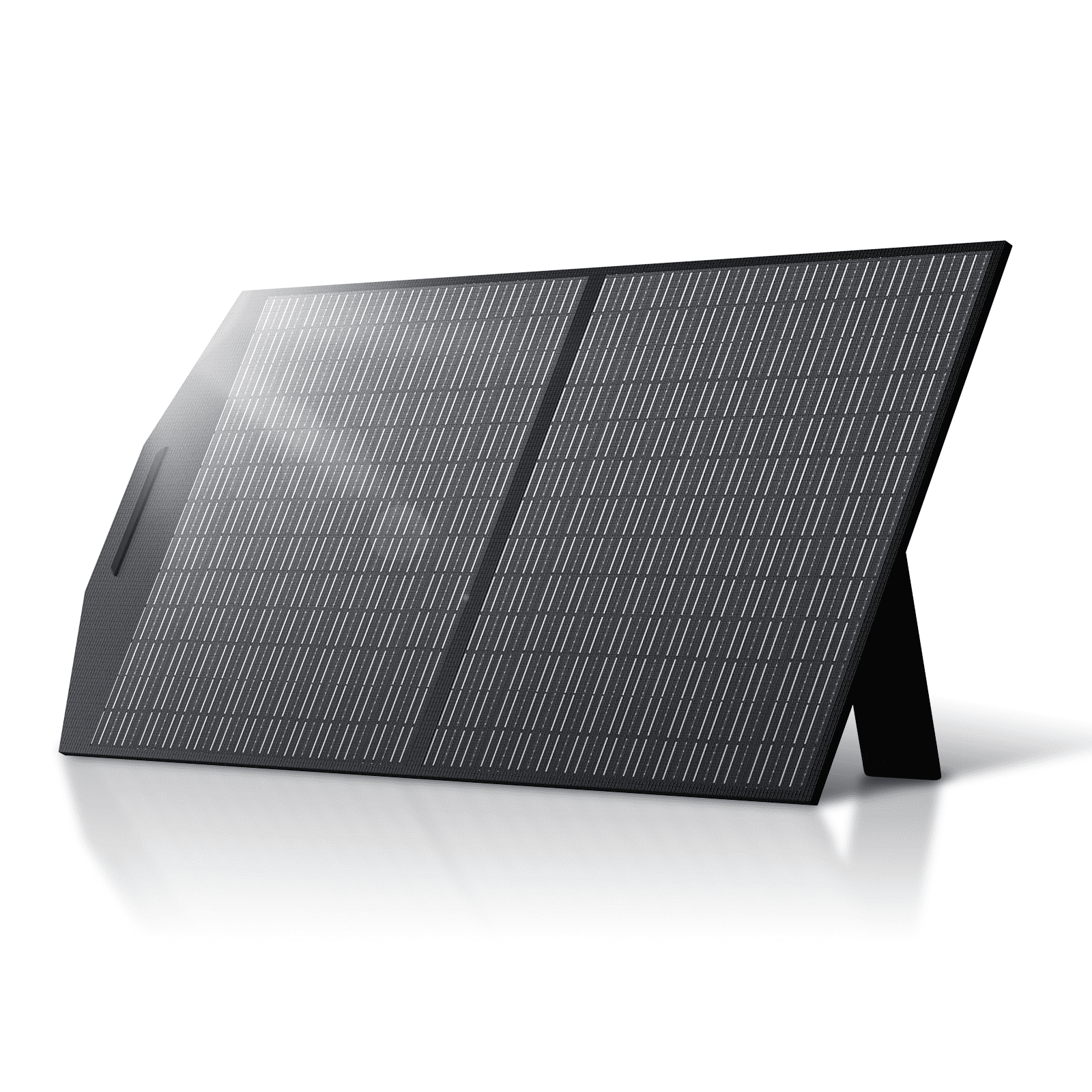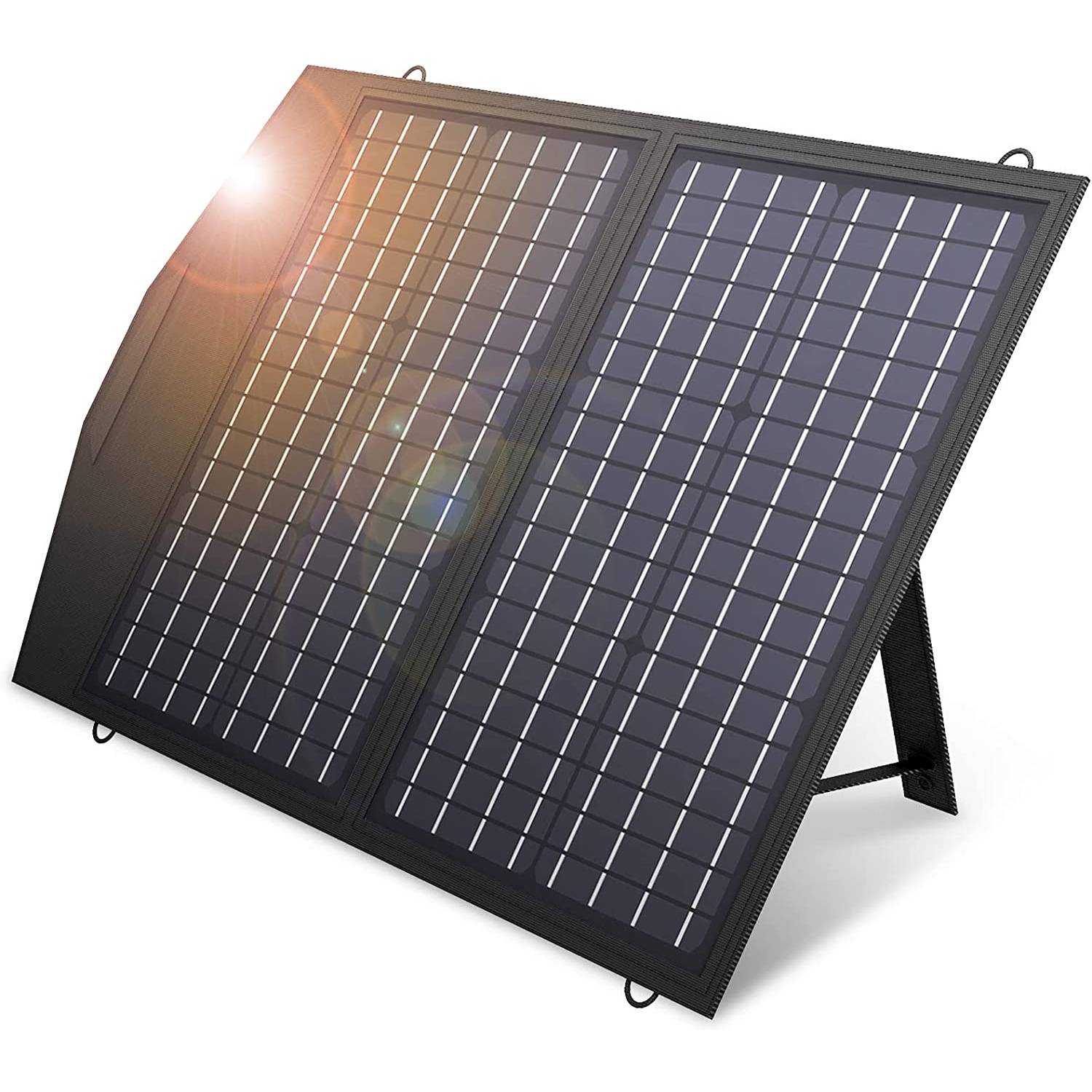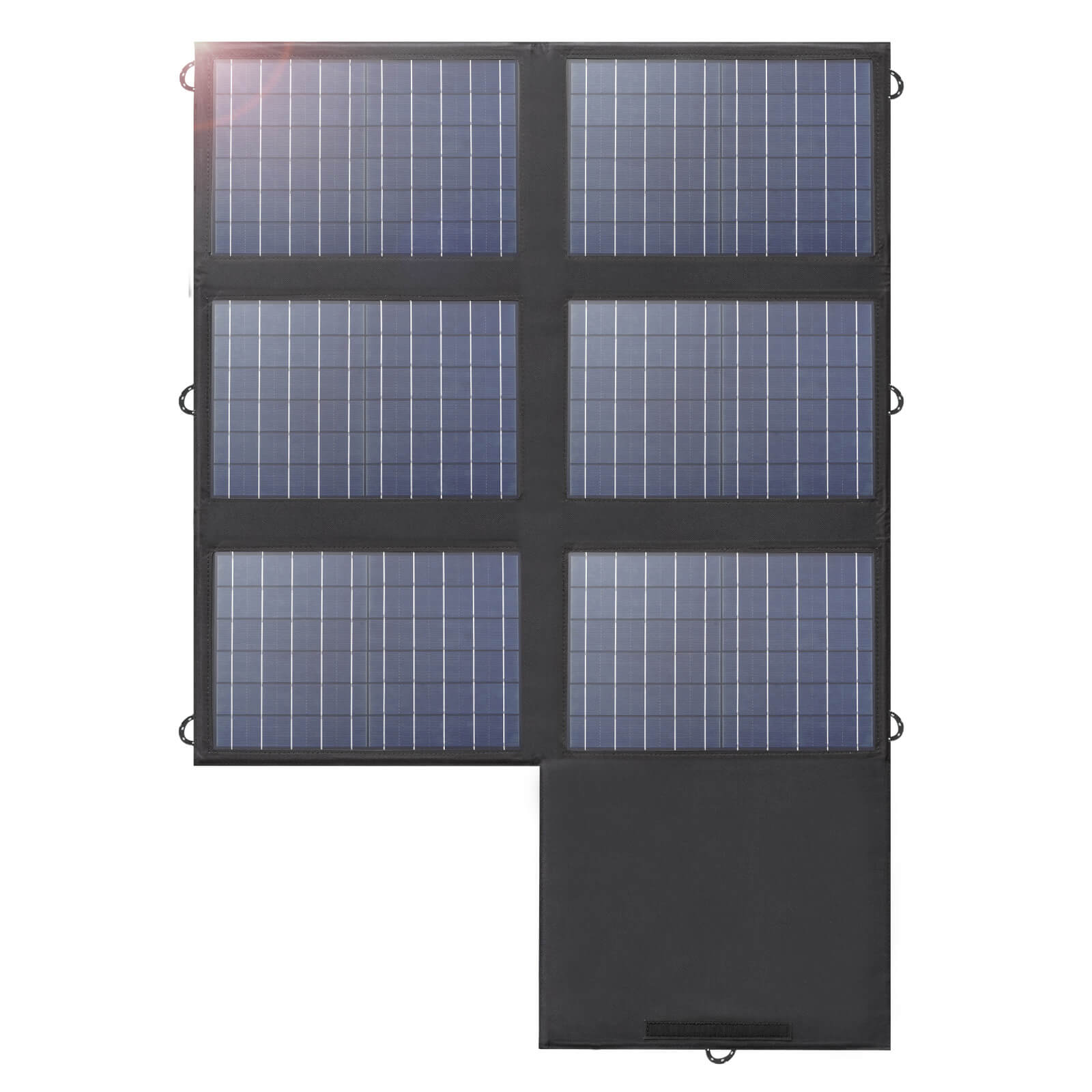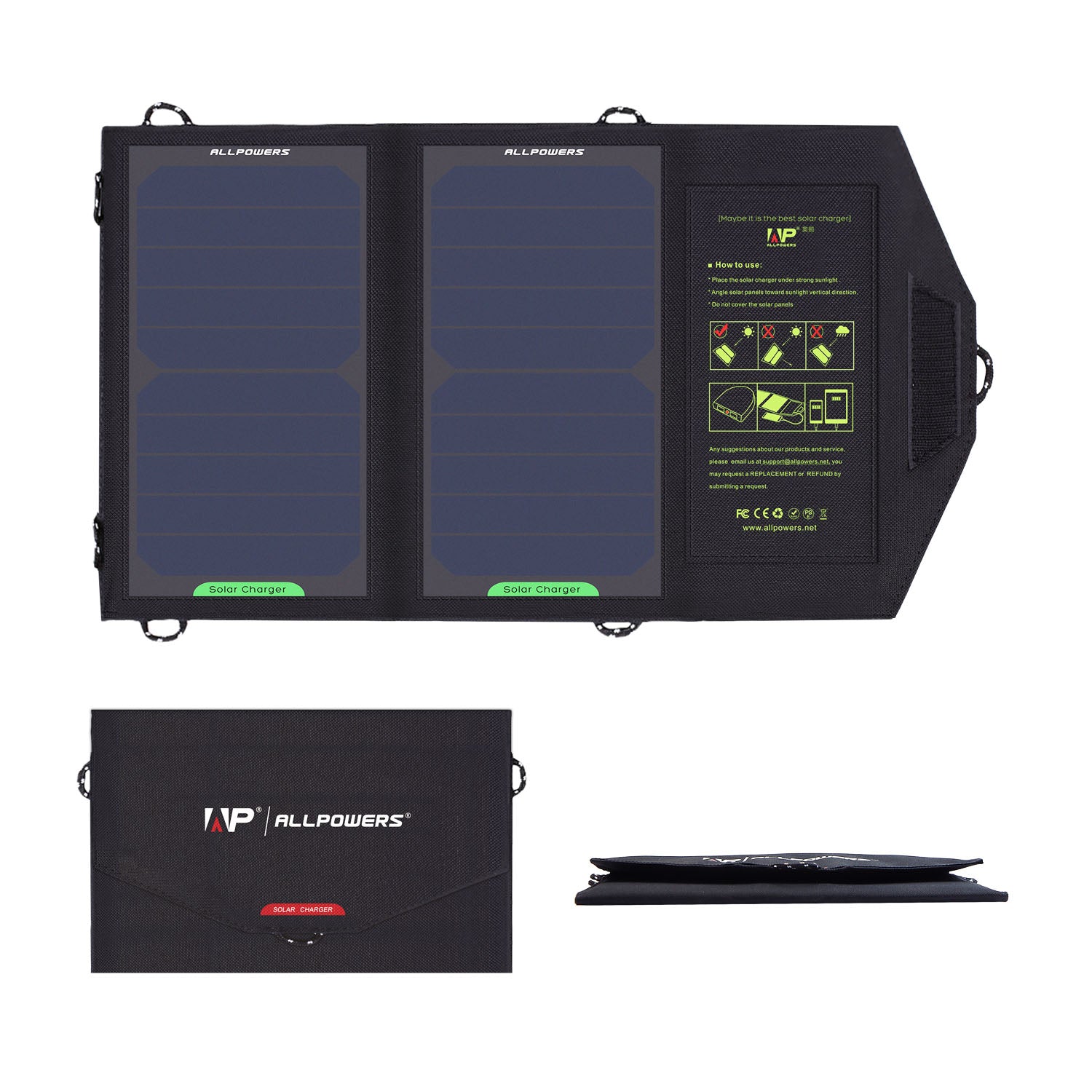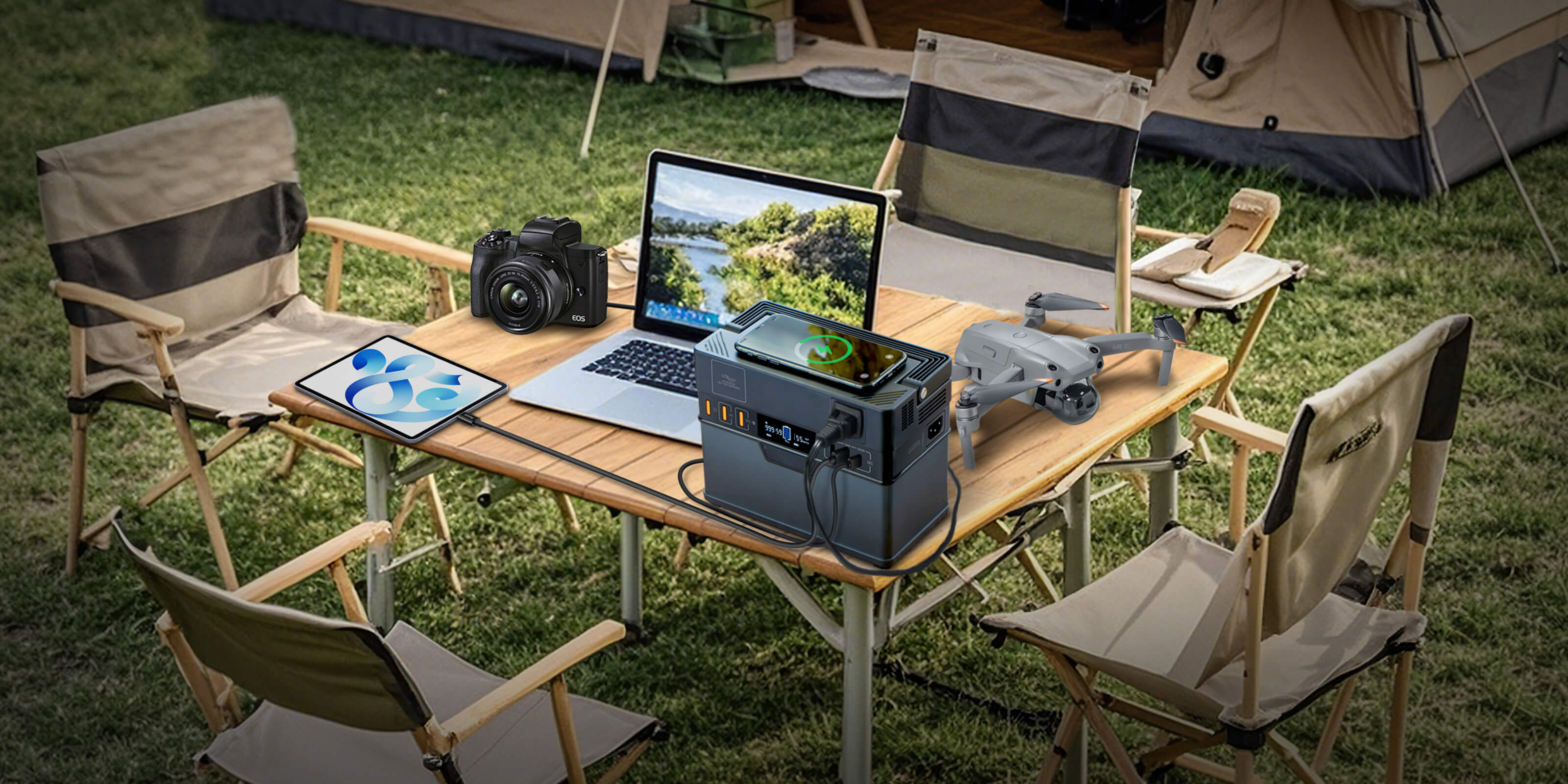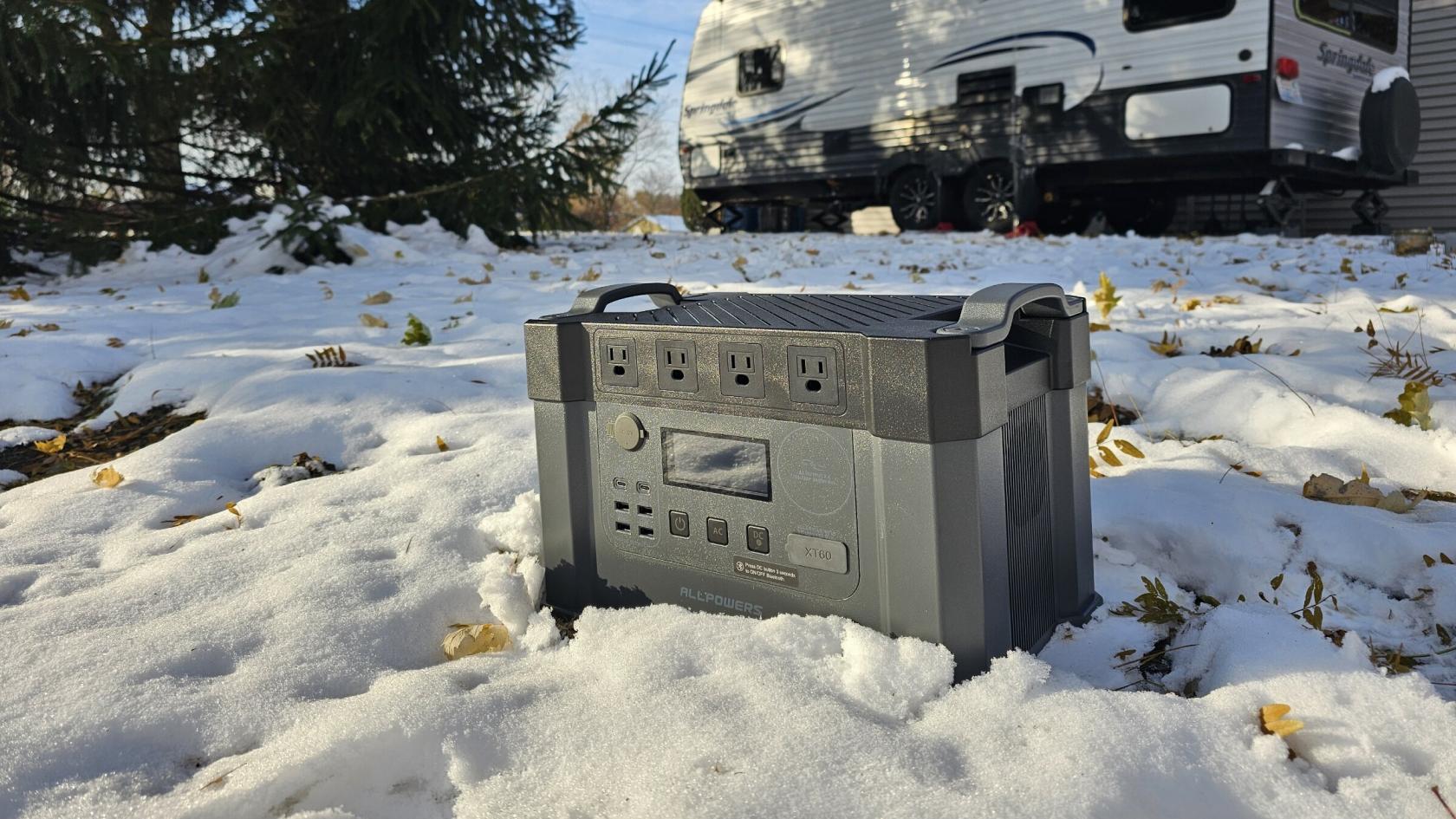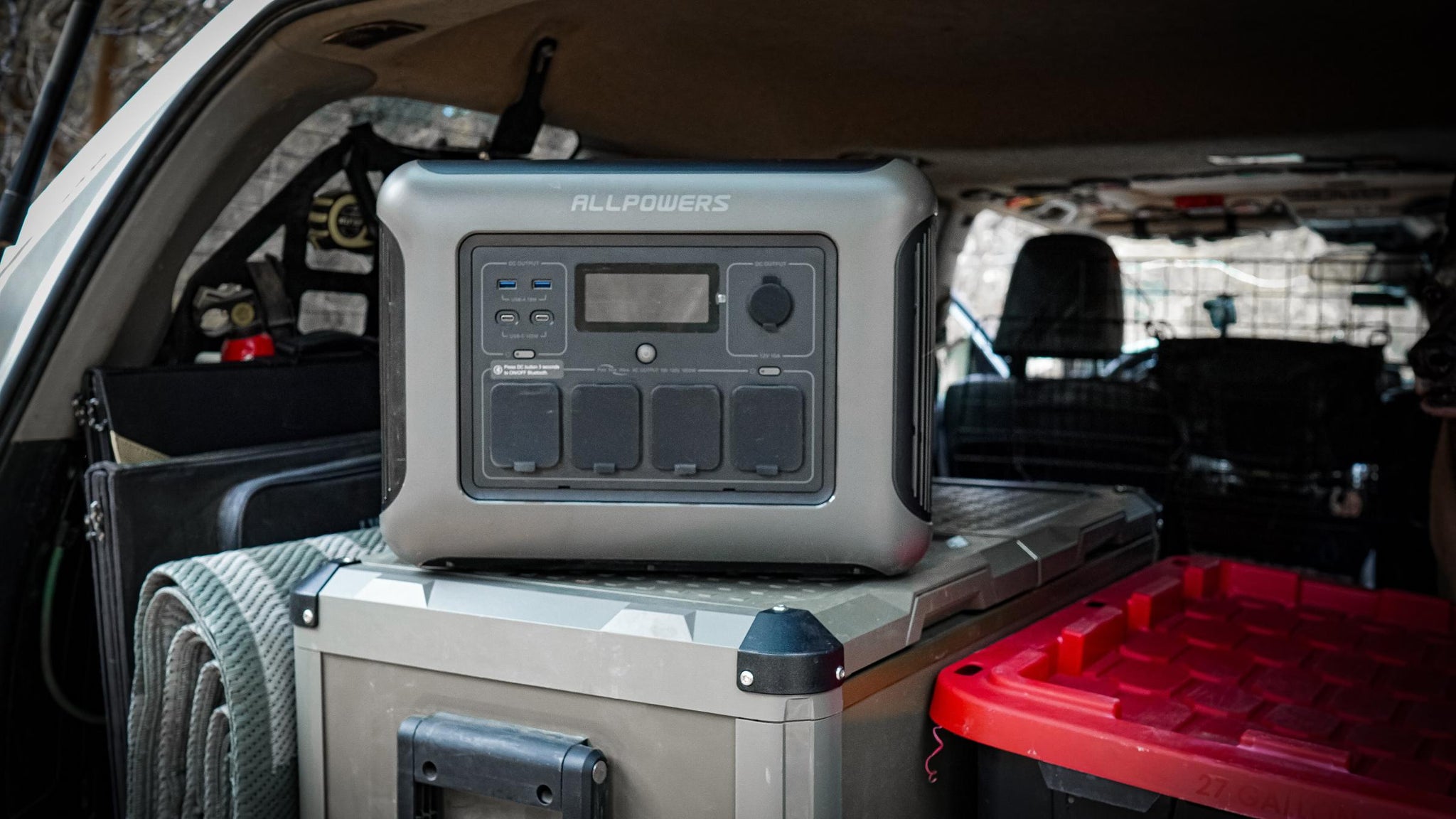Nowadays, portable power stations have totally changed the game for how we experience the great outdoors.
They can charge your phone, run your coffee maker, or even power a mini-fridge.
But when the temperature drops and you desperately need a few hours of heat, can these devices handle a camping heater?
TL;DR:
Yes, it can. But will it run the exact heater for eight straight hours? That’s unlikely. Most electric heaters are energy-hungry, so many stations won’t run them for very long.
Why Electric Heaters Eat Up So Much Power
Heat takes a surprising amount of energy to produce.
Whether you’re powering a ceramic heater, an oil-filled radiator, or a compact fan heater, they usually fall somewhere between 500 watts and 1500 watts.
Some push even higher.
For example, that tiny ceramic space heater you picked up at a hardware store?
It might look modest, but it probably runs at 1500W on high. Even the “eco mode” or low-heat settings usually sit around 750W.
Why Use A Portable Power Station To Power A Space Heater?
You might be wondering, why not just rely on traditional power or a gas generator? Several reasons make portable power stations an attractive choice for running a space heater:
First, mobility. You can place the heater wherever you need it most without worrying about being near a wall outlet.
Whether it’s the corner of a tent, a van, or a tiny cabin, you get warmth exactly where you want it.
Second, quiet operation. Gas or propane heaters can be loud and intrusive, especially if you’re trying to enjoy a peaceful night under the stars.
A battery-powered station is silent, allowing you to read, relax, or nap without the hum of a generator in the background.
Third, safety. Portable power stations eliminate fumes, open flames, and fuel storage risks.
You don’t have to worry about carbon monoxide buildup or accidental spills. In enclosed spaces like vans or small cabins, that peace of mind is invaluable.
Lastly, versatility. If the heater isn’t running, the station can charge electronics, power lights, or even support small medical devices.
You’re not just investing in a temporary heat source—you’re building a multi-functional energy hub that adapts to your needs.
How Long Will a Power Station Run a Heater?
Here’s the million-dollar question—runtime.
The runtime depends on three main factors: the heater’s wattage, the battery capacity of the power station, and the inverter efficiency.
Let’s do a quick example.
Say you have a 1000Wh station and a 500-watt heater. In theory, dividing 1000Wh by 500W gives you 2 hours of heat.
Simple math, right? But in reality, efficiency losses and environmental factors can reduce that to about 1.7 hours.
Now, bump the heater up to 1000 watts, and your station is down to just under an hour. You see how fast it can drain.
You can extend runtime with strategies like running the heater intermittently—say 20 minutes on, 20 minutes off—or lowering the heat setting.
Some folks hope solar panels will make running a heater longer.
Technically, solar helps, but during winter, sunlight hours are short, and efficiency drops.
What they can do is help you recharge enough to run low-watt heaters and blankets longer.
| Power Station Capacity (Wh) | Heater Setting (W) | Theoretical Runtime (Hrs) | Estimated Real Runtime (Hrs) | Real Runtime (Minutes) |
| 500 Wh | 1500 W (High) | 0.33 hours | 0.33 \ 0.85 = 0.28 hours | 17 minutes |
| 1000 Wh | 1500 W (High) | 0.67 hours | 0.67 \ 0.85 = 0.57 hours | 34 minutes |
| 1000 Wh | 500 W (Low) | 2.0 hours | 2.0 \ 0.85 = 1.7 hours | 102 minutes |
| 2000 Wh | 750 W (Medium) | 2.67 hours | 2.67 \ 0.85 = 2.27 hours | 136 minutes |
| 3000 Wh | 250 W (Very Low) | 12.0 hours | 12.0 \ 0.85 = 10.2 hours | 612 minutes |
Selecting the Right Portable Power Station for Space Heaters
Now, if you’re serious about running a heater, choosing the right power station isn’t just a “pick one off the shelf” situation.
First, look at wattage ratings.
You want a station that can handle the heater’s continuous draw and any surge during startup.
A station rated slightly above your heater’s wattage gives a safety margin, so you don’t risk abrupt shutdowns.
Next is battery capacity.
Bigger is better here. A 1000Wh station is a solid baseline for small heaters, while a 2000Wh or higher unit is better for larger or multiple devices.
You don’t need to max out the capacity unnecessarily, but having extra reserve means you can run the heater longer without constantly watching battery levels.
Inverter type matters too.
Pure sine wave inverters provide stable AC power that ensures digital or fan-assisted heaters operate smoothly, avoiding buzzing noises or erratic cycling.
Modified sine wave inverters are more limited, and some heaters may not run properly on them.
Learn More: Pure Sine Wave Inverter Vs Modified Sine Wave Inverter
Portability is another factor.
If you’re planning to use the station on camping trips or in a van, size and weight become important.
A balance between battery capacity, output power, and portability is key.
Finally, consider expandability.
Some stations allow linking extra batteries or adding solar input, which can extend runtime if you plan on longer trips or multi-day cold-weather stays.
It’s a level of flexibility that makes your investment worthwhile, rather than limiting you to a single heater session.
Matching Heater Types to Portable Stations
Not all heaters are created equal, and the type you pick can make a huge difference.
For instance, ceramic heaters are often favored for portable setups because they’re more efficient and tend to have lower wattage requirements.
Oil-filled radiators, on the other hand, are slower to heat but can retain warmth longer once the battery gives out.
You might also consider 12V or propane-style portable heaters. Those can sometimes pair with specific inverter outputs on a power station, cutting down on power draw and extending runtime.
In contrast, standard 120V plug-in heaters can drain a medium-sized station in no time. It’s like choosing between sprinting and jogging—your energy source determines how far you can go.
Sometimes Alternative Heating Makes More Sense
People often assume the only answer is “a power station must run a big heater,” but that’s rarely the smartest or most comfortable choice.
Low-draw heating—like electric sleeping bags, 12V pads, or radiant mats—can keep you warm without blowing through your charge.
Insulation can stretch heat dramatically. A reflective tarp hung near your sleeping area, a draft snake by the door, or an insulated tent footprint works small miracles.
Conclusion
So, can a portable power station run a heater? Yes—but with planning.
Pair them wisely, and you’ll discover that yes, a portable power station can indeed run a heater.
Not like a traditional wall socket, maybe, but enough to make a night in the wild surprisingly comfortable.


